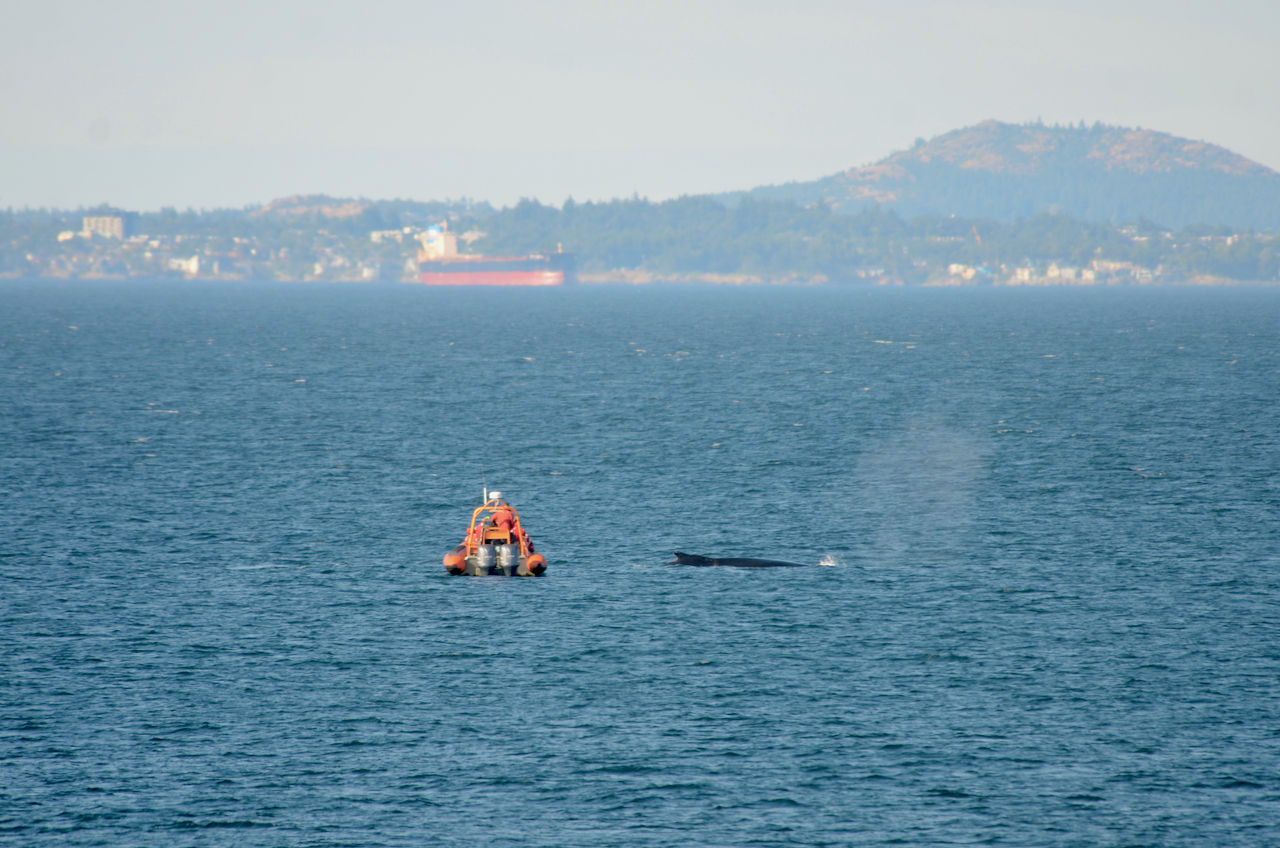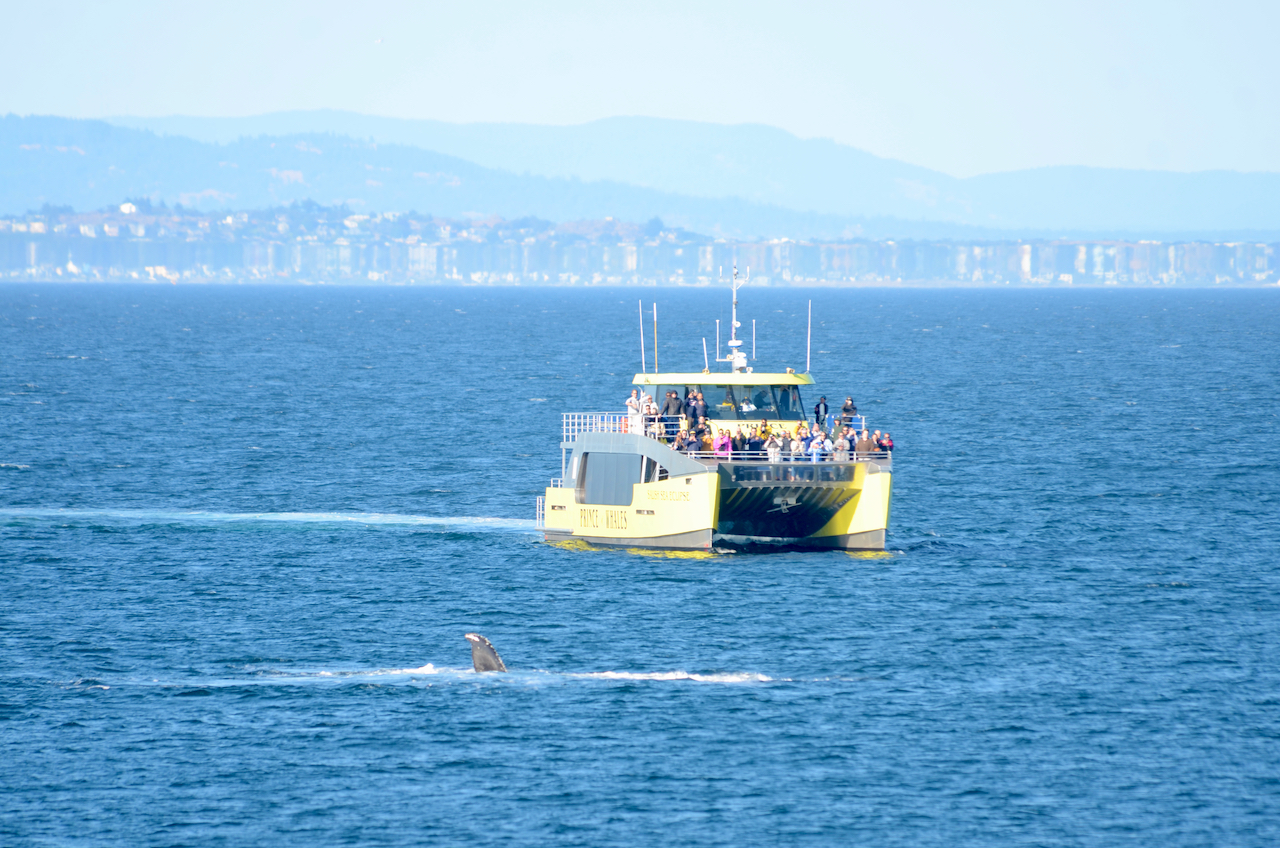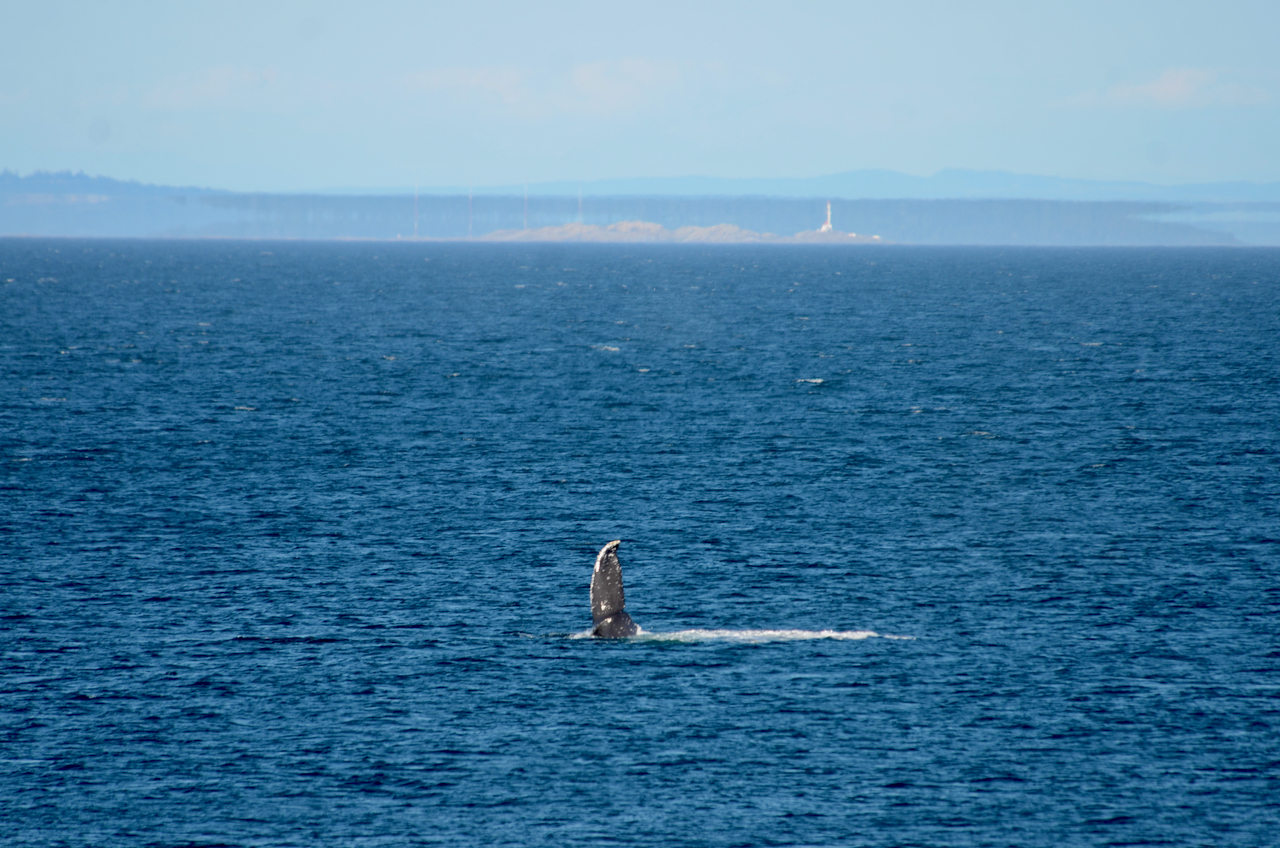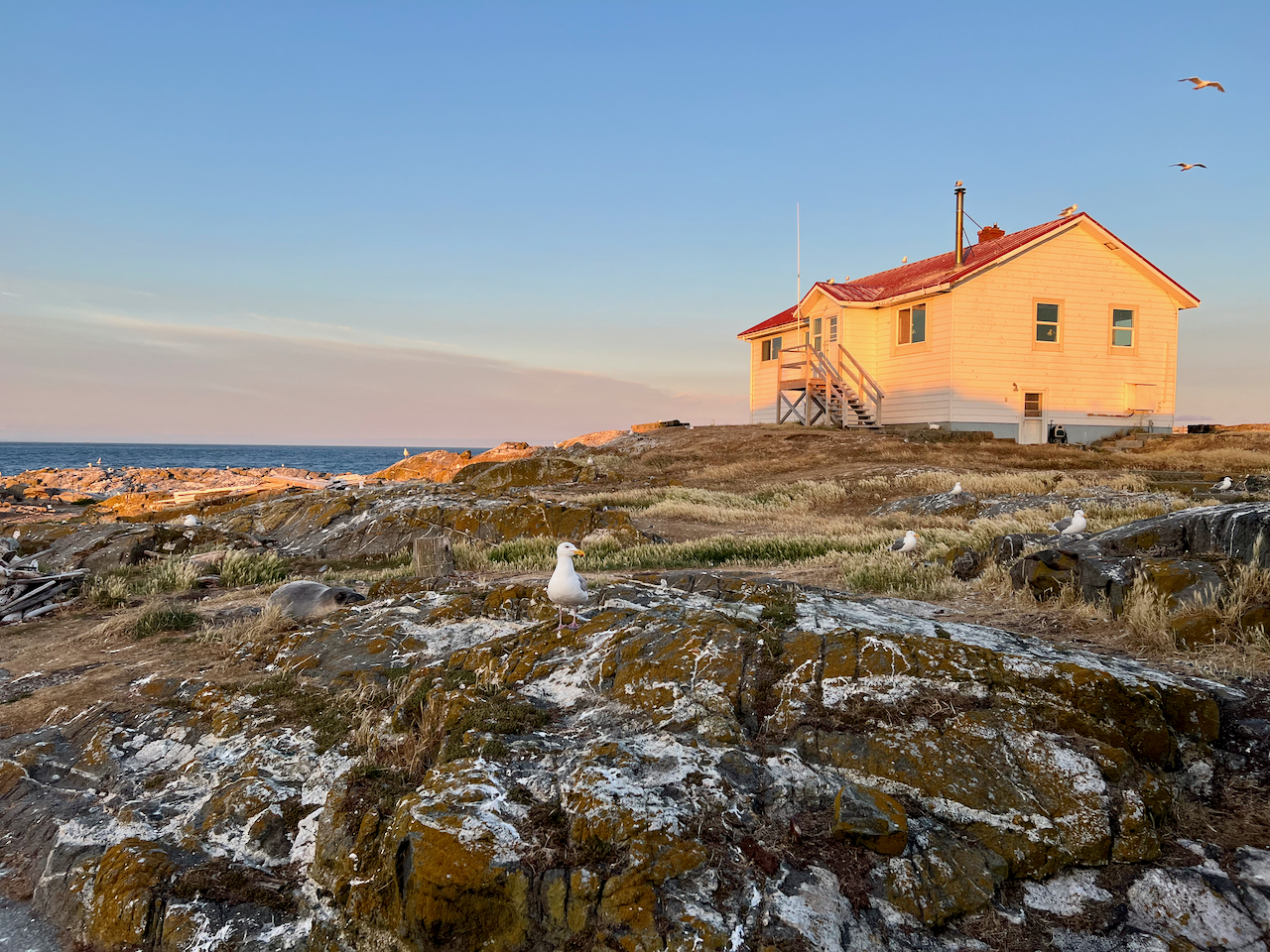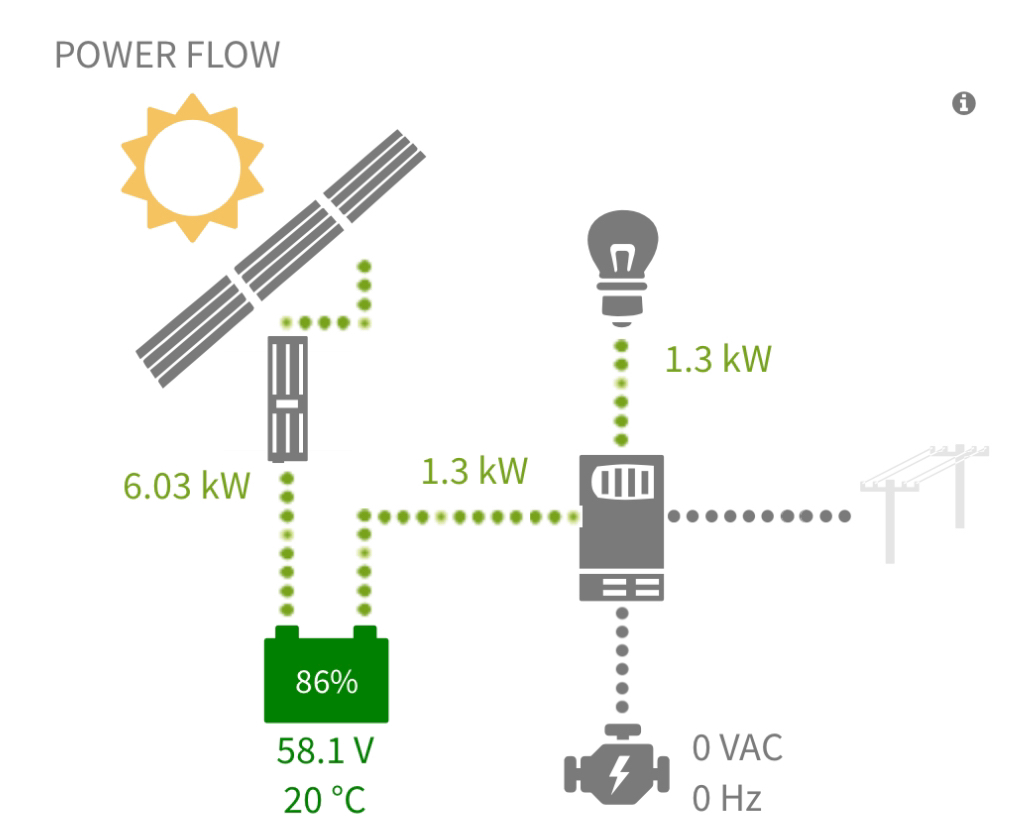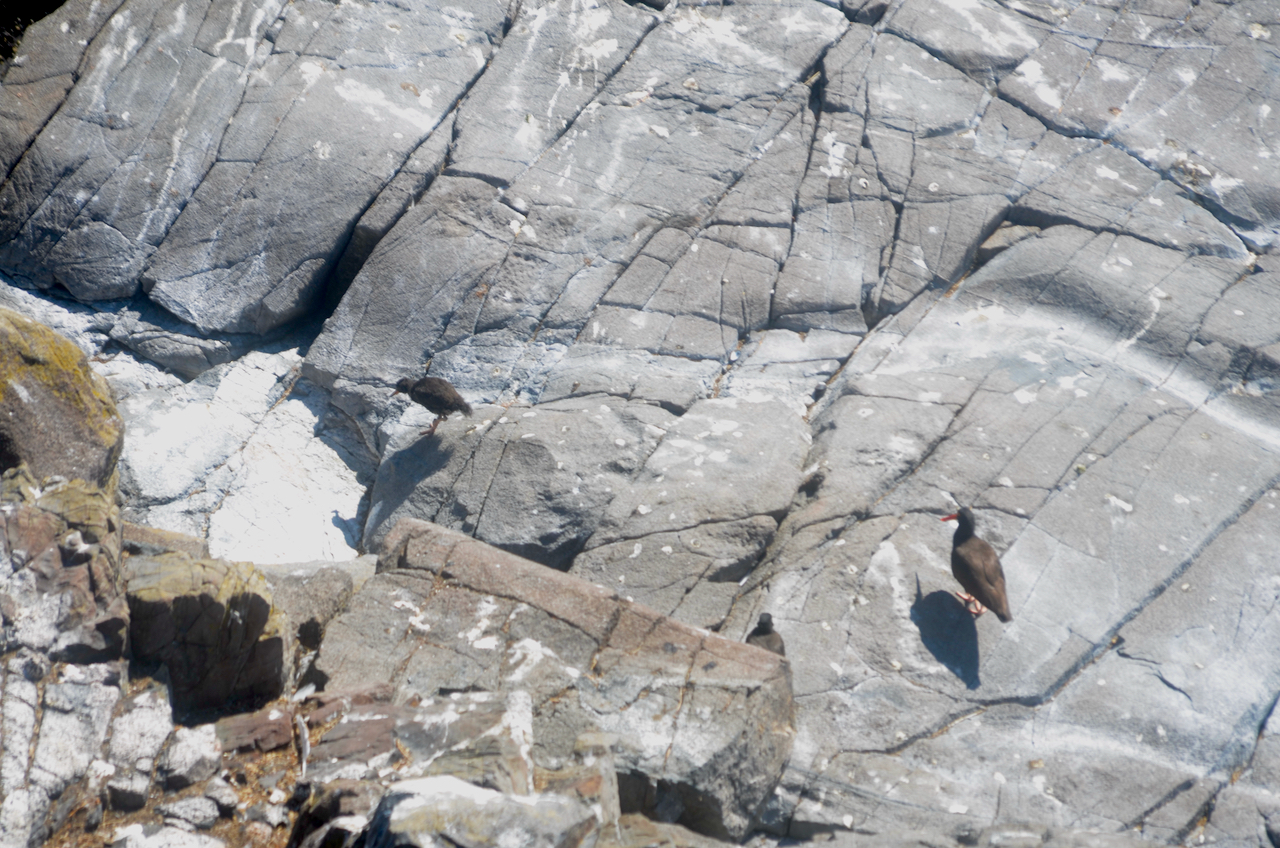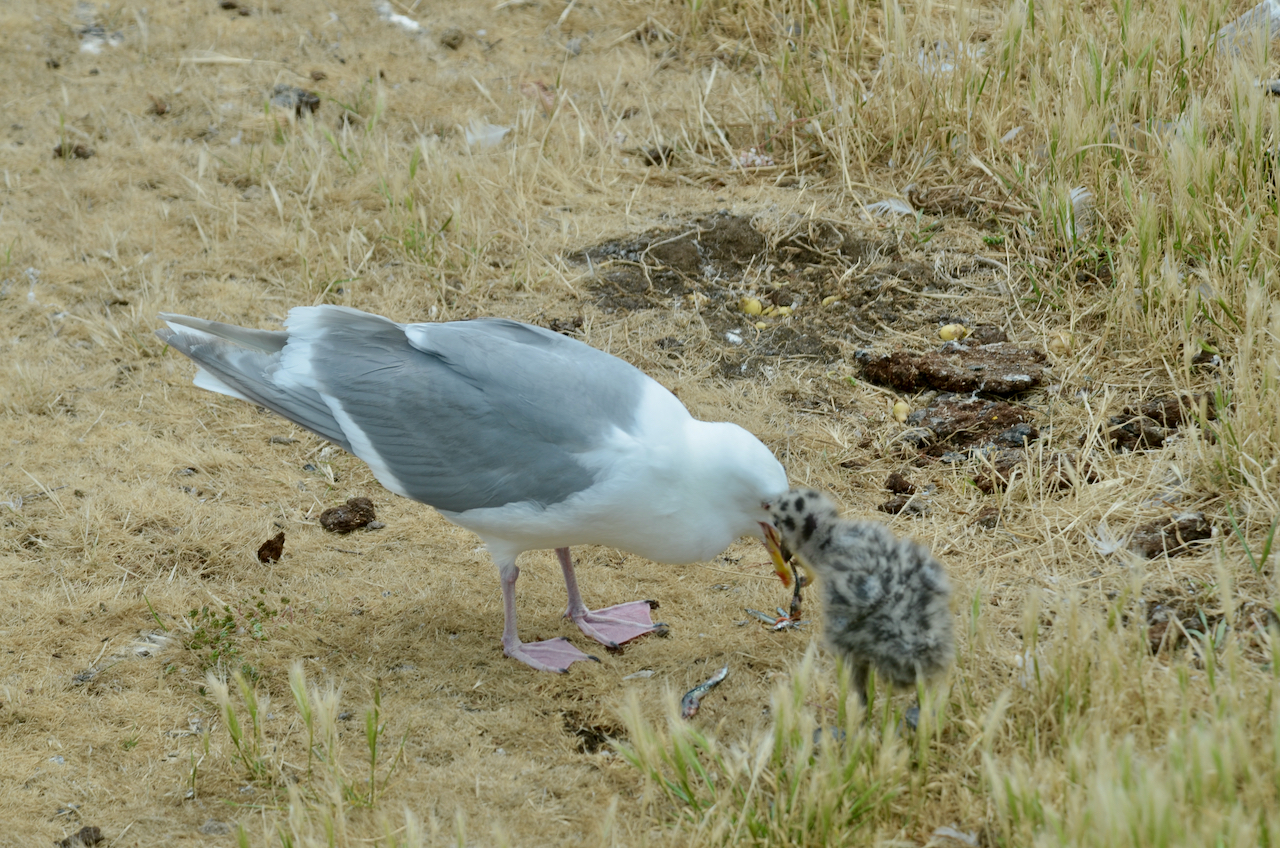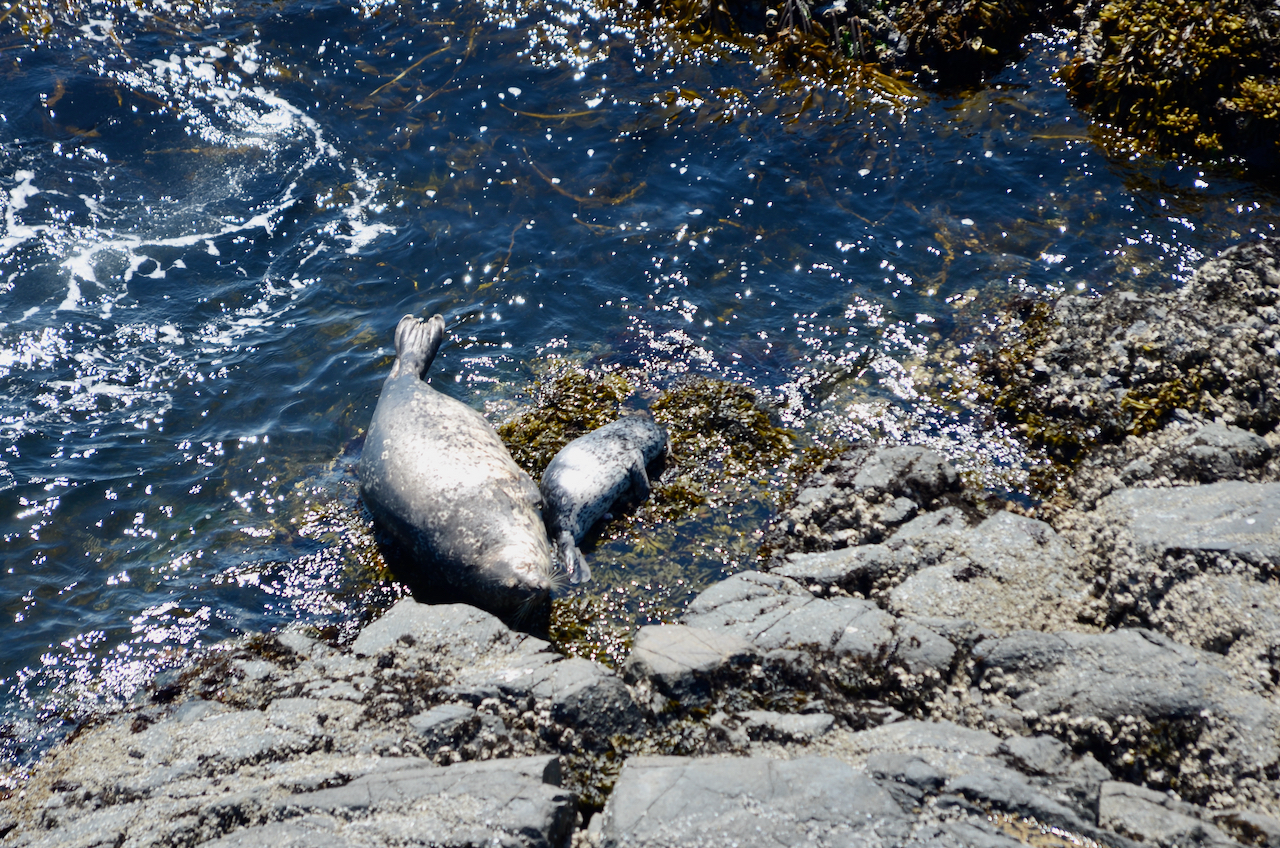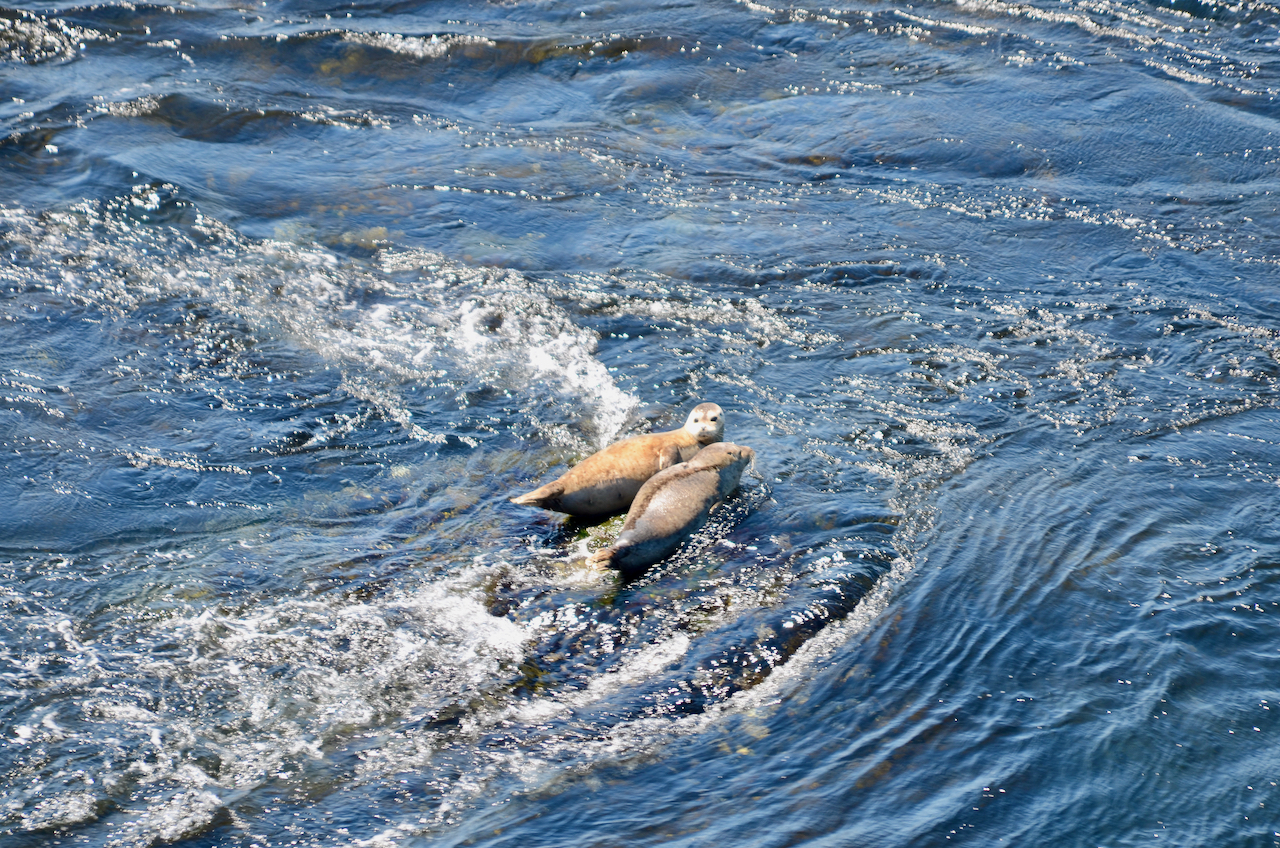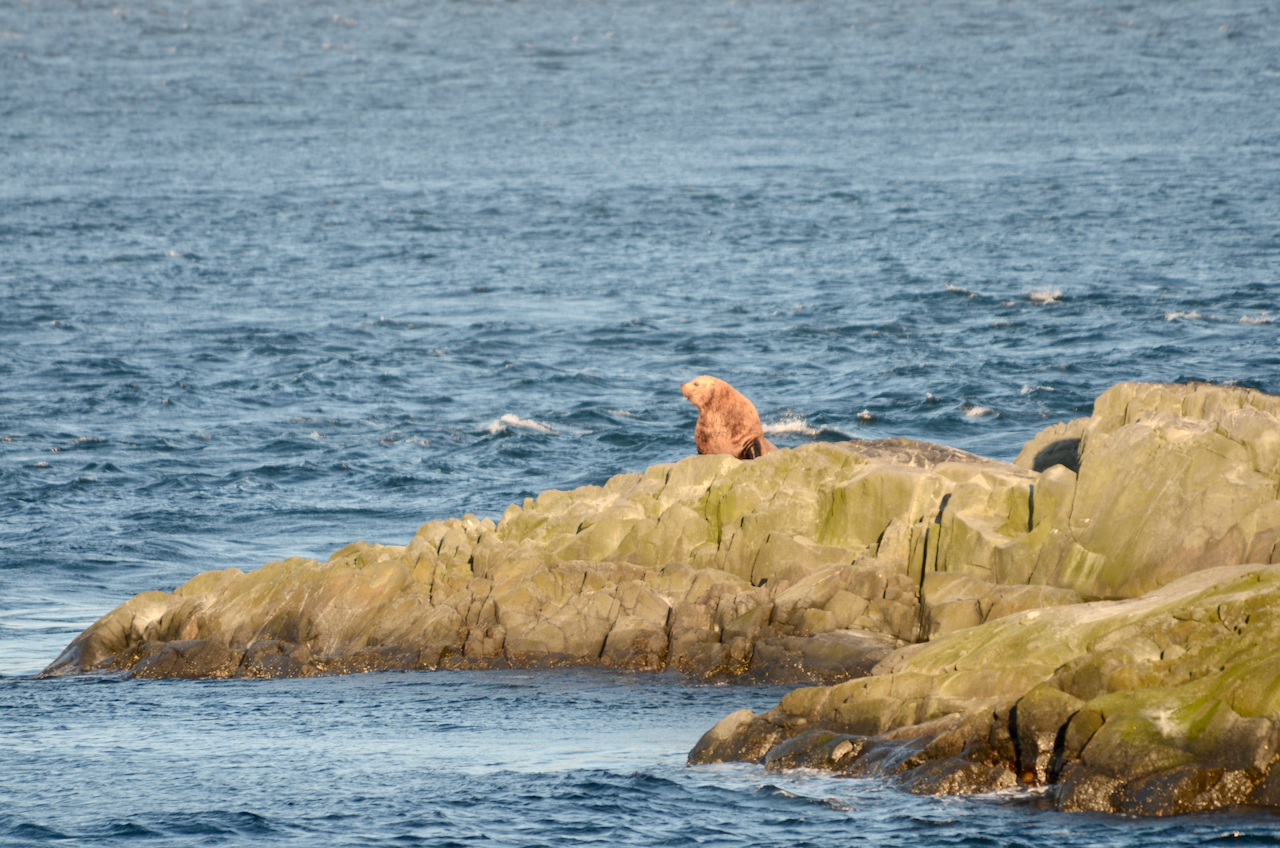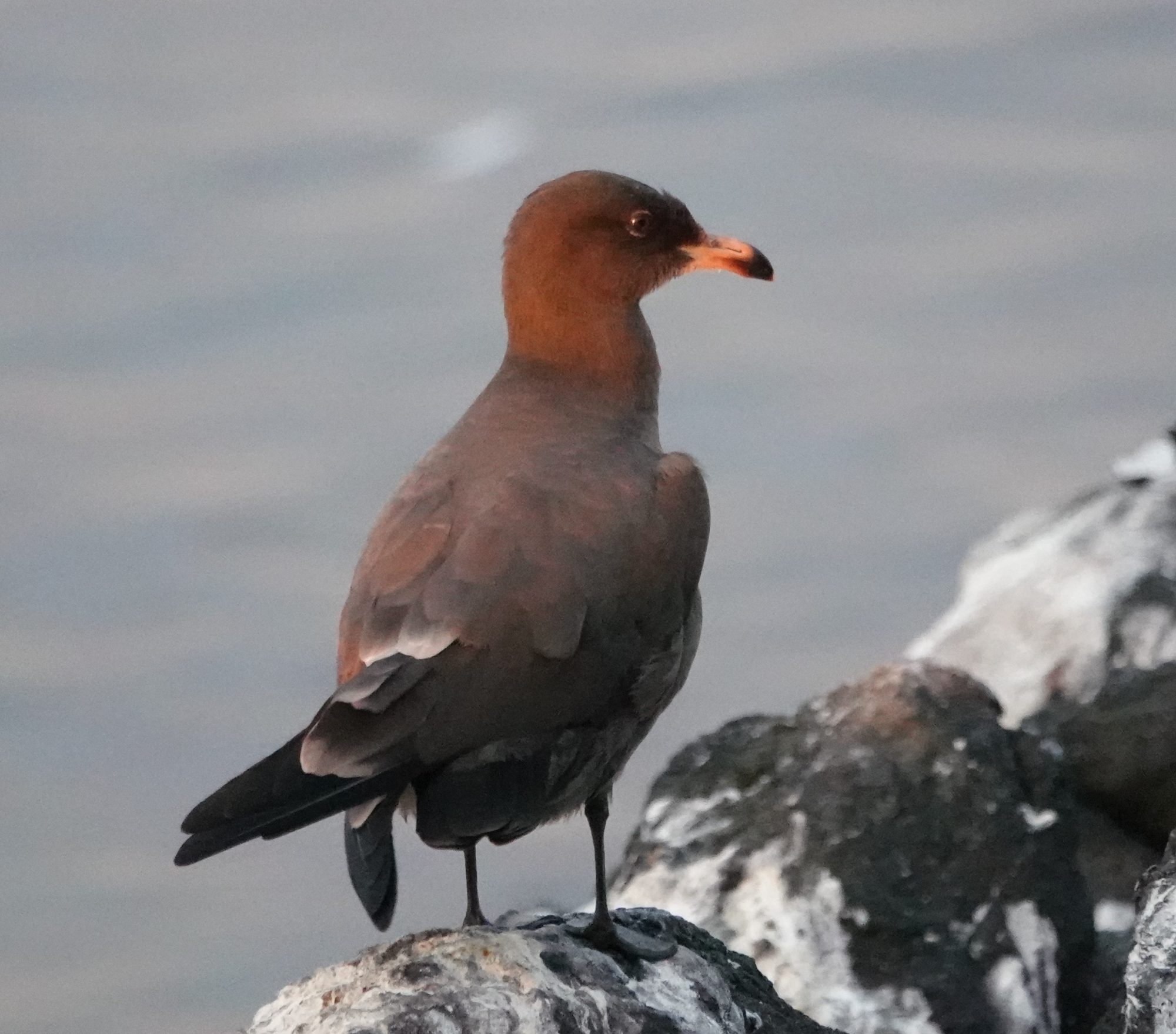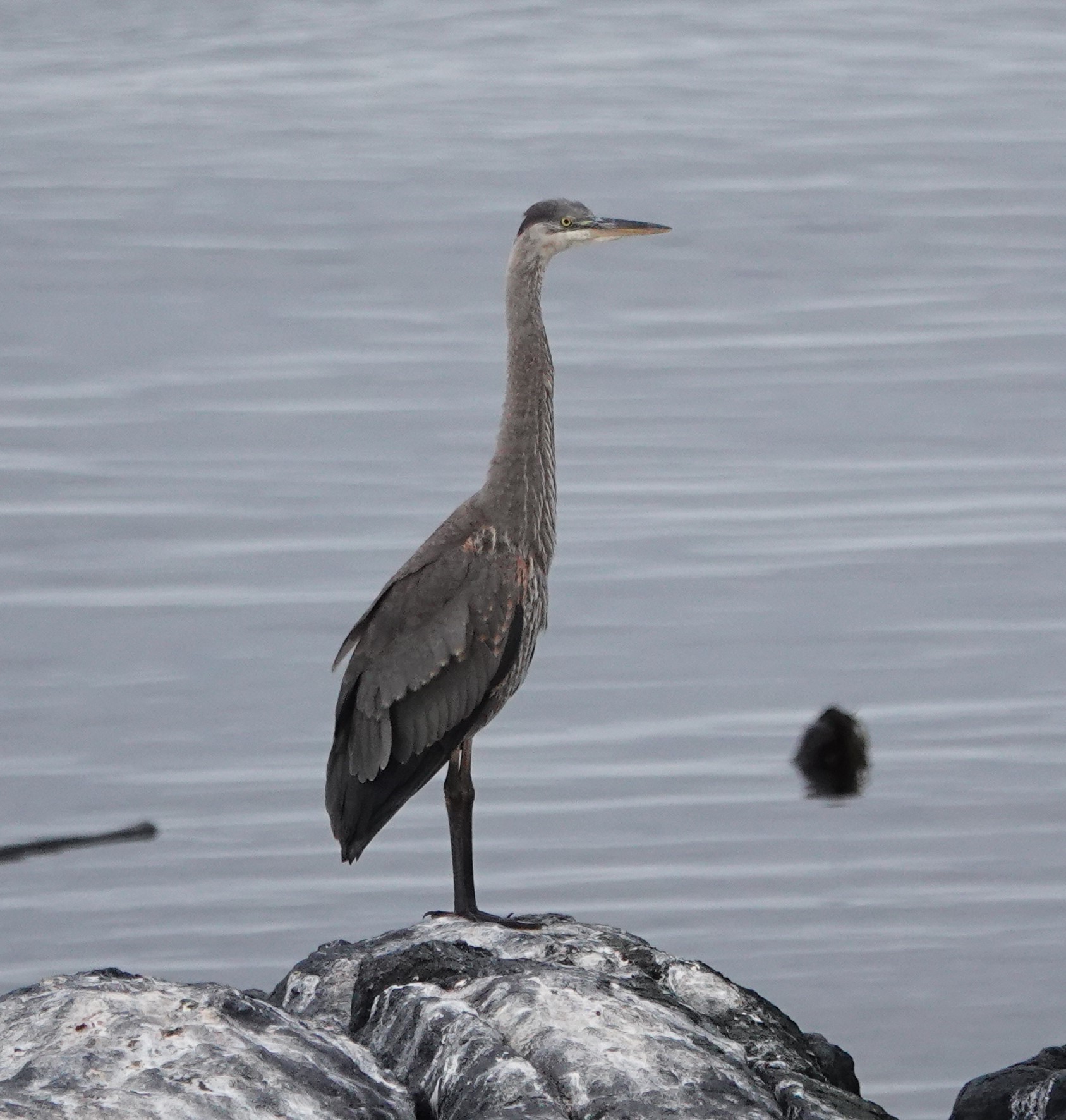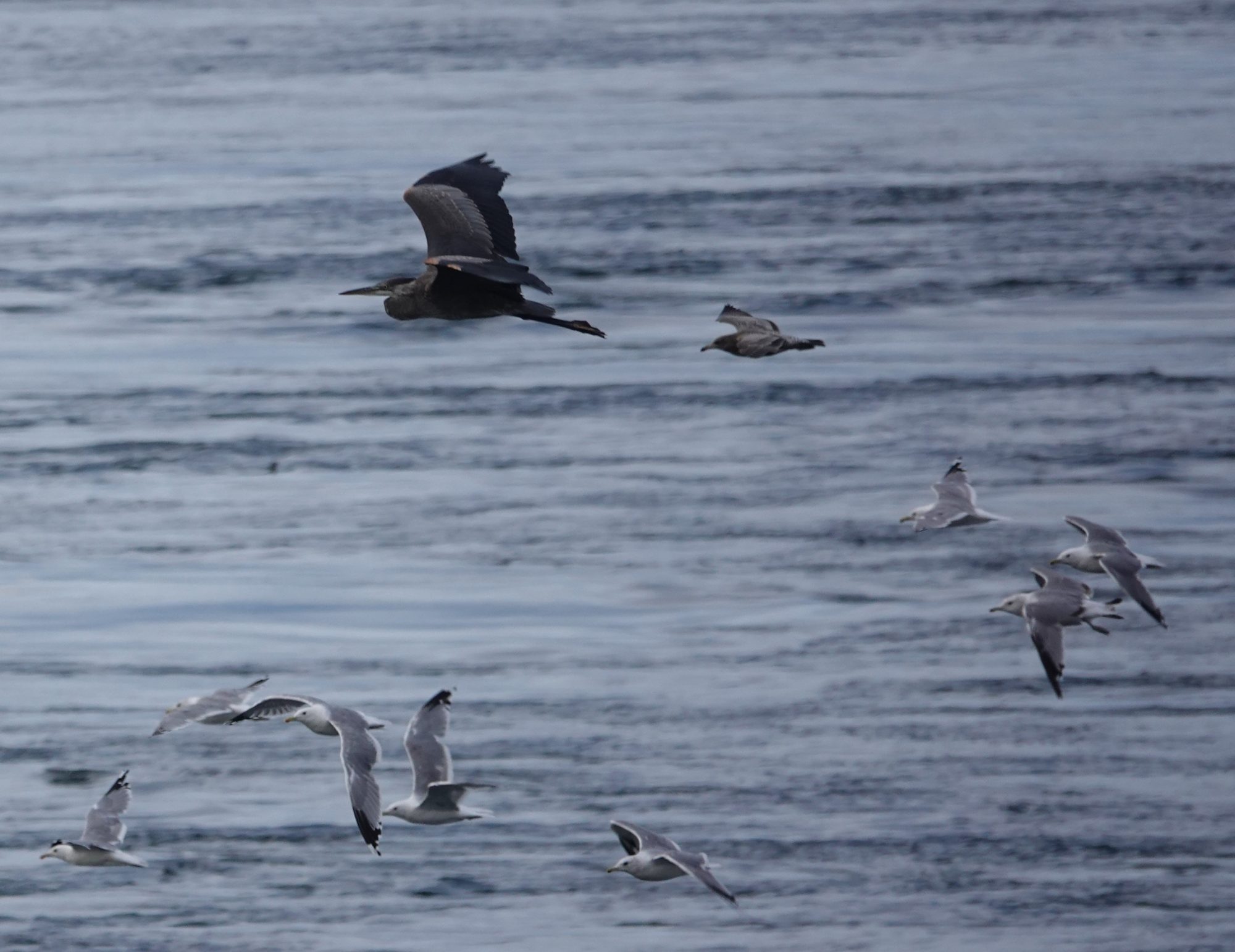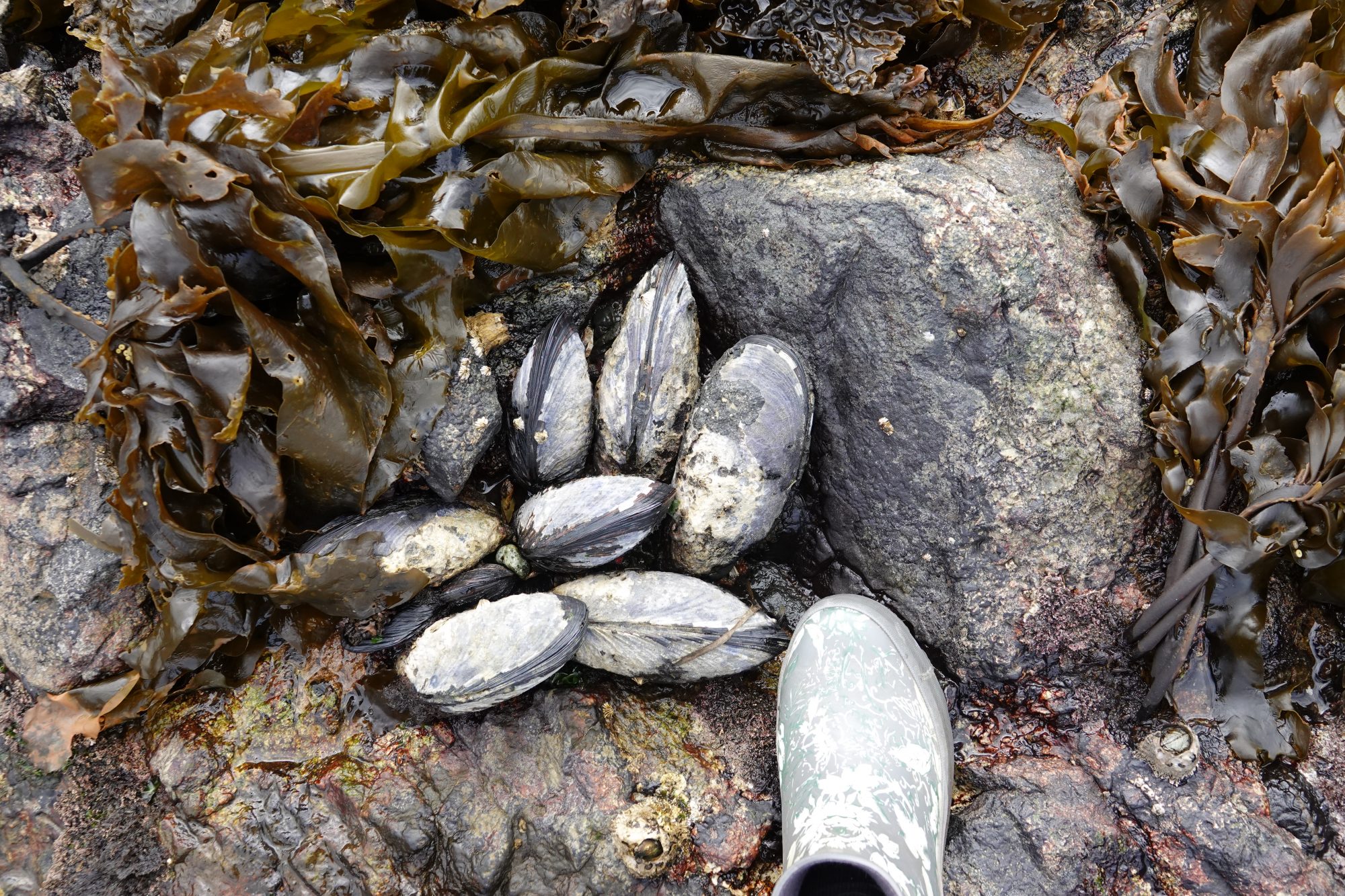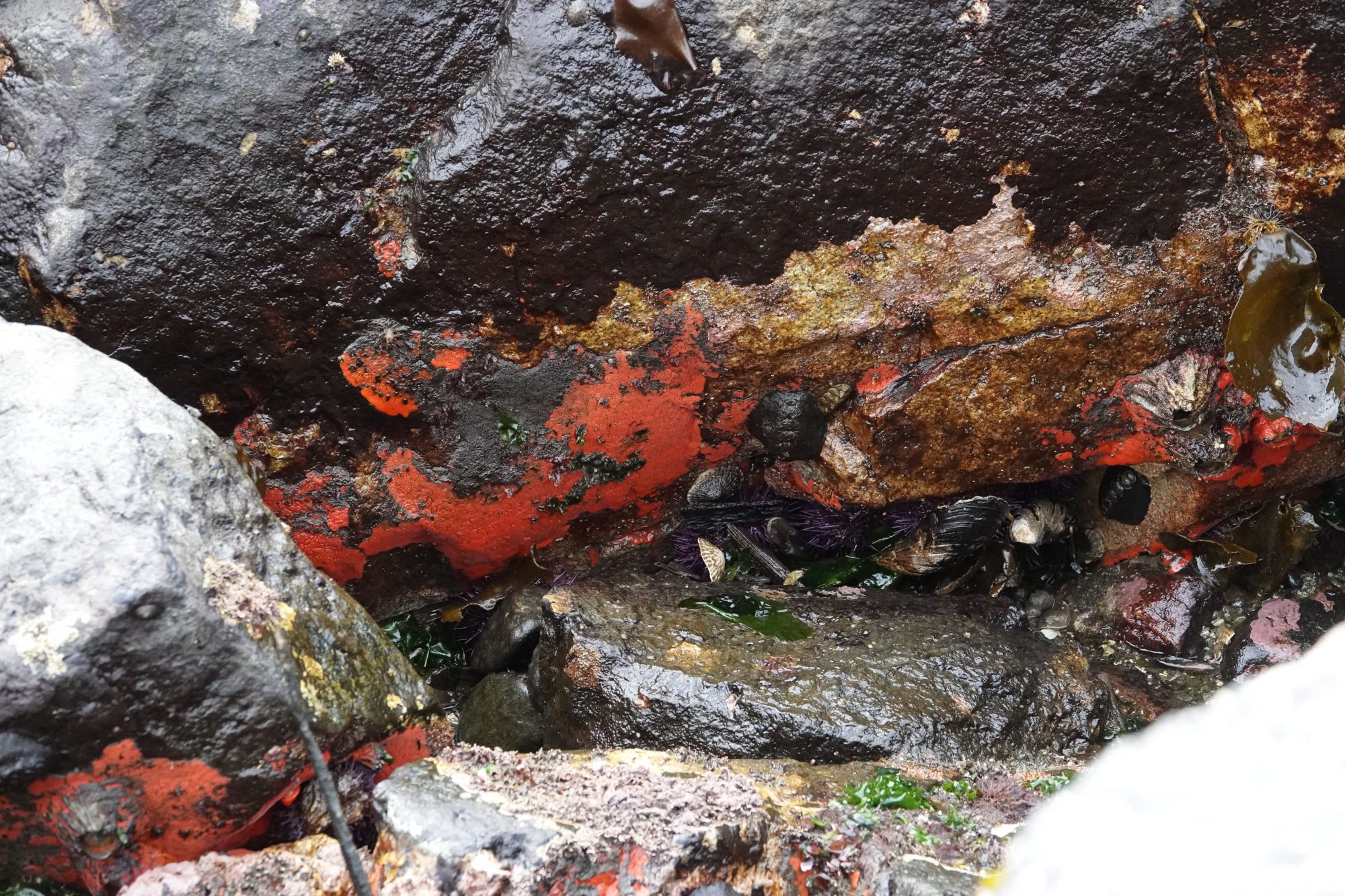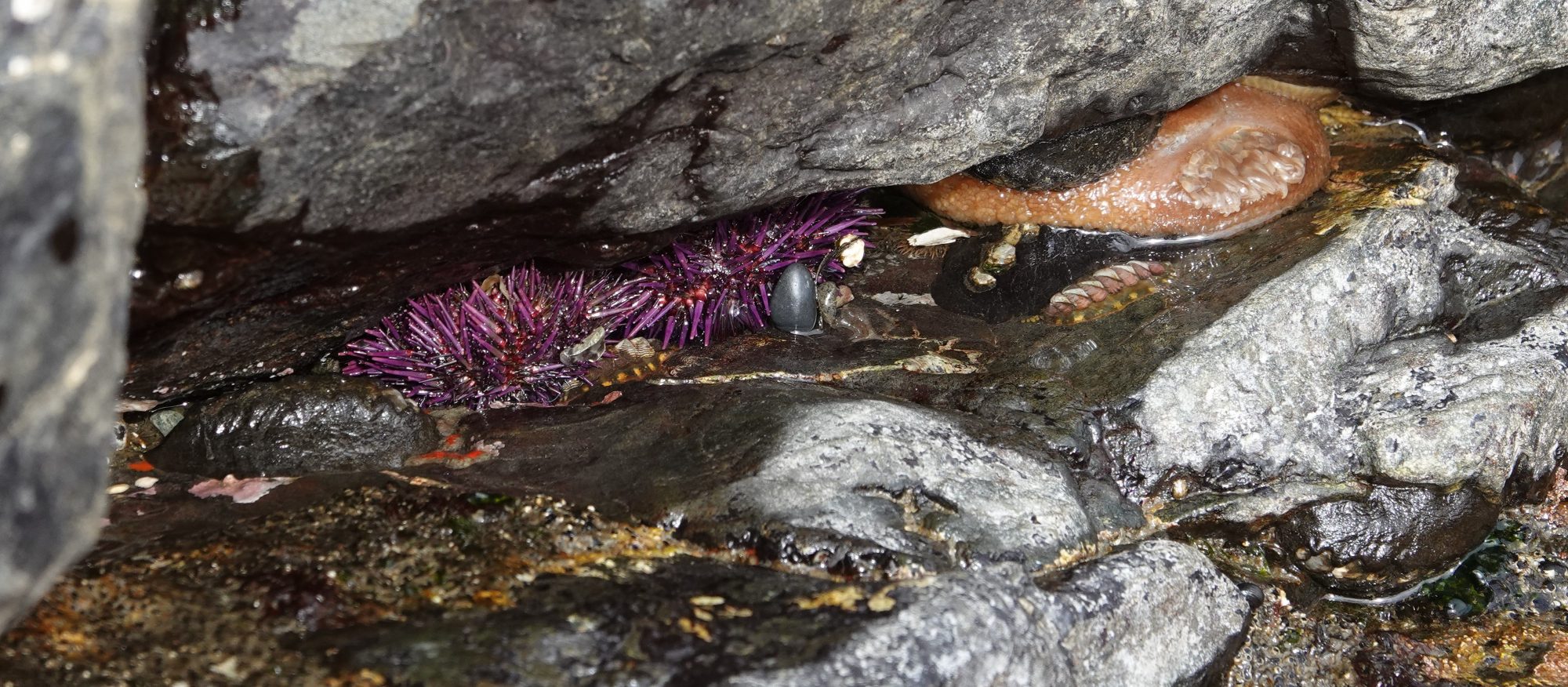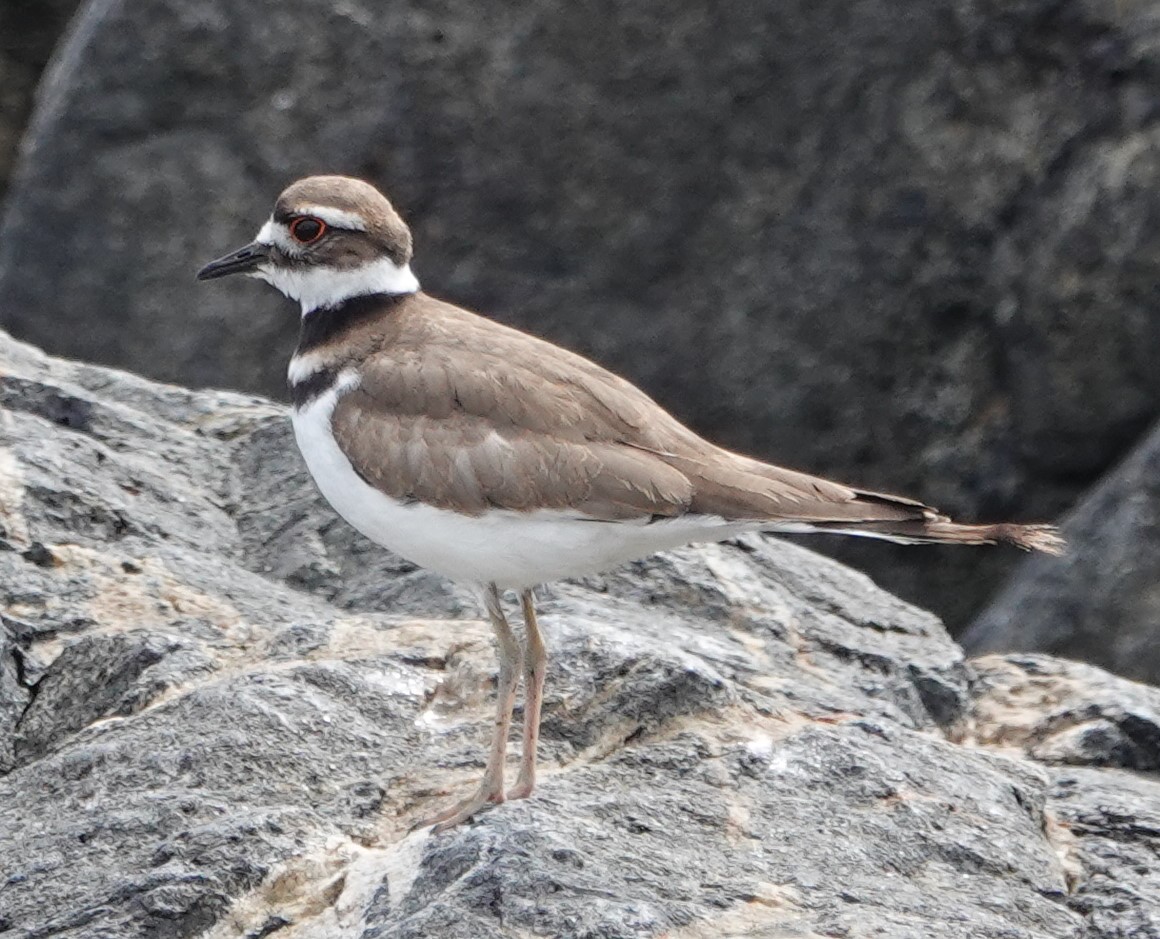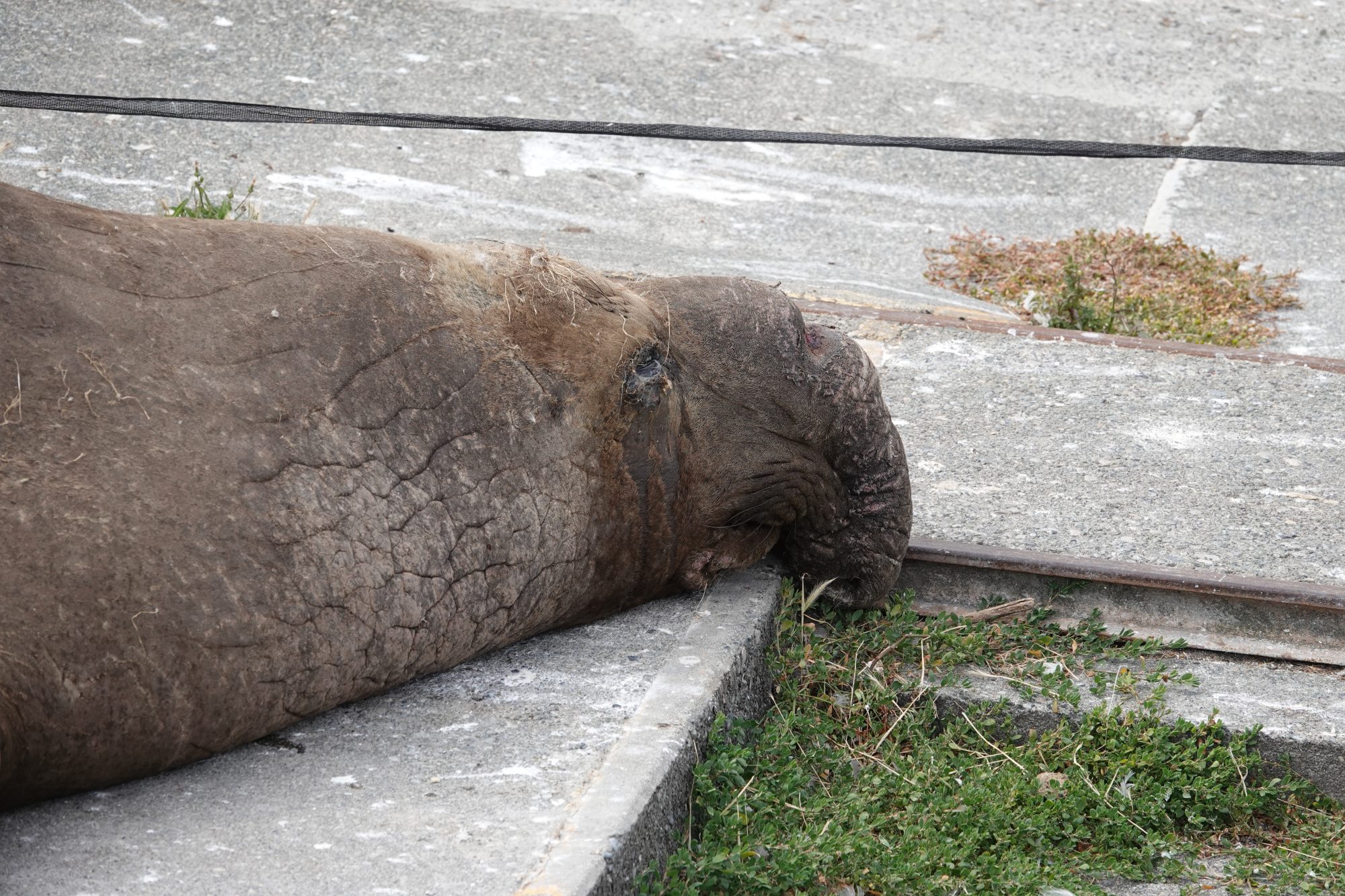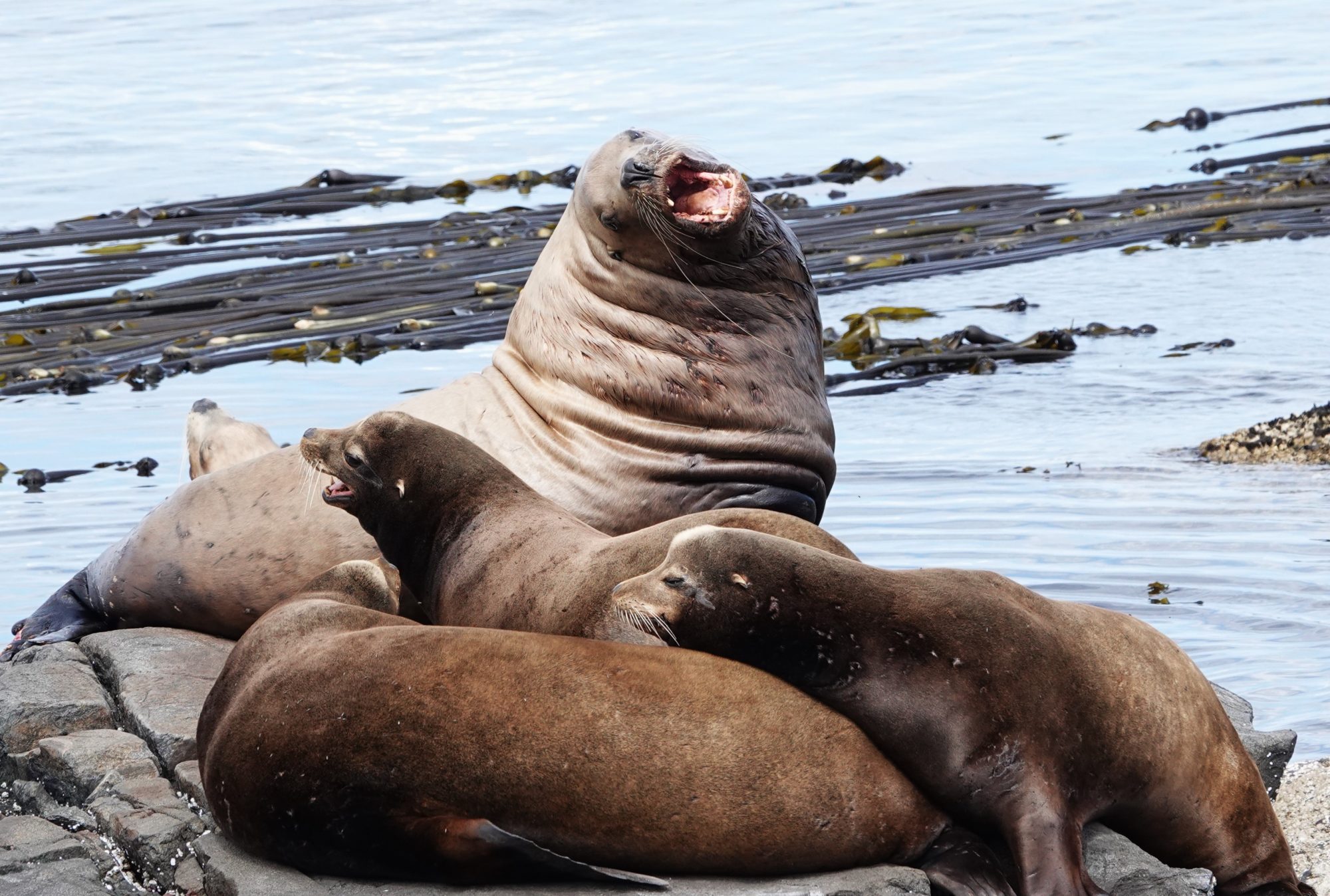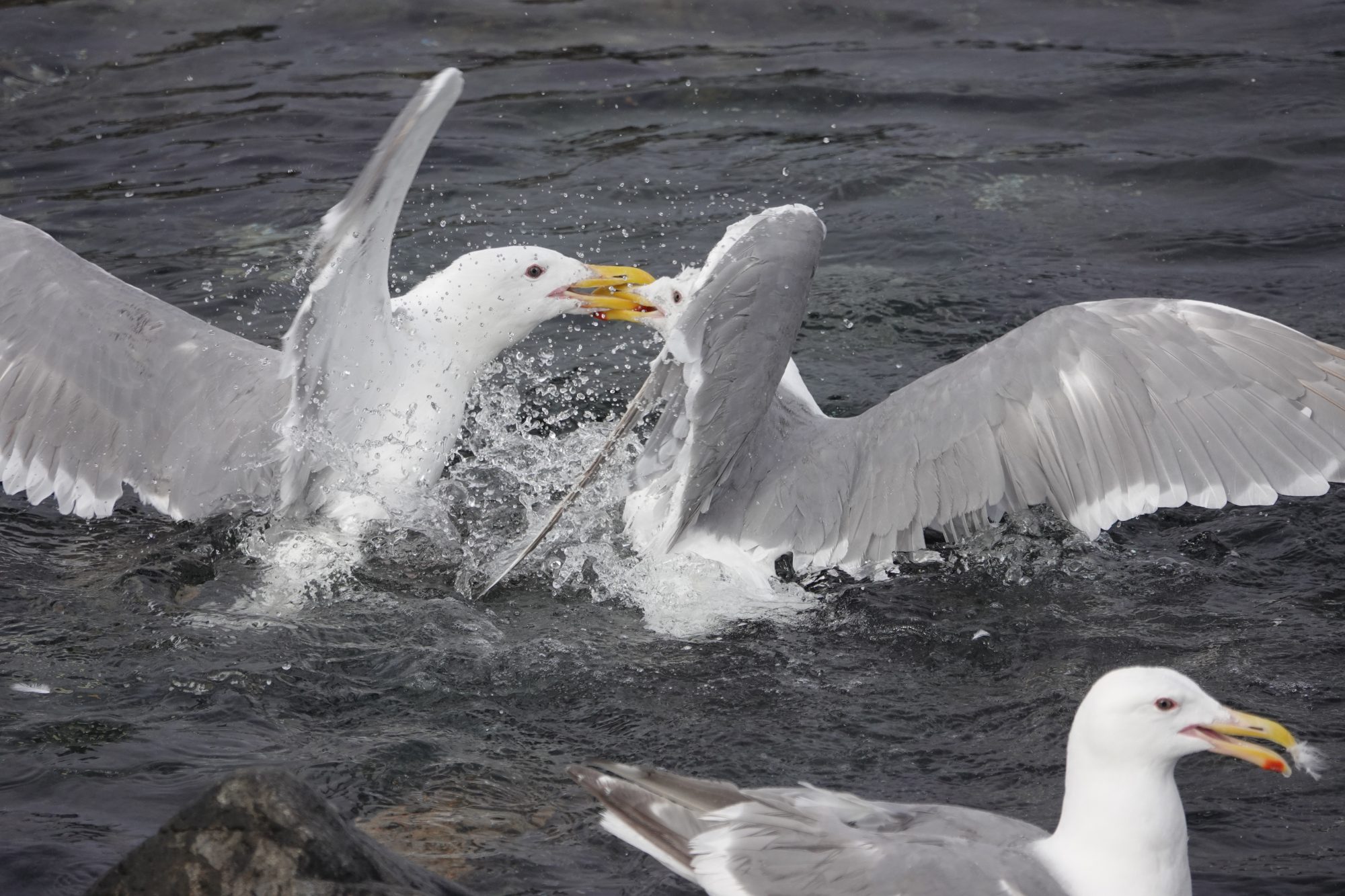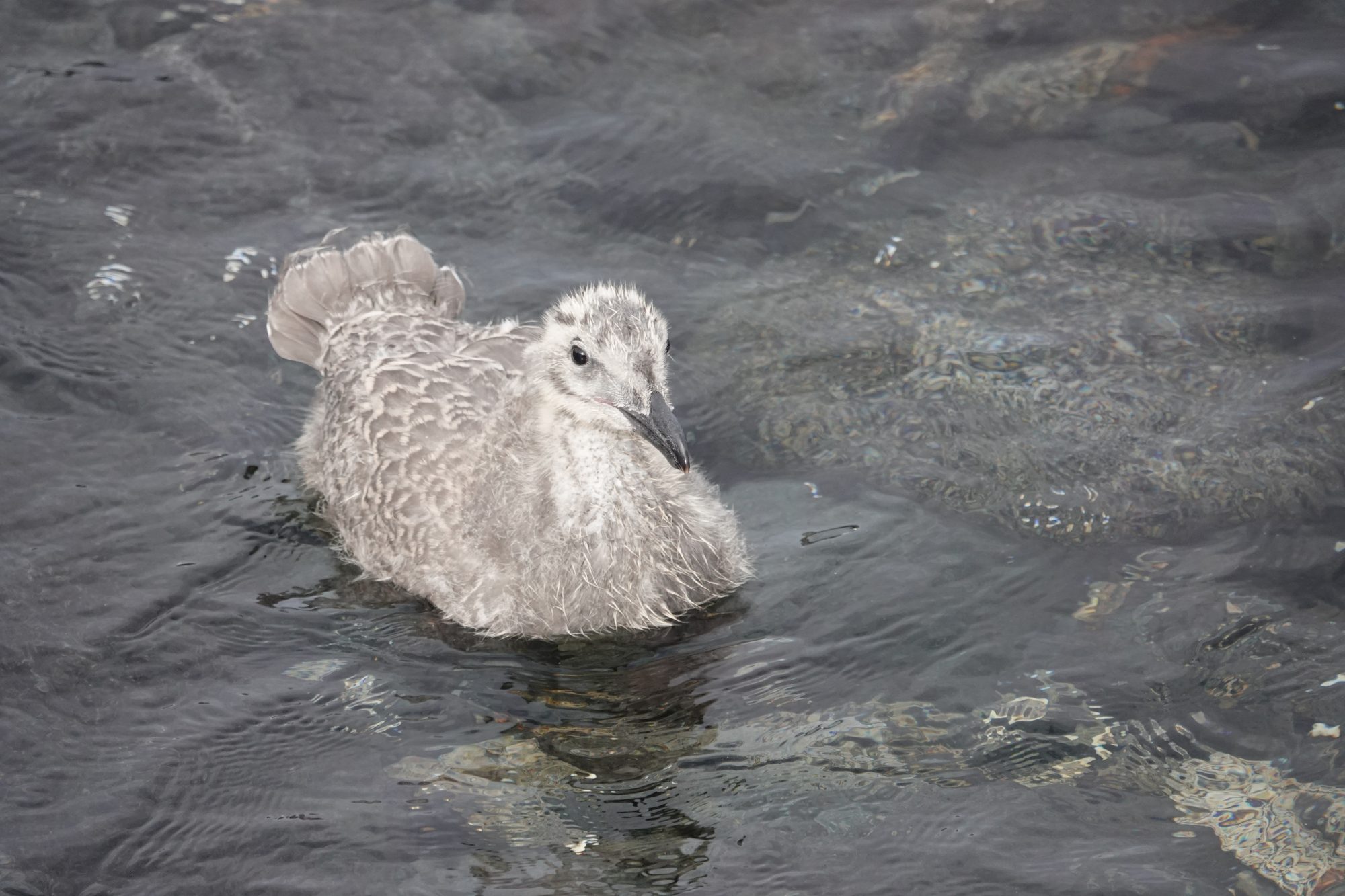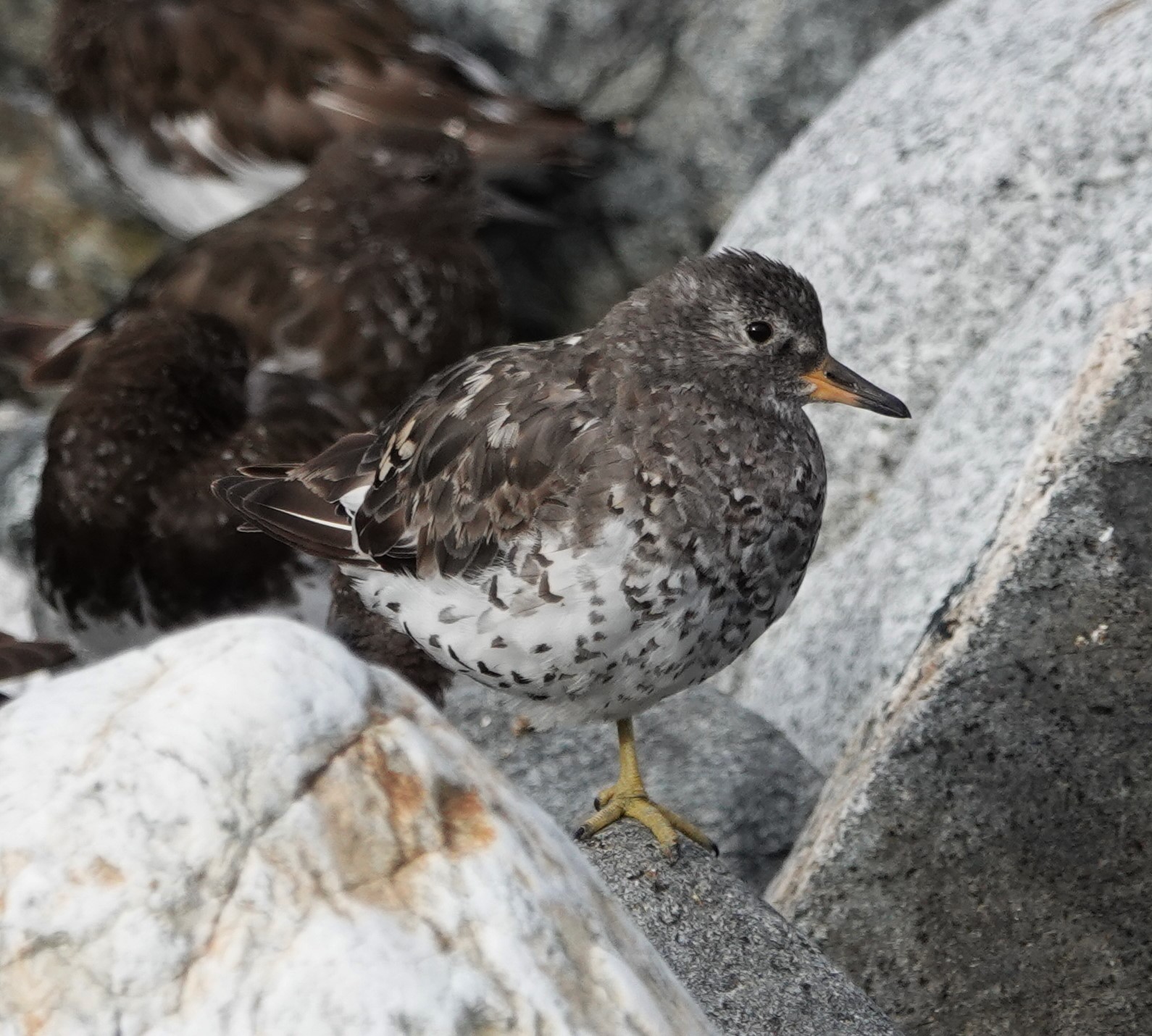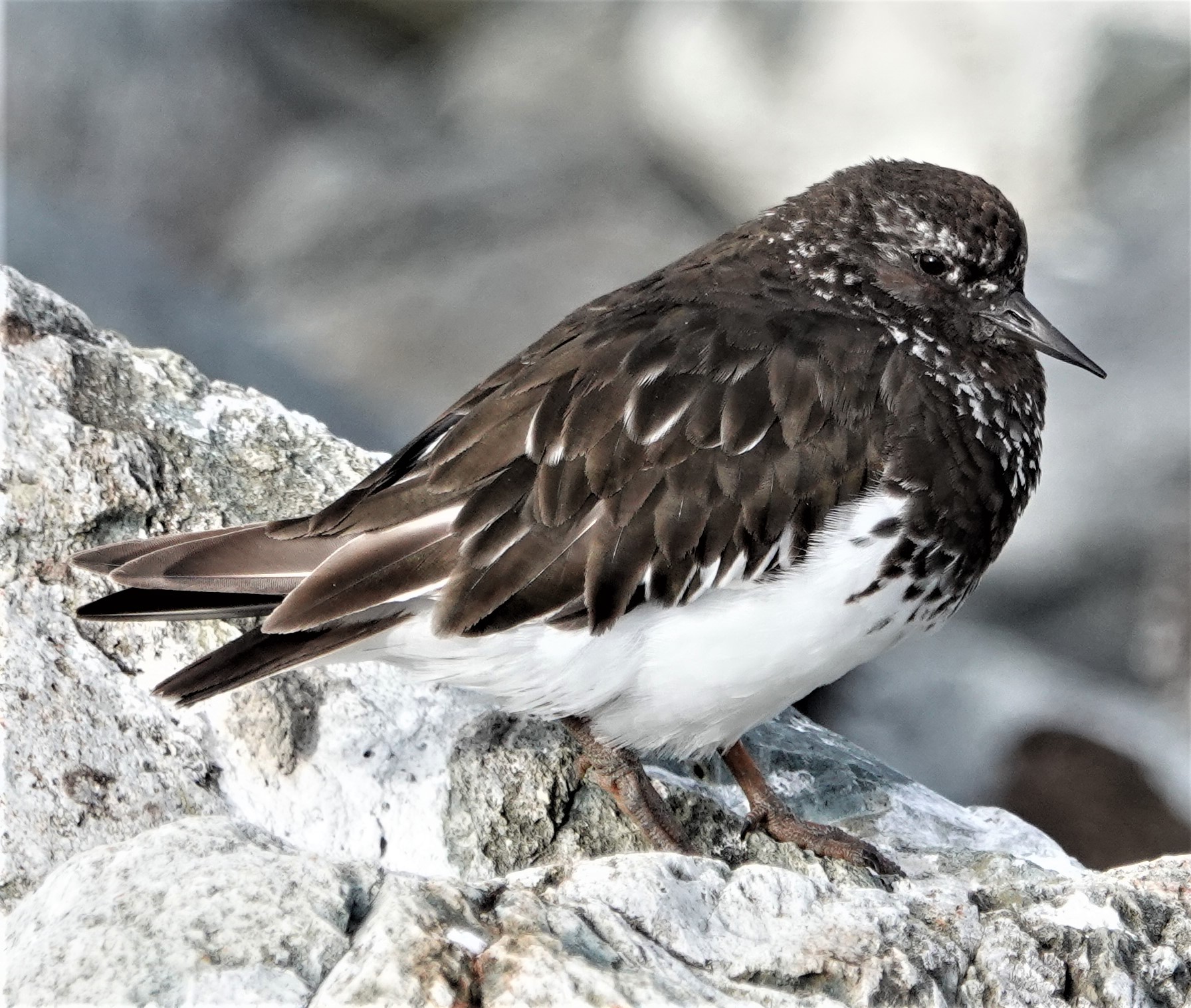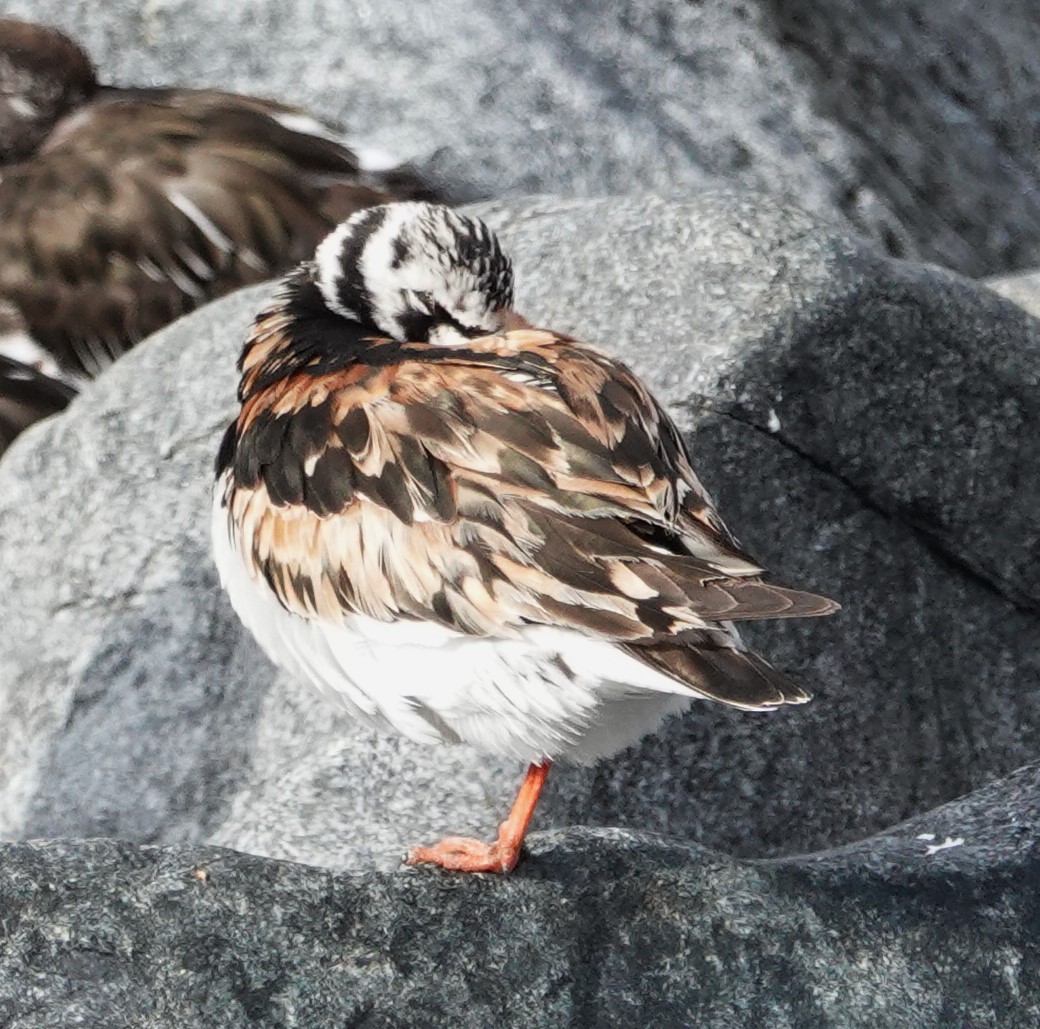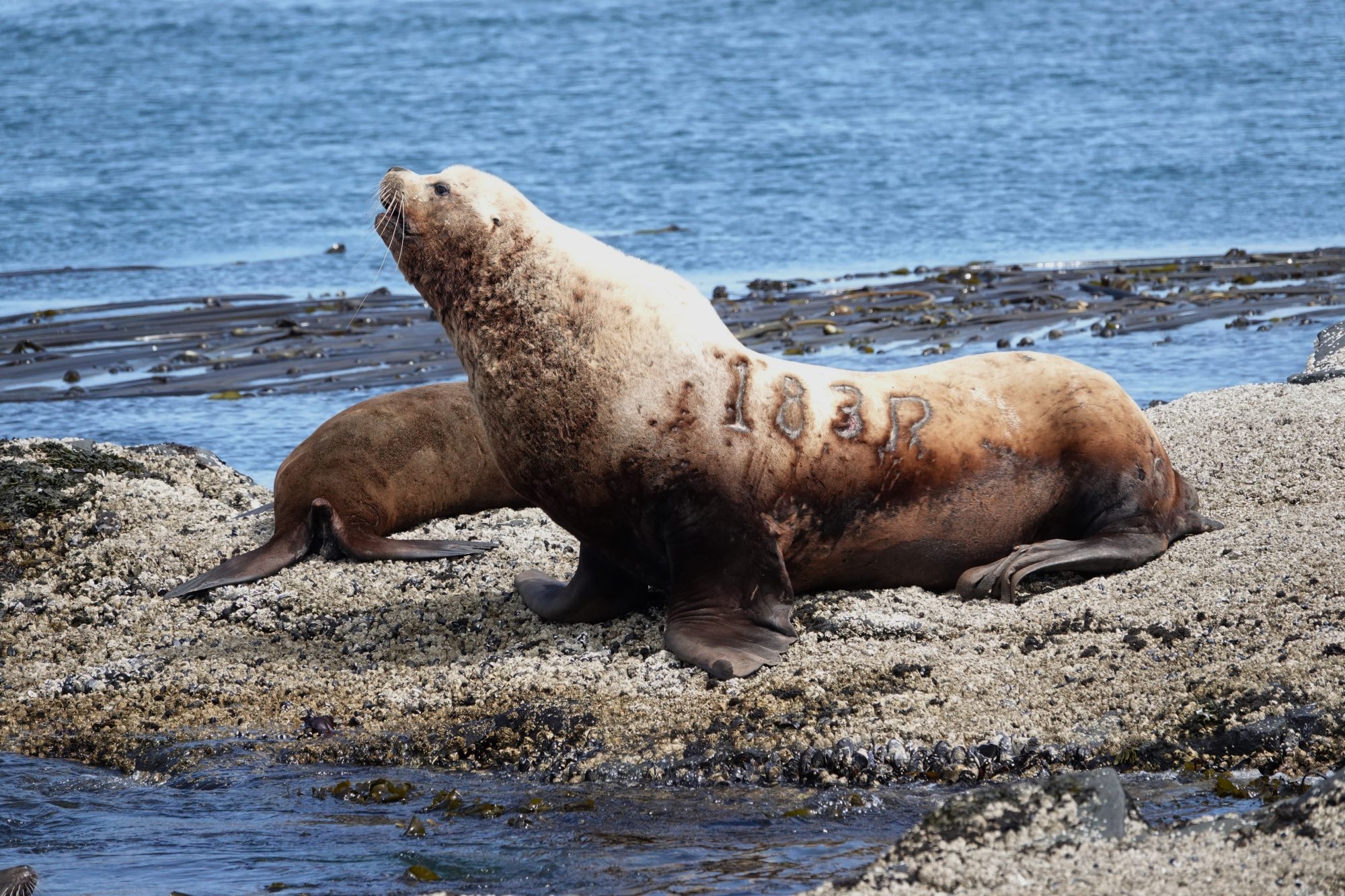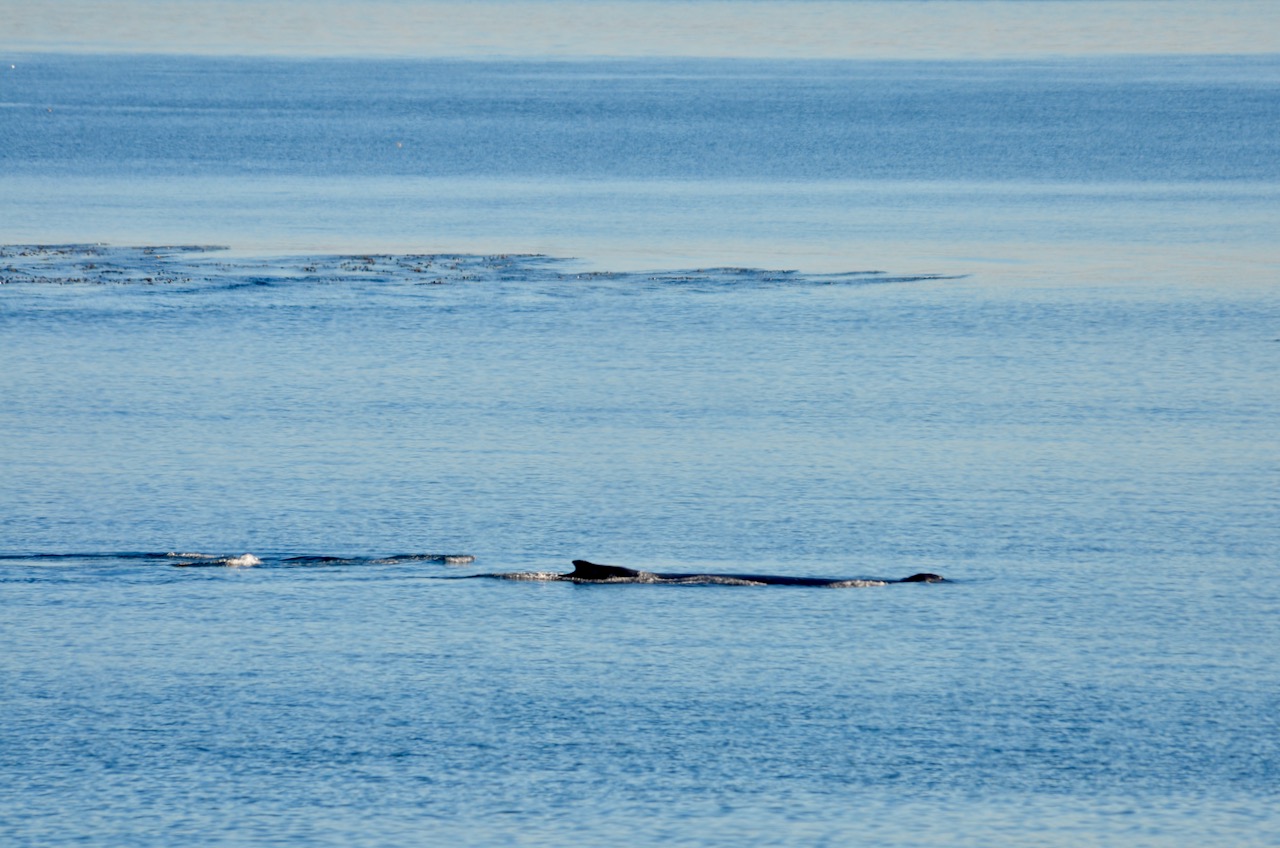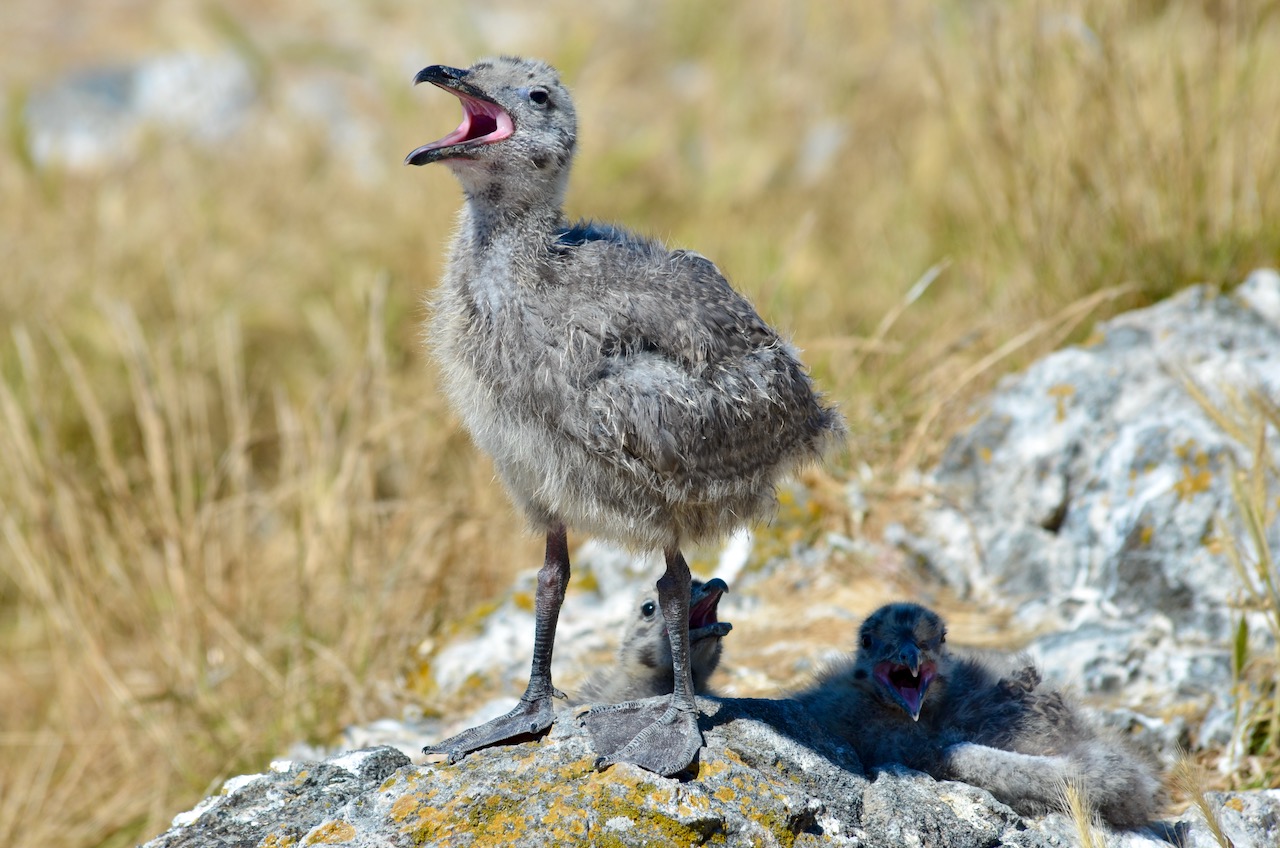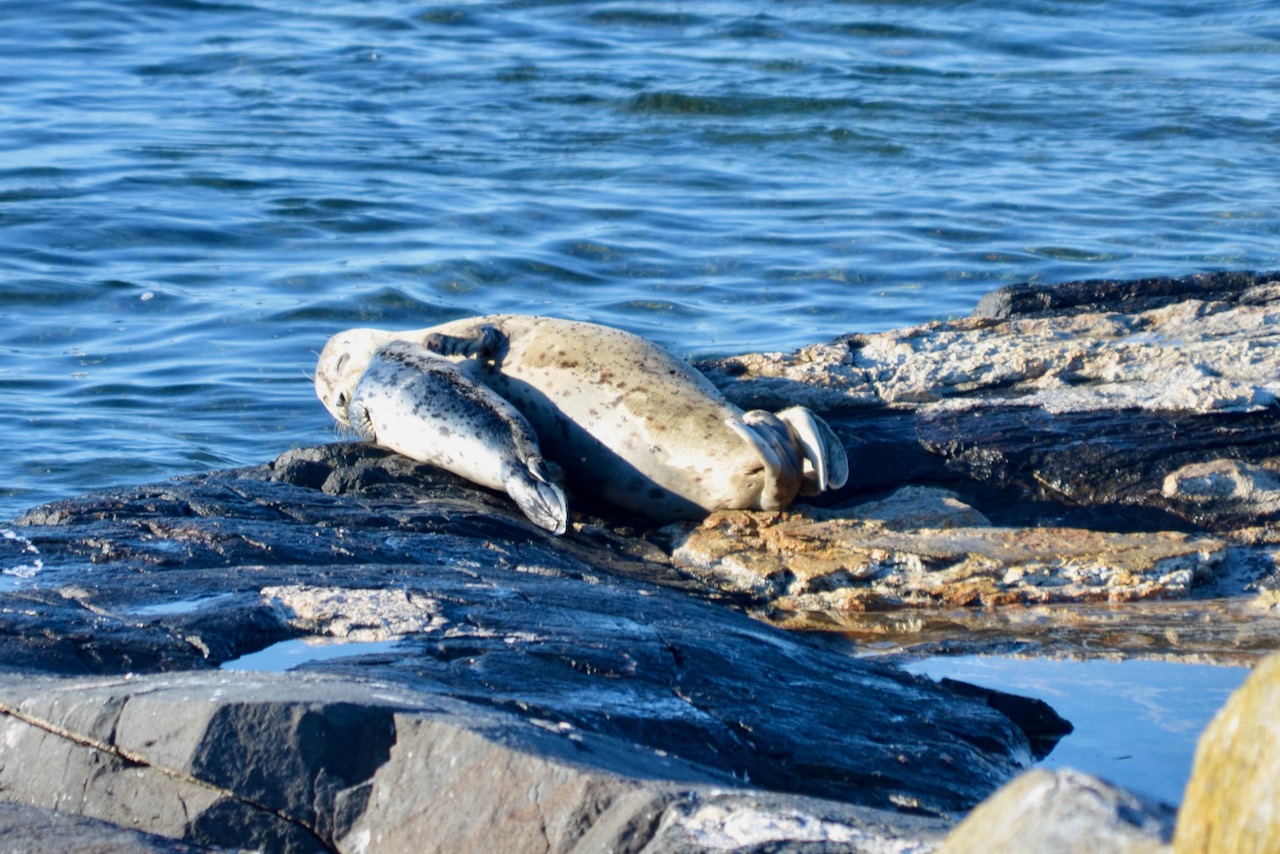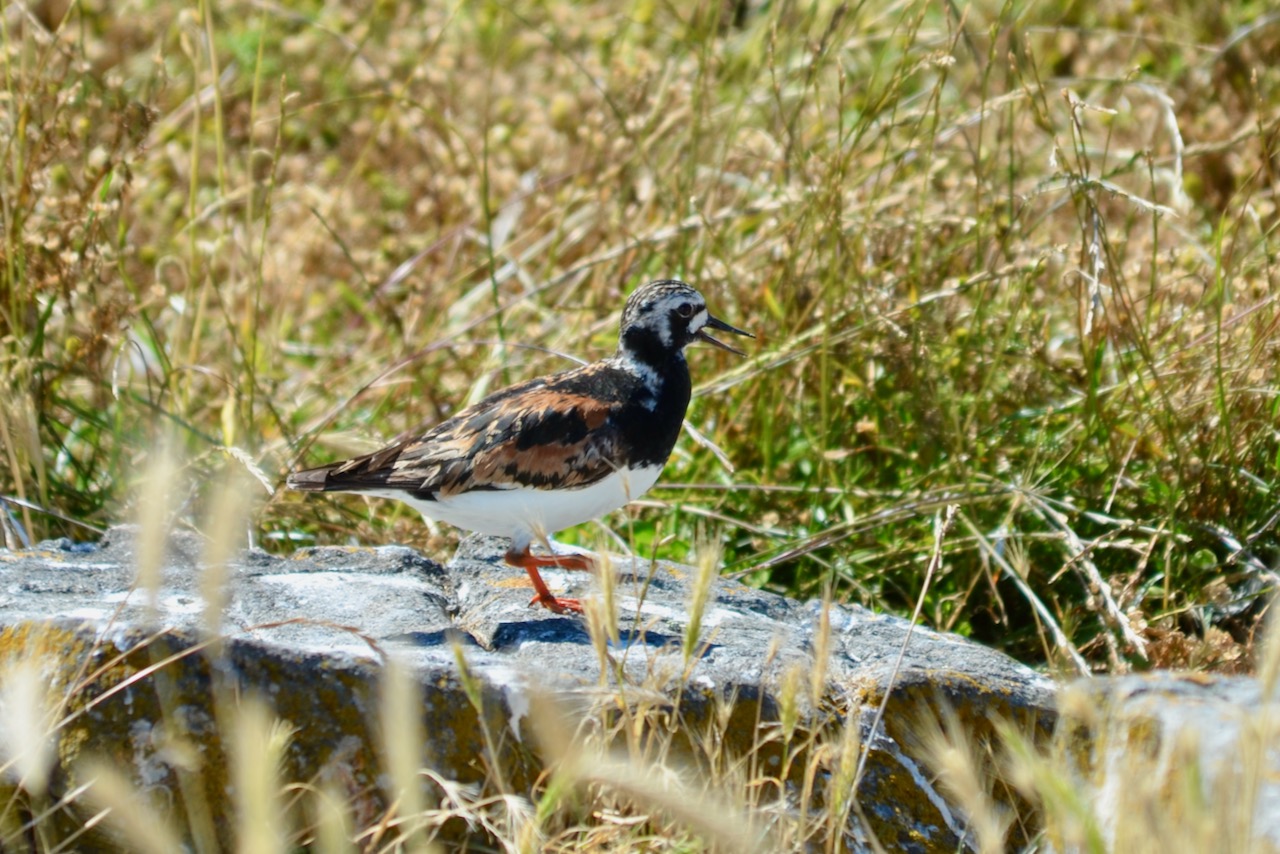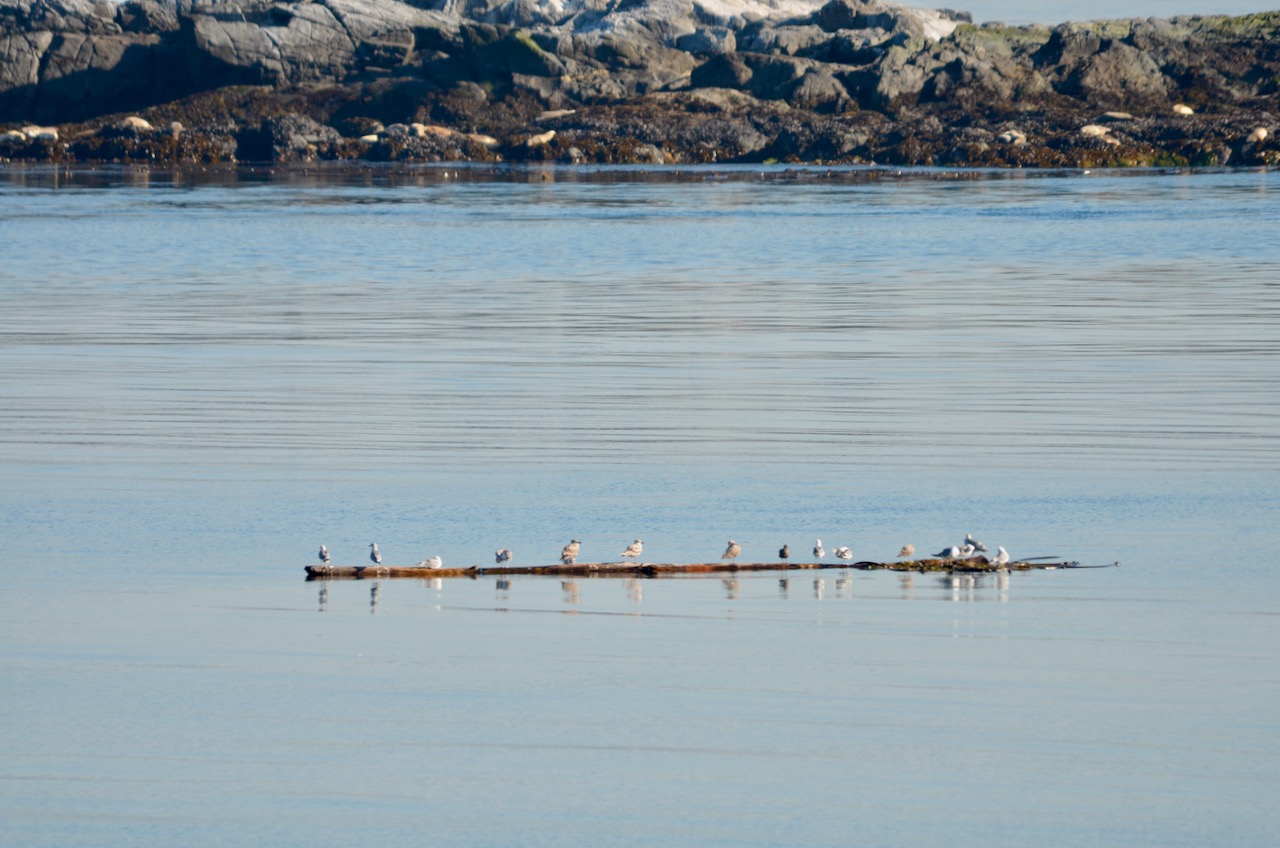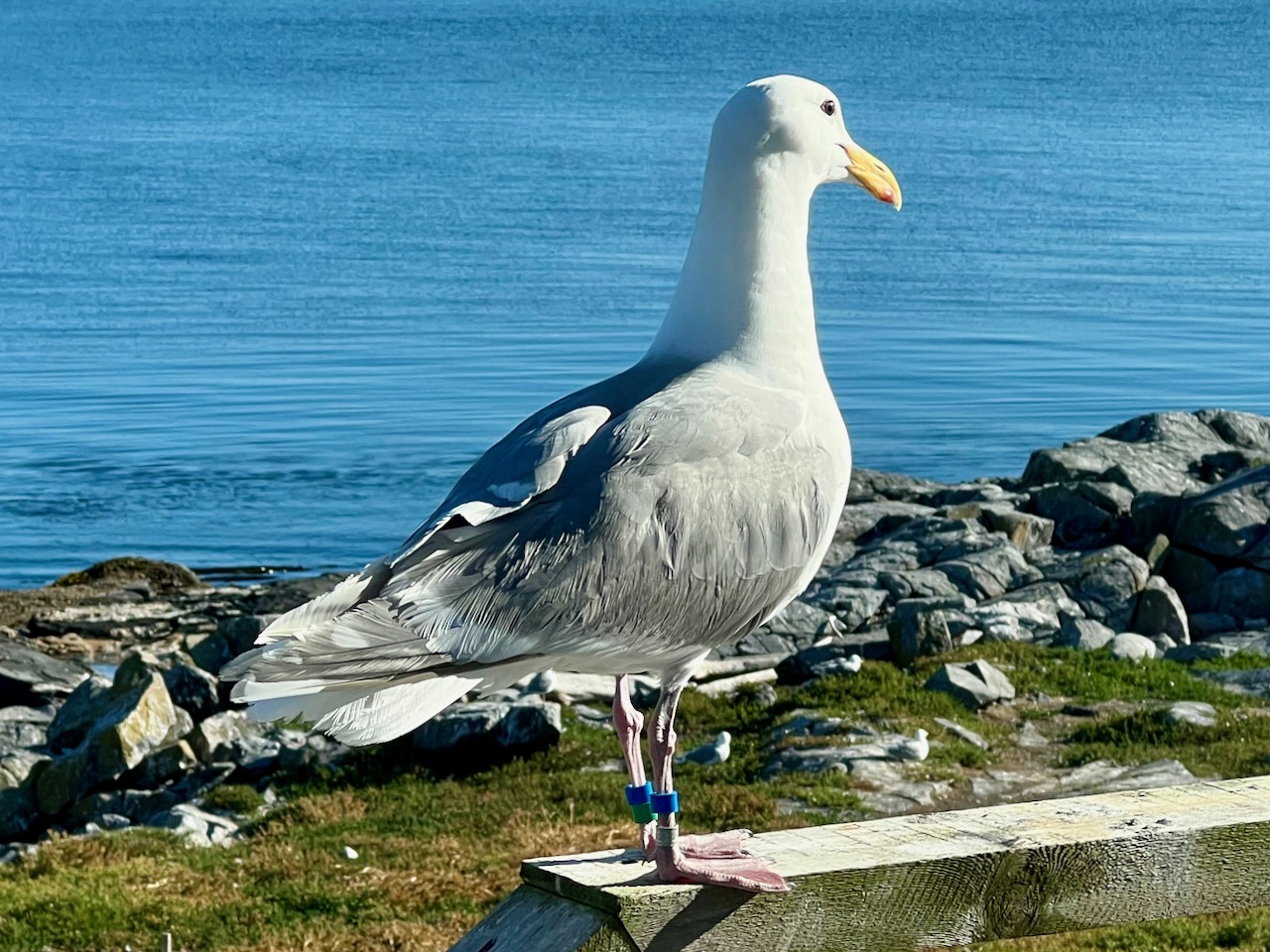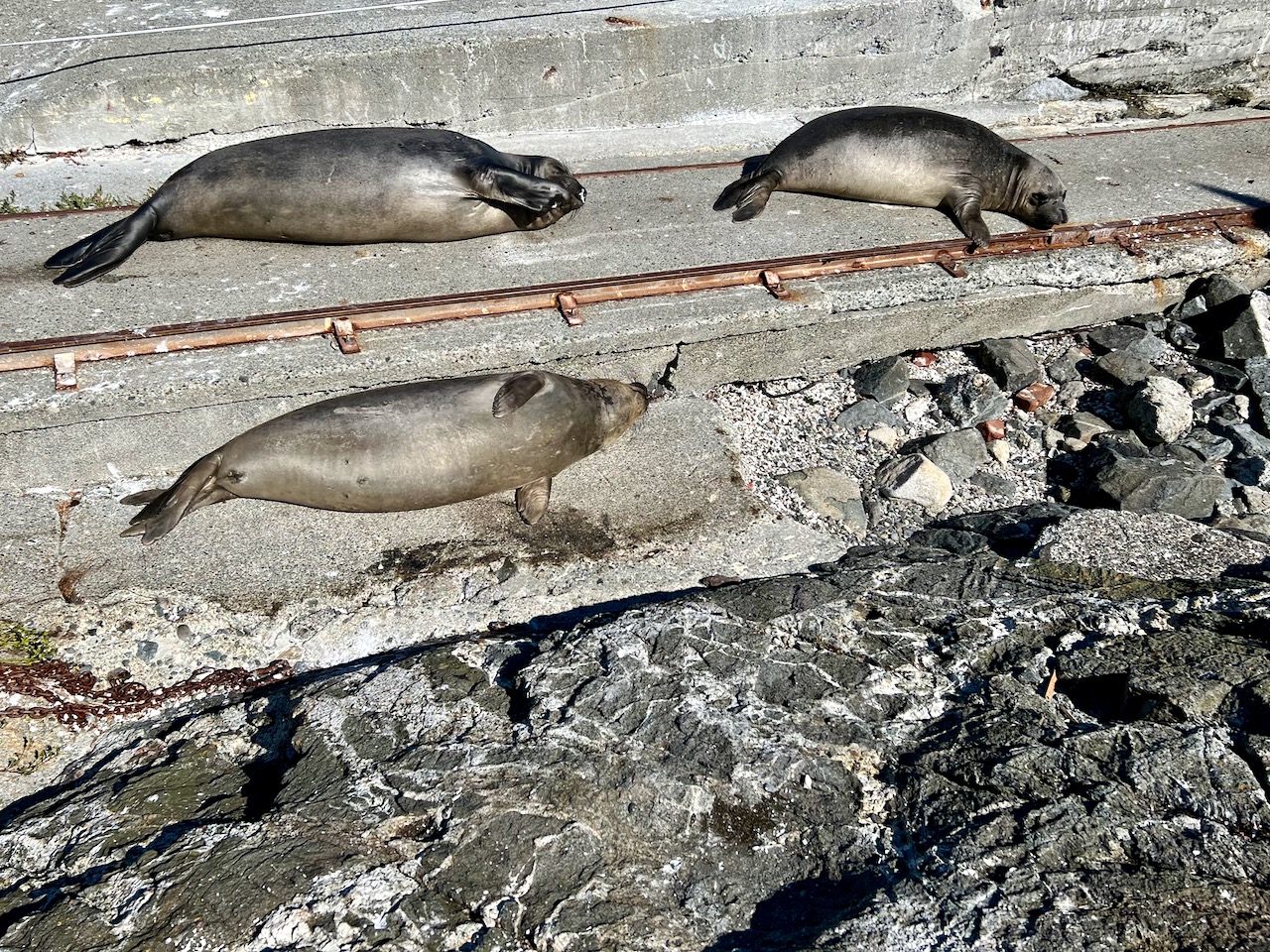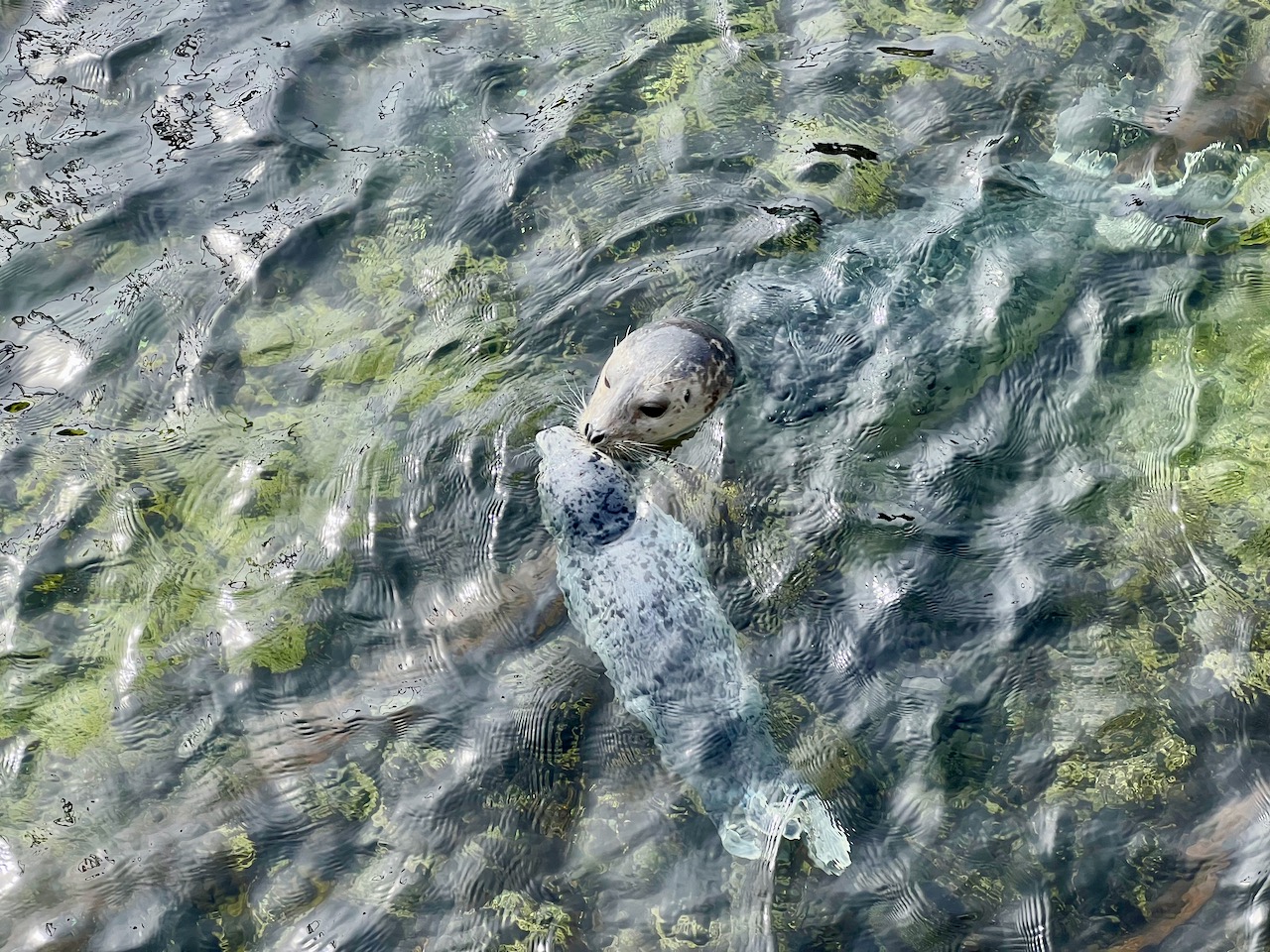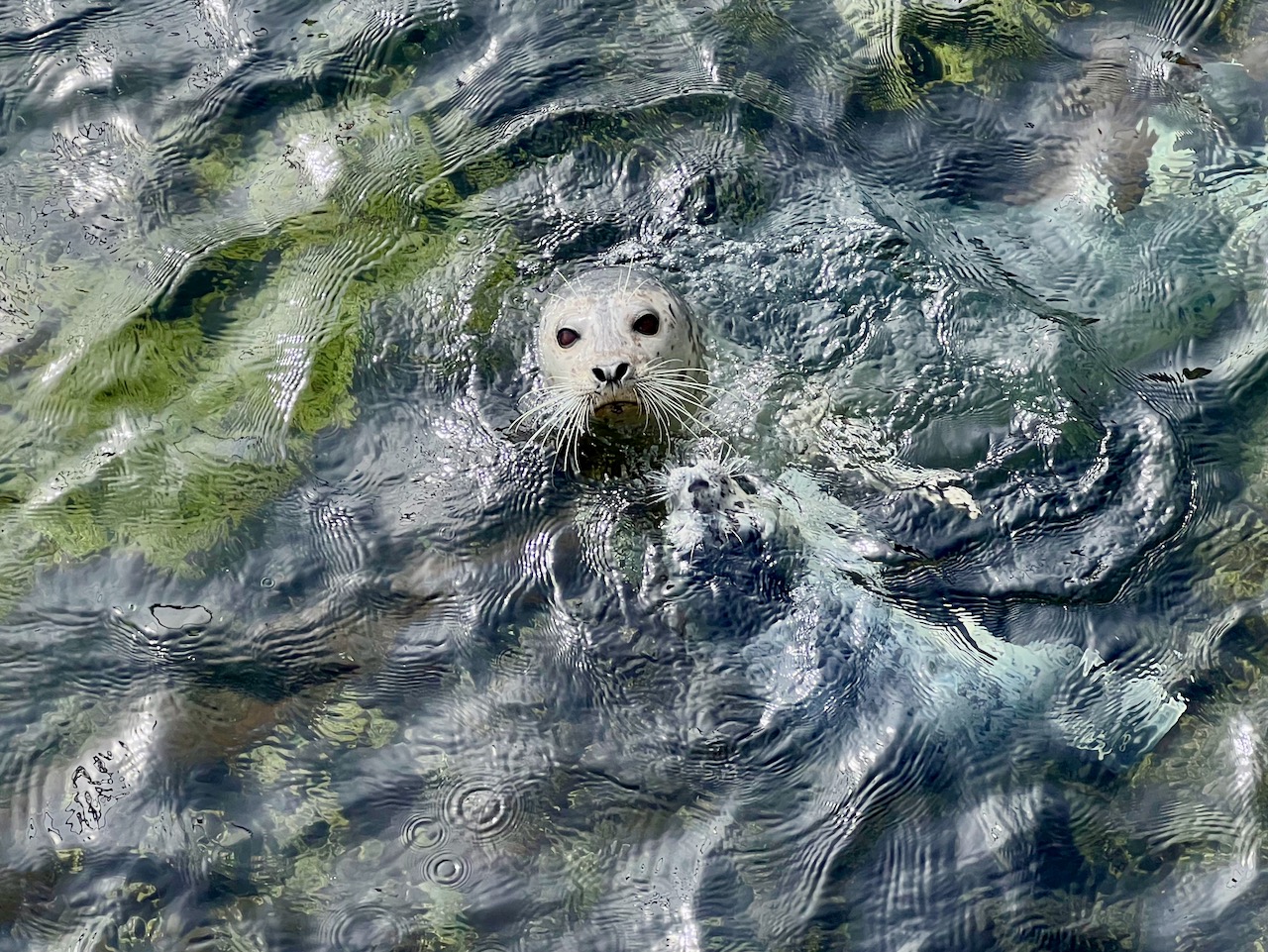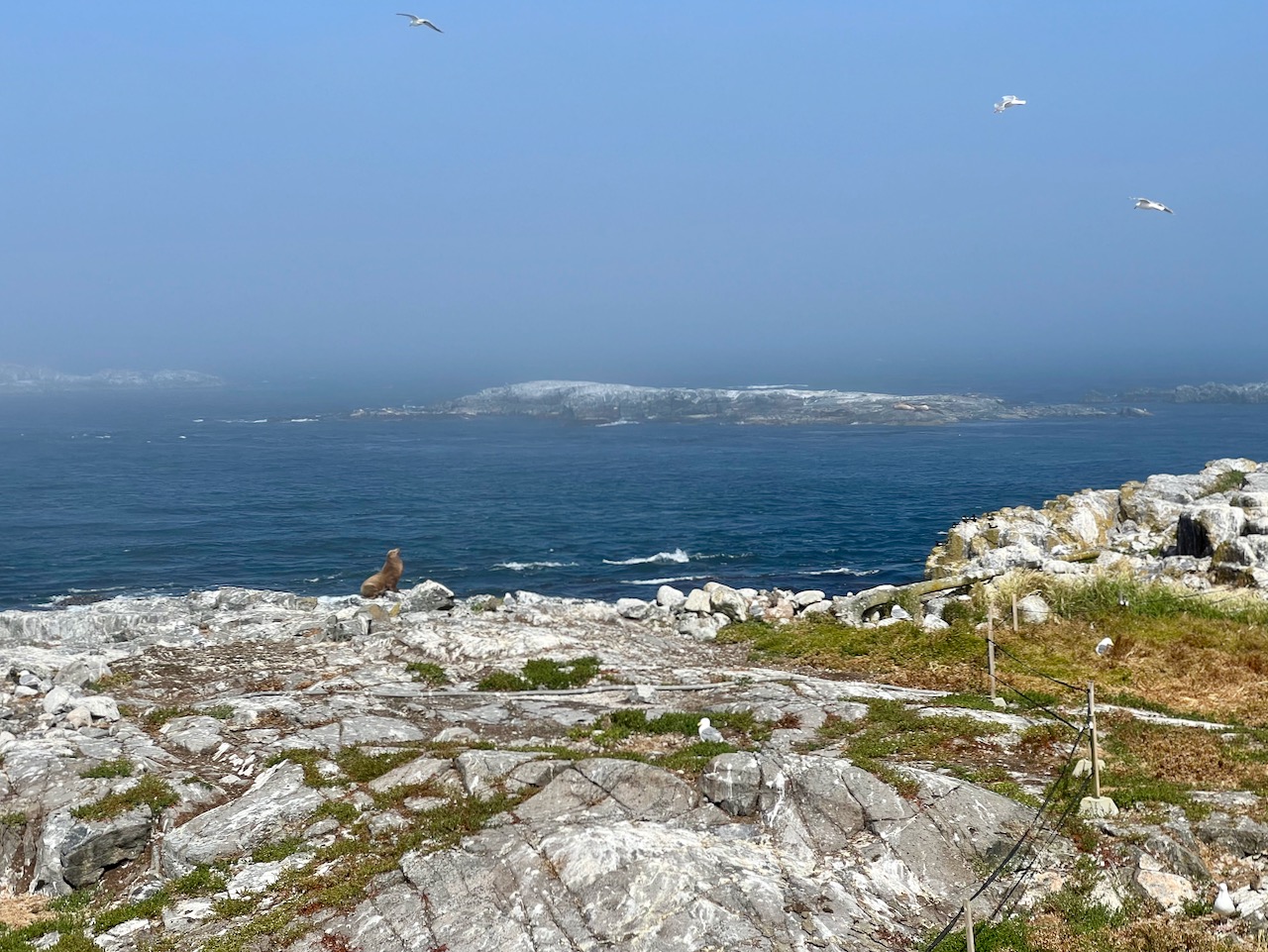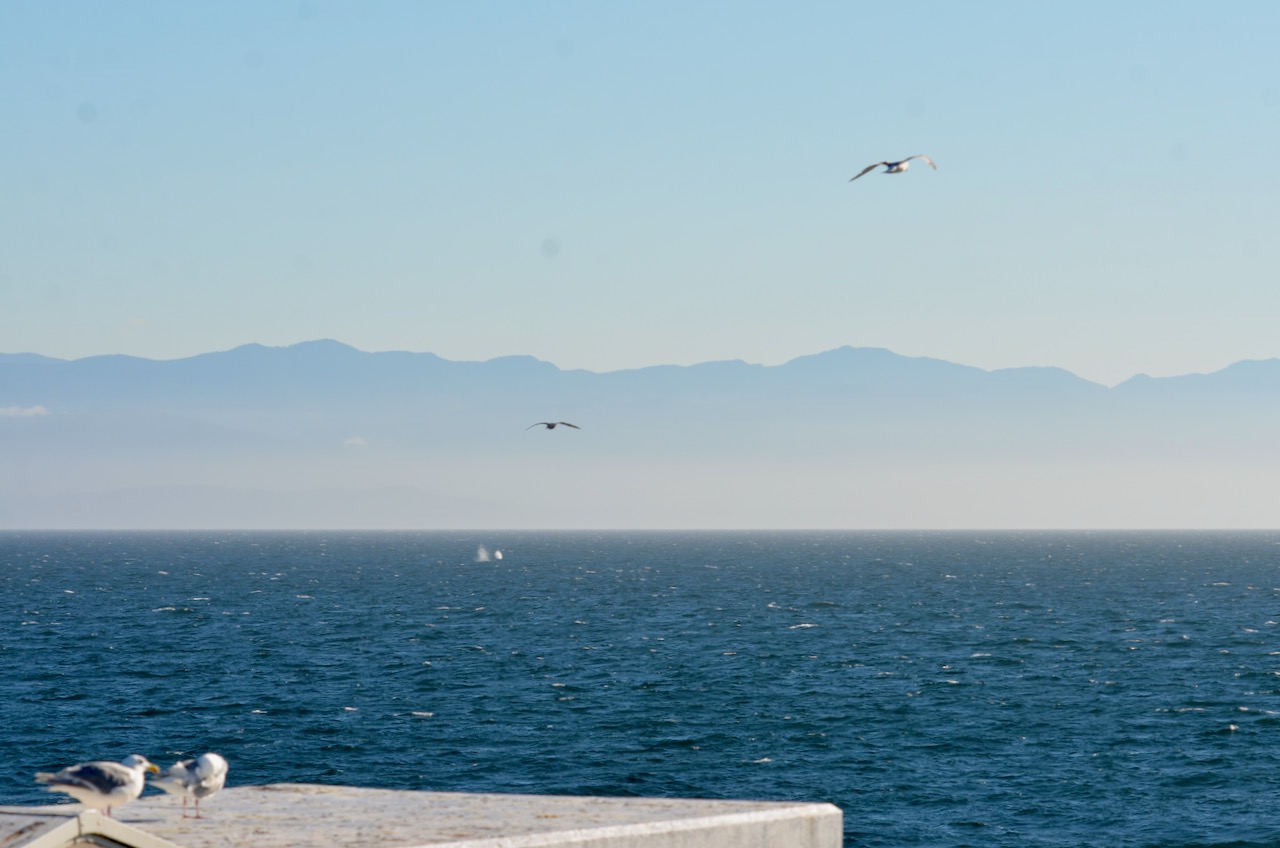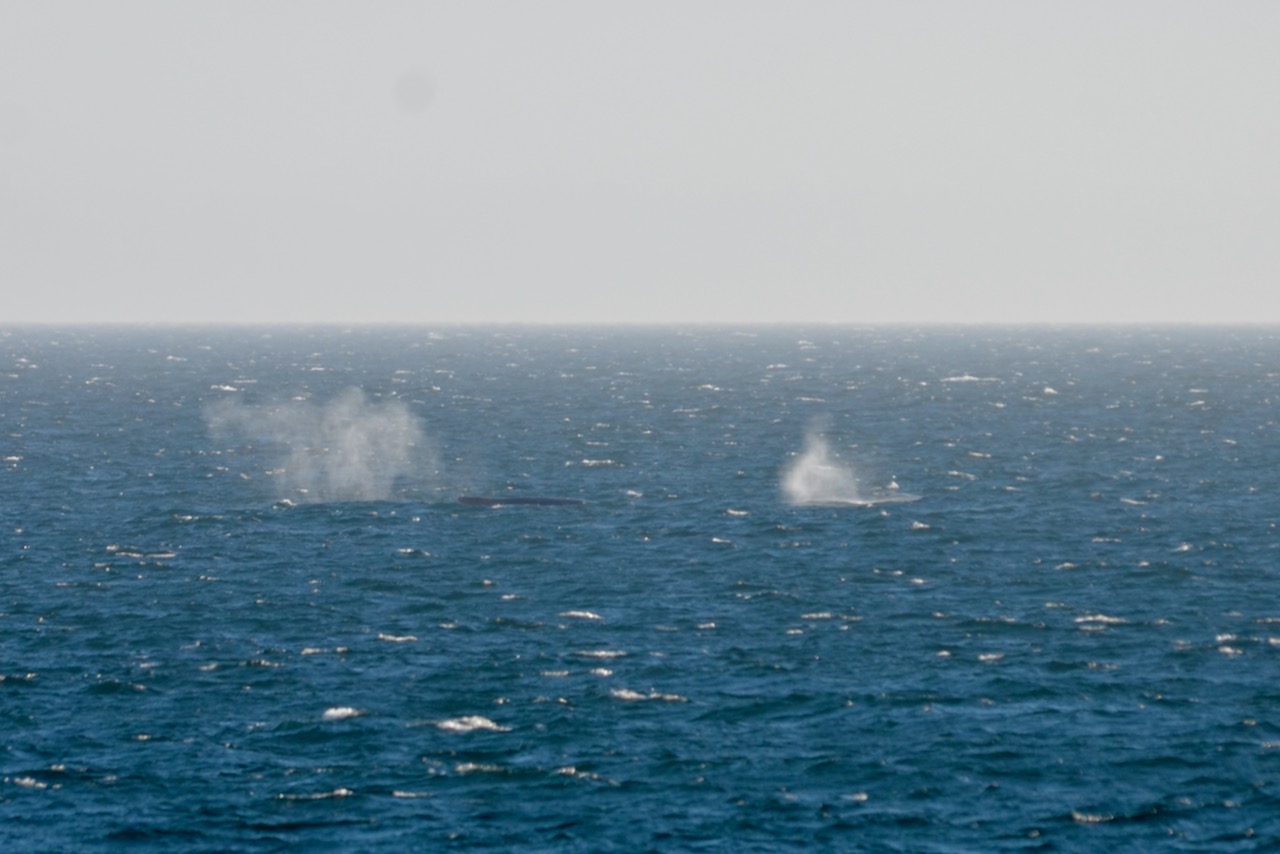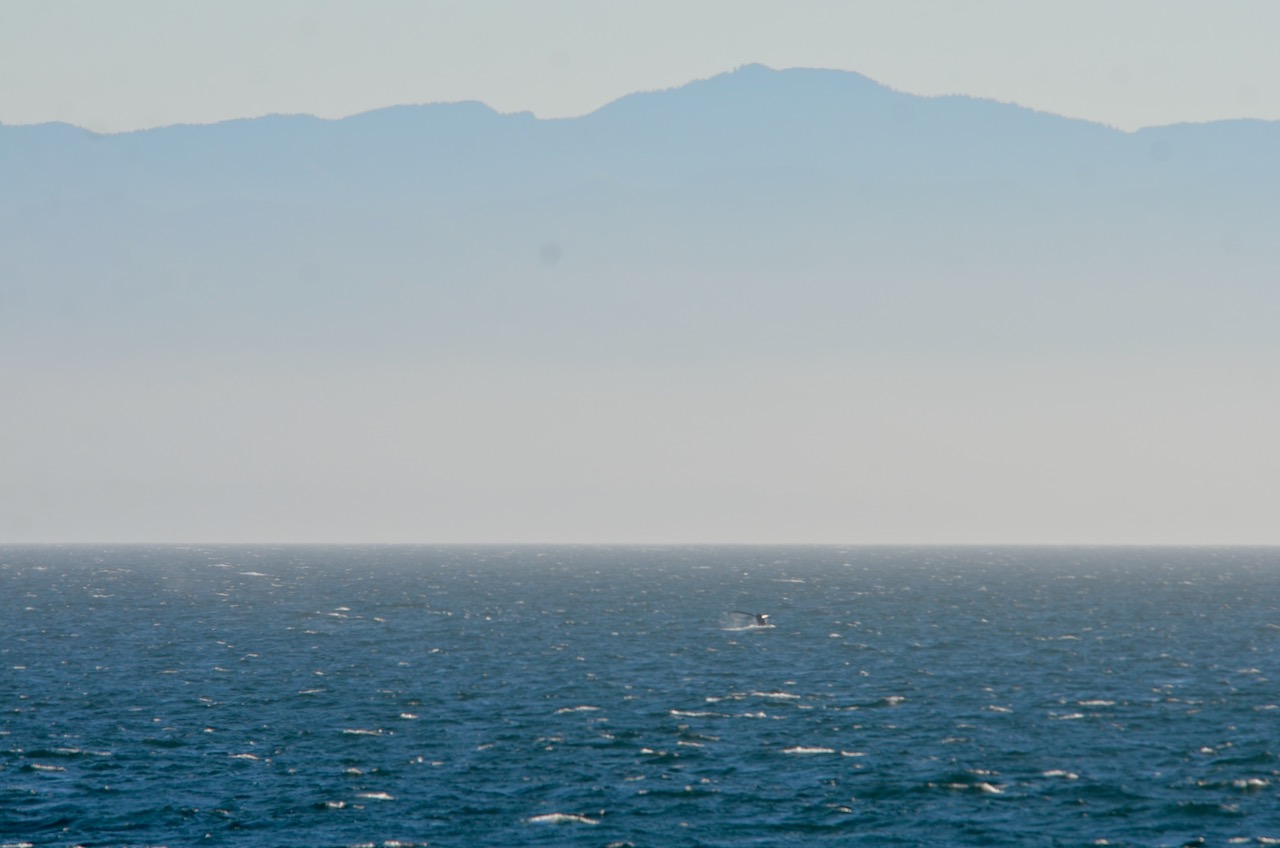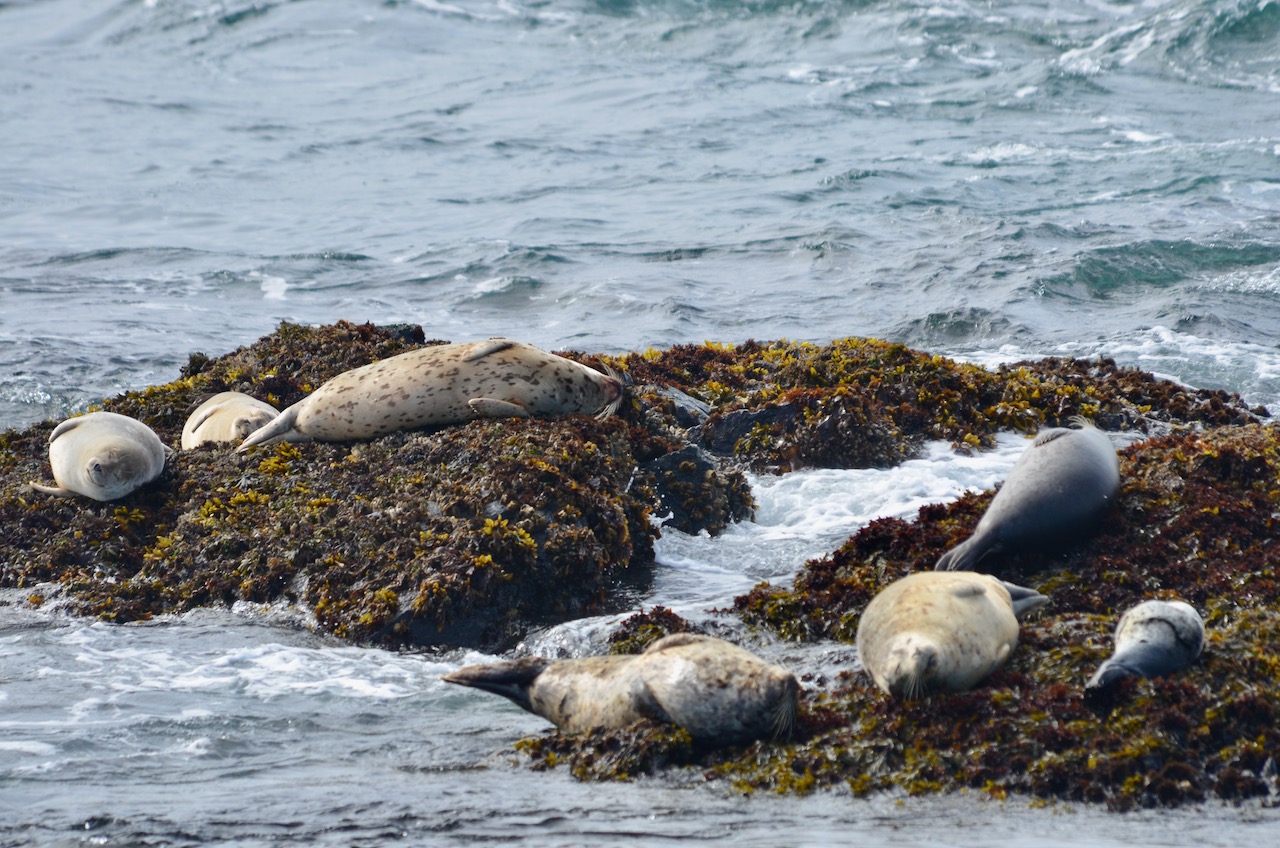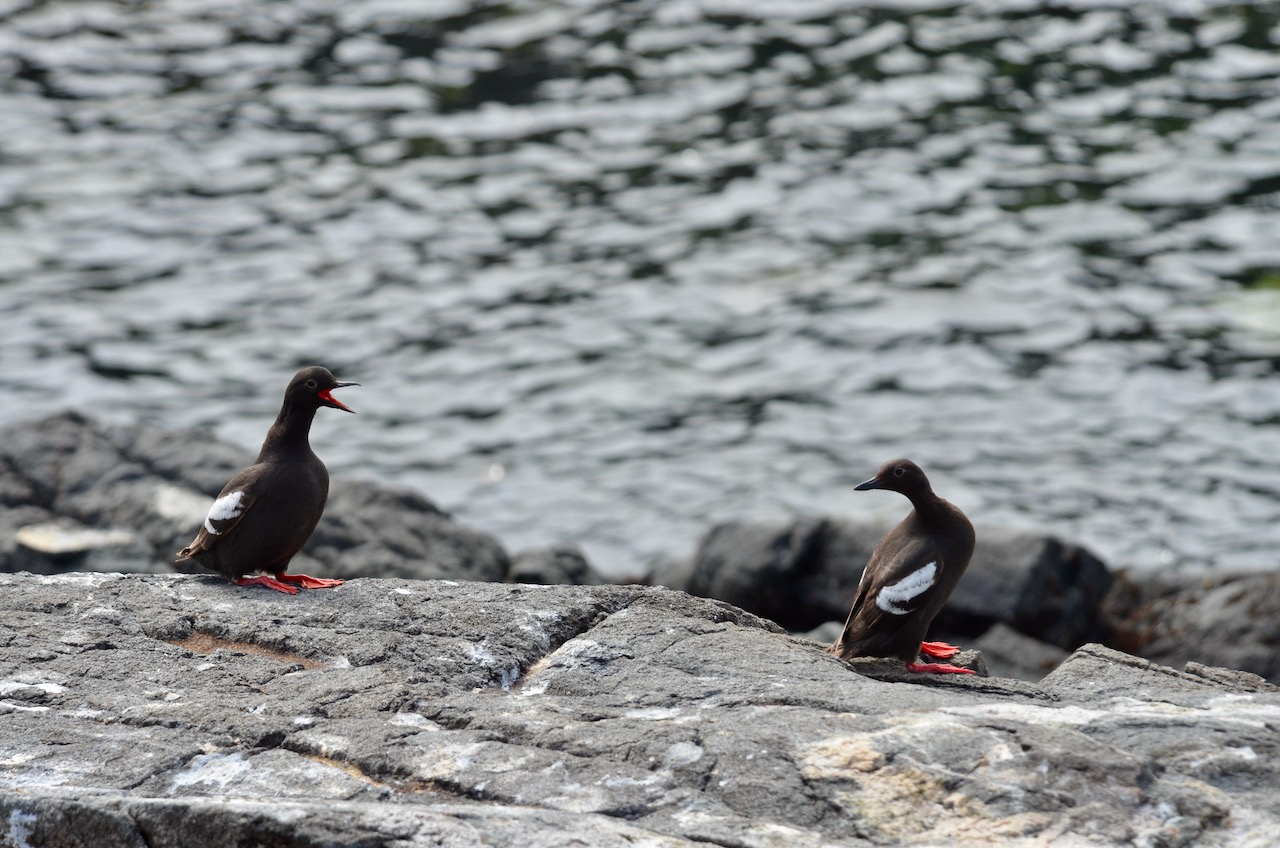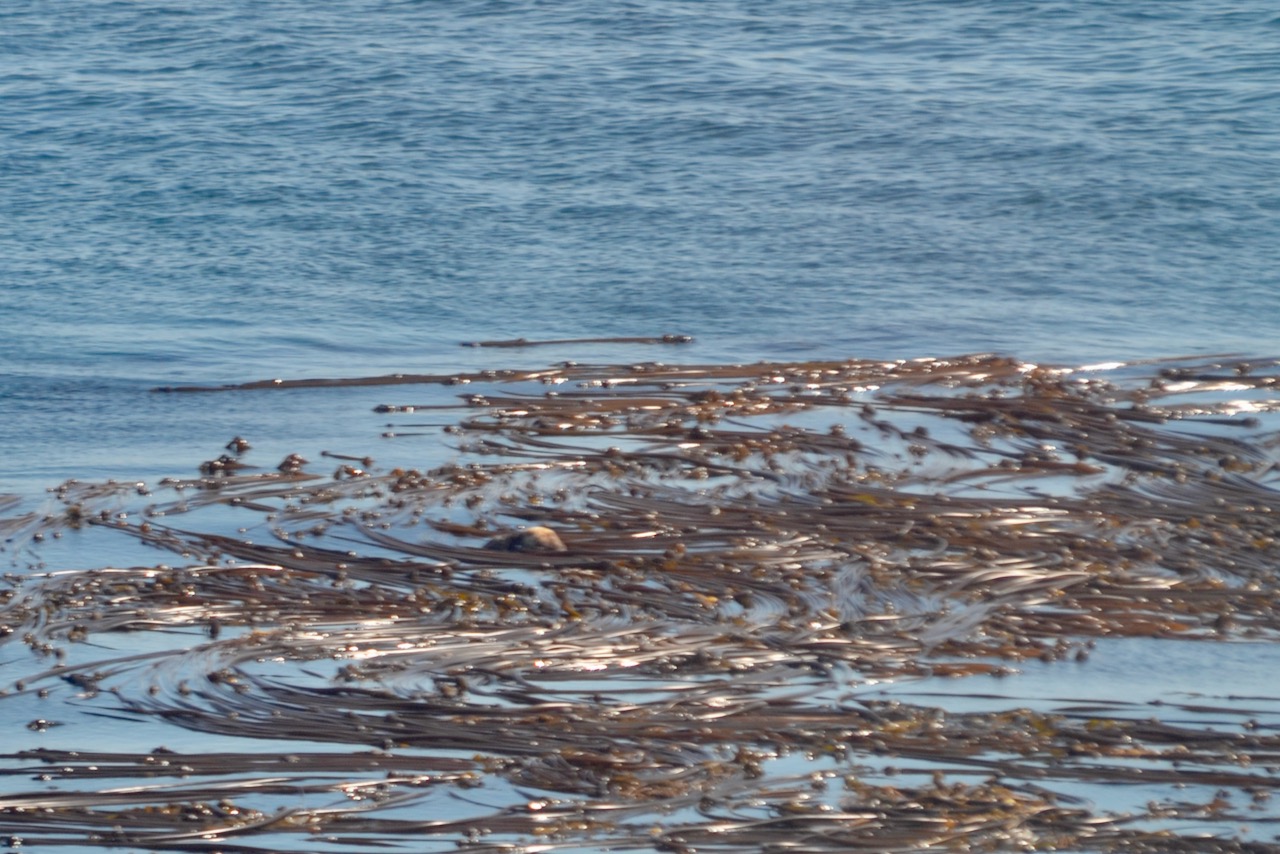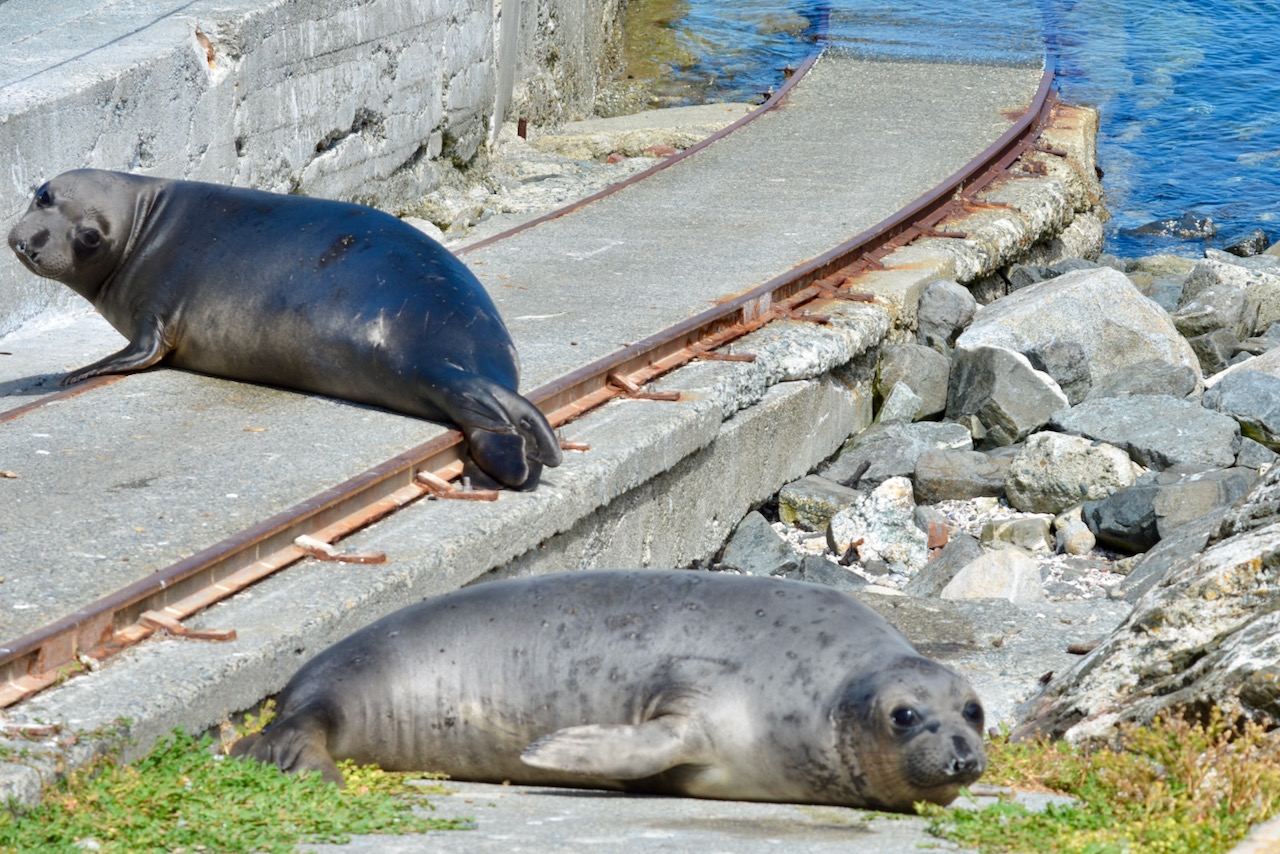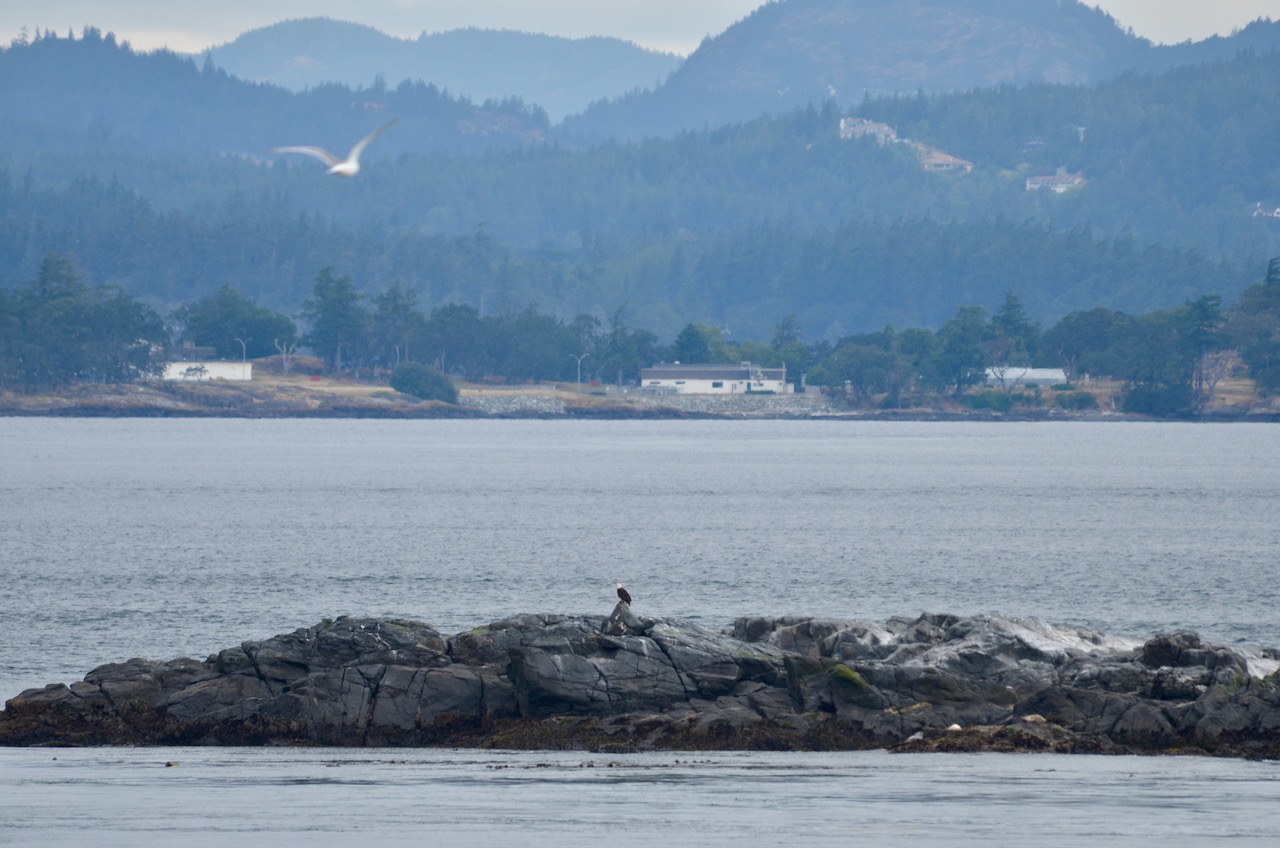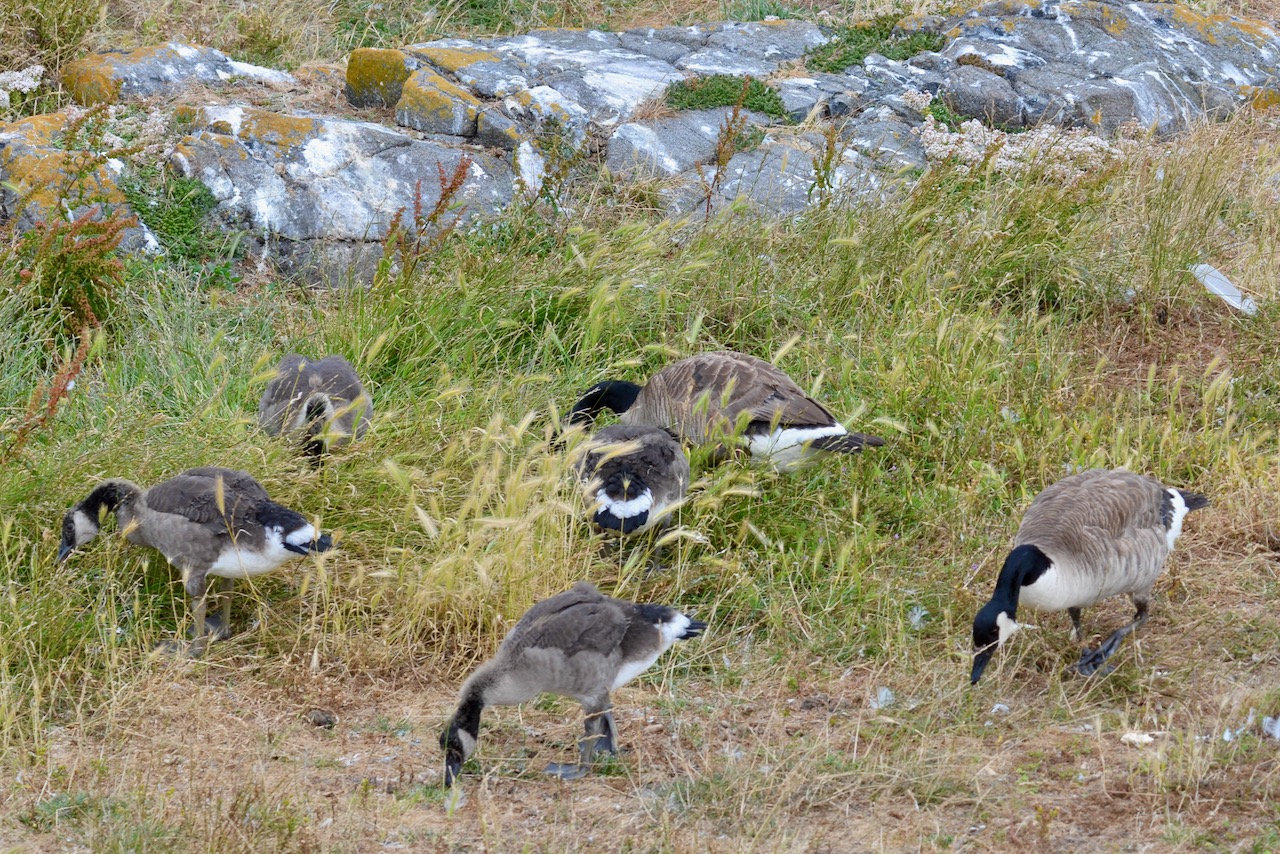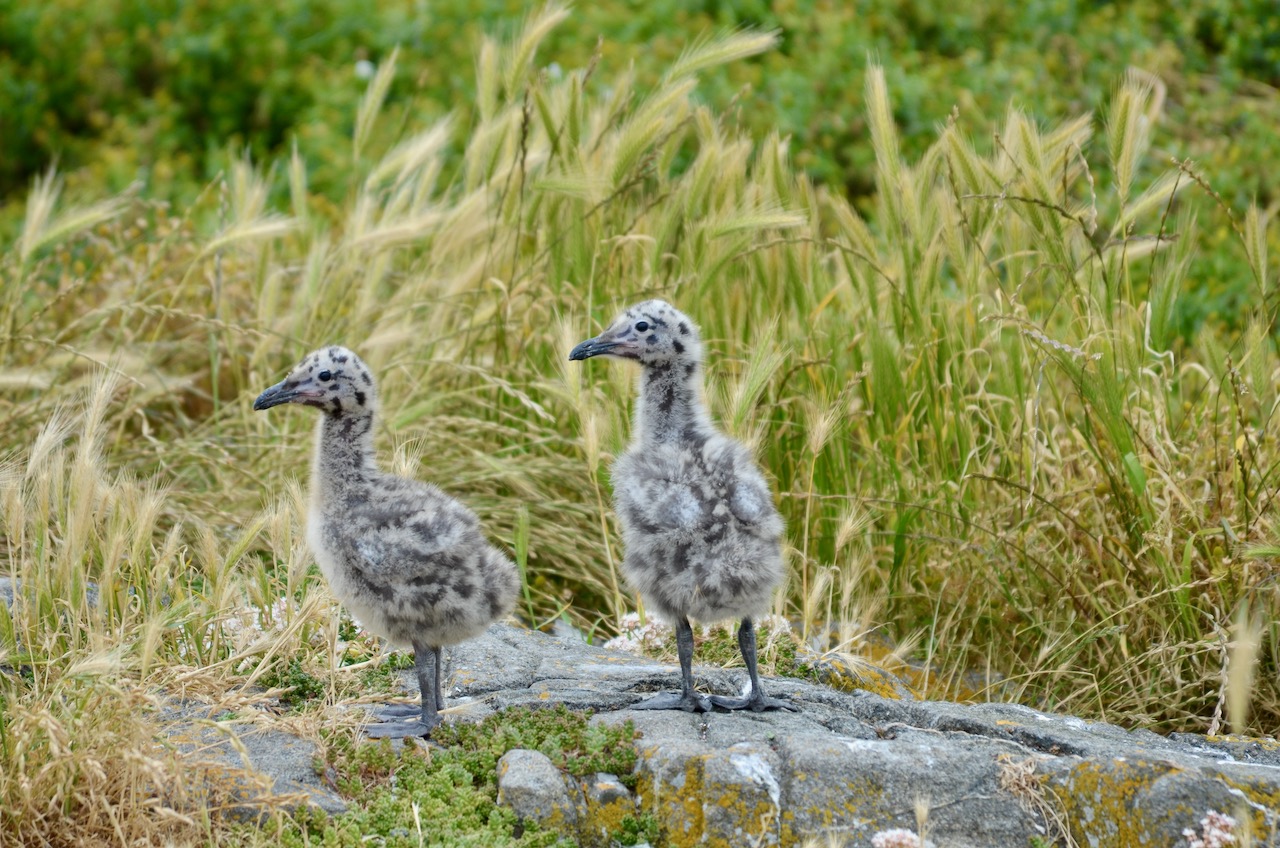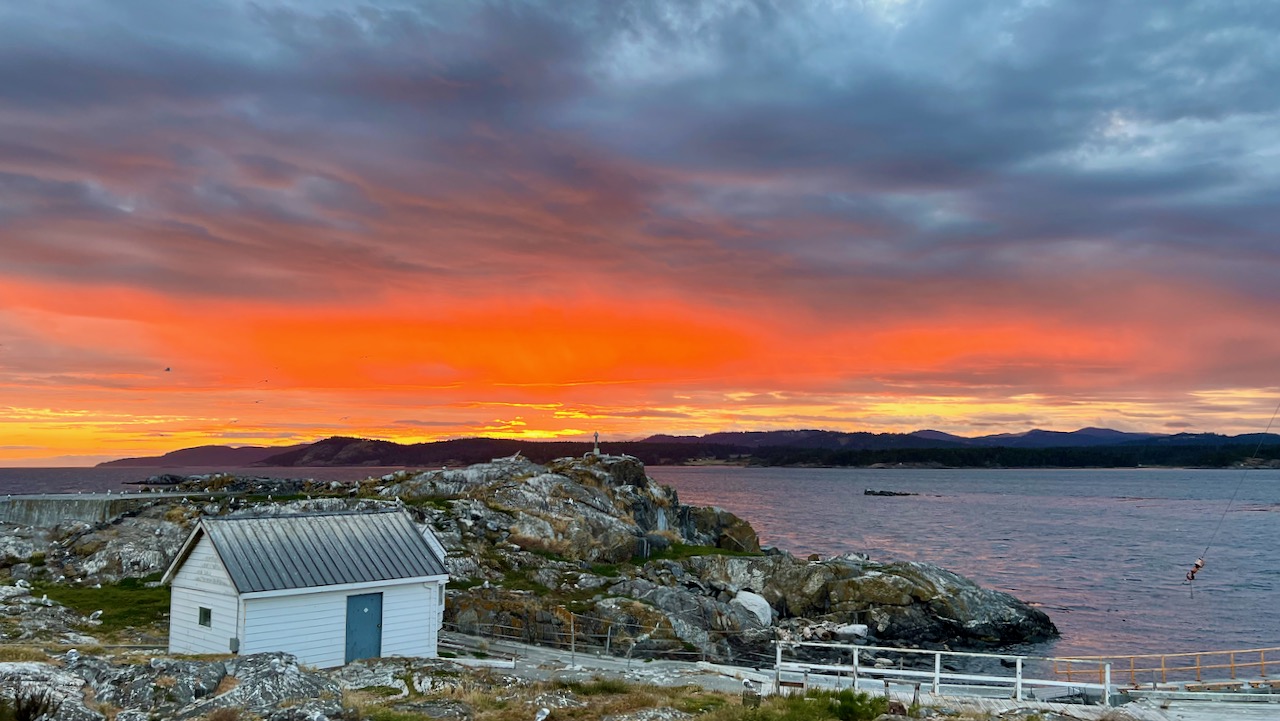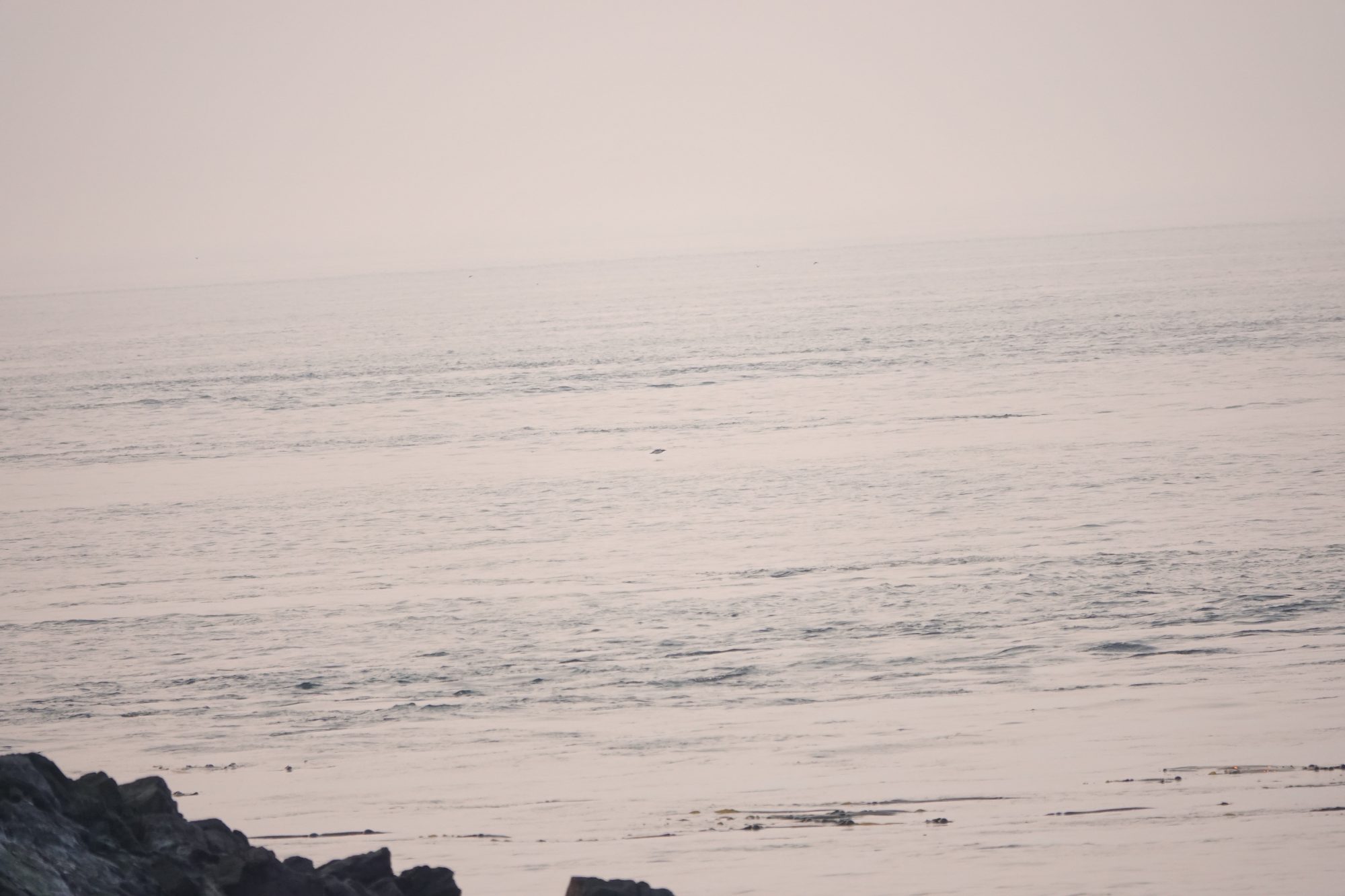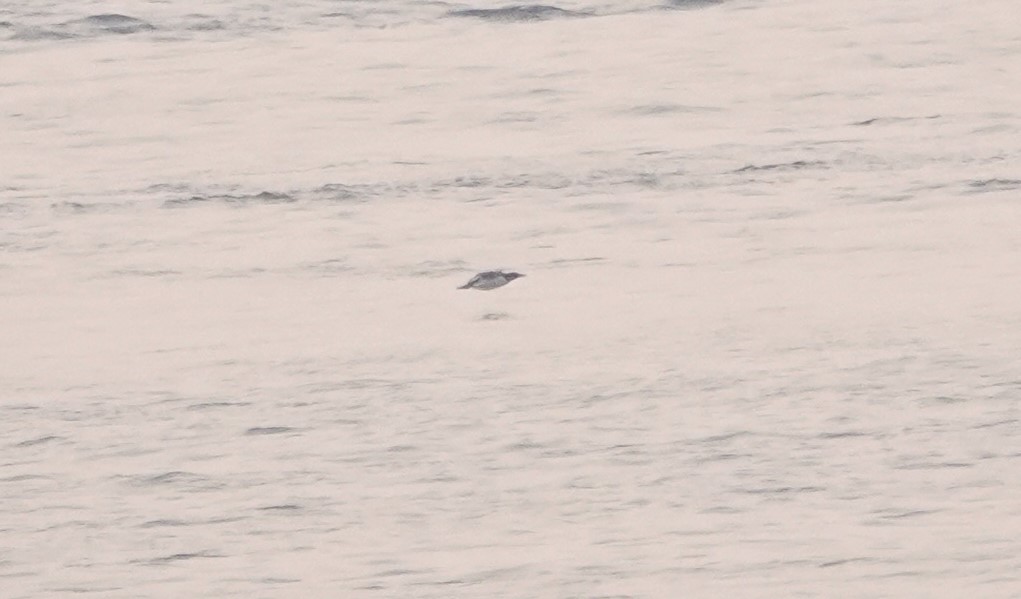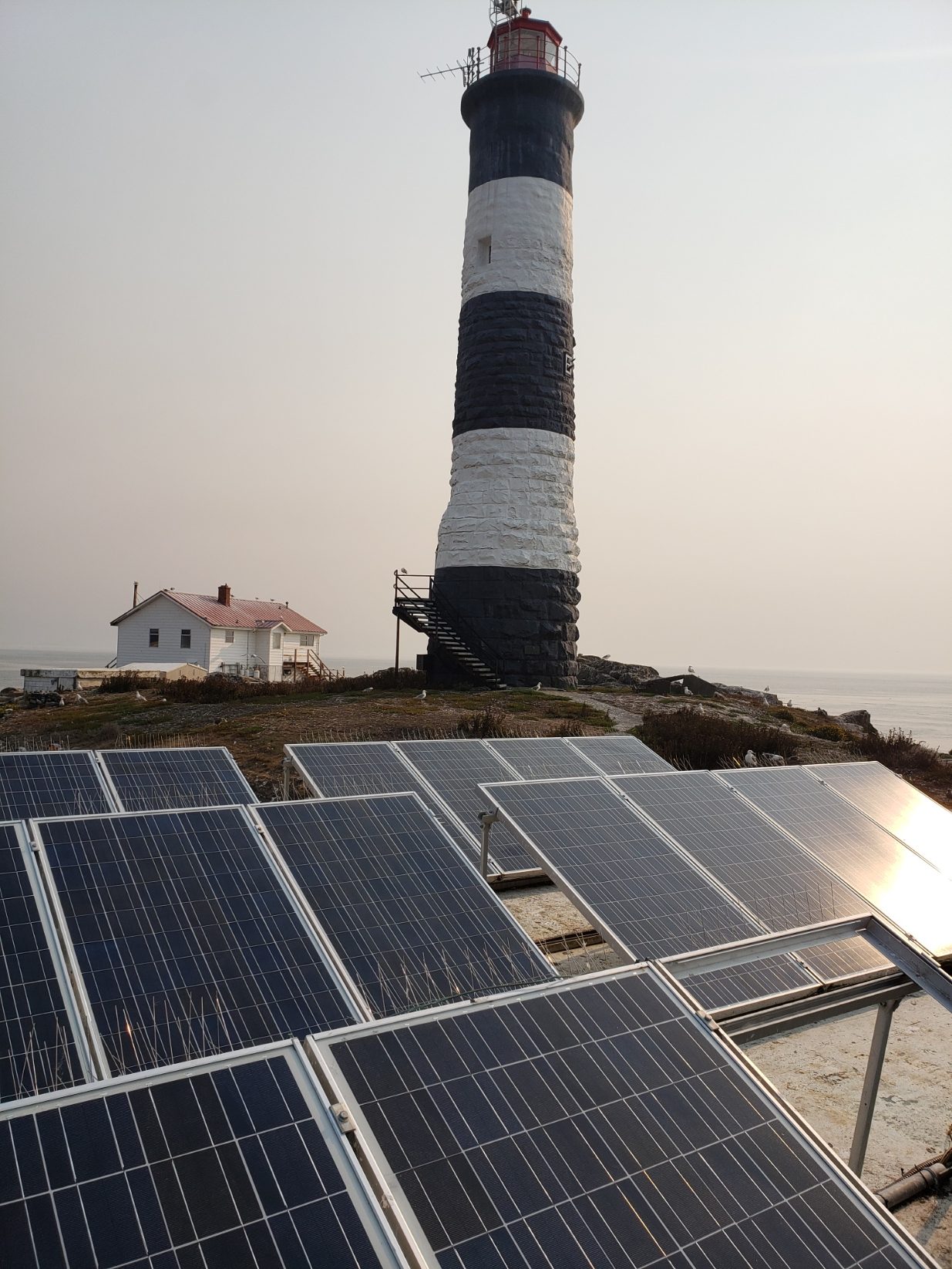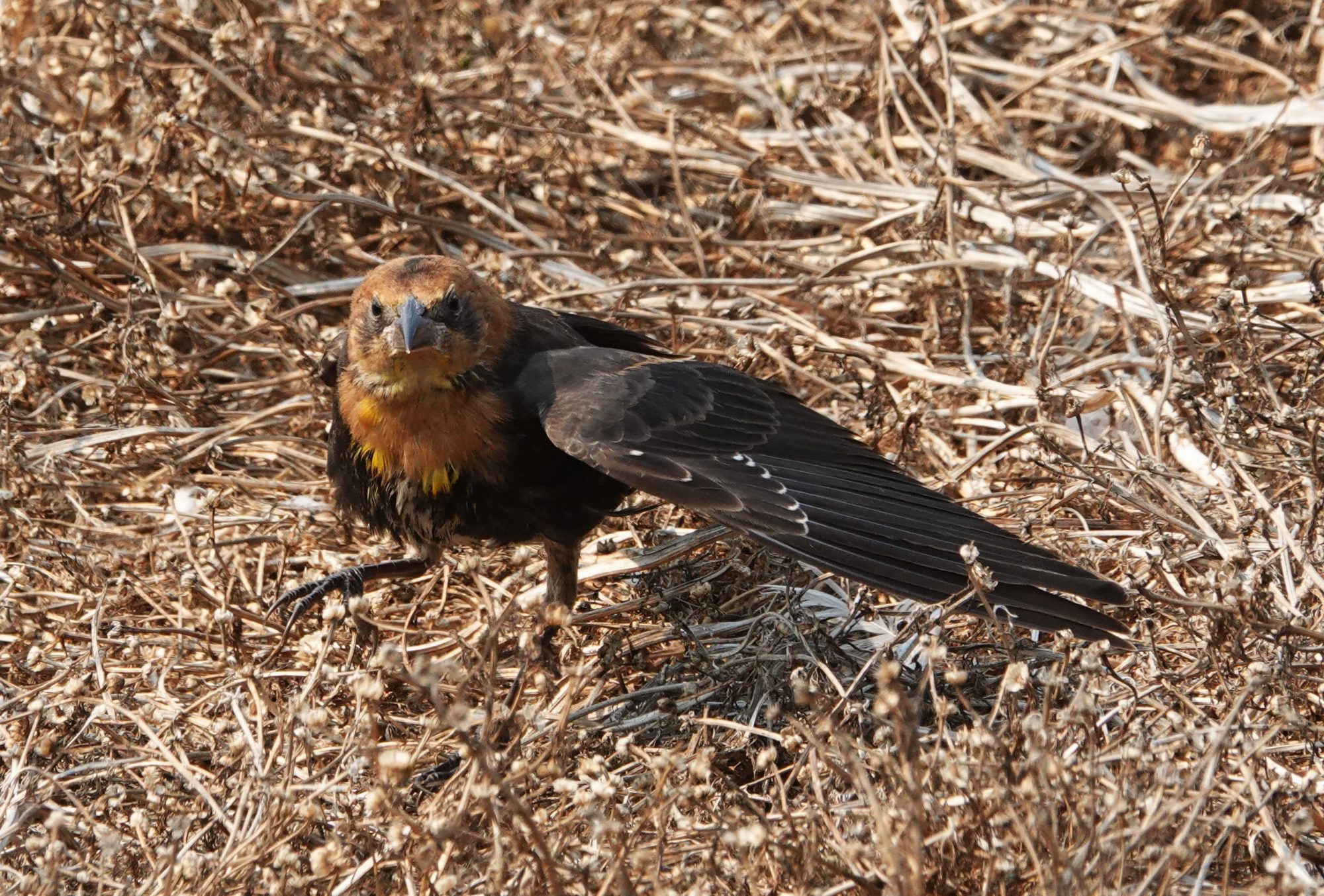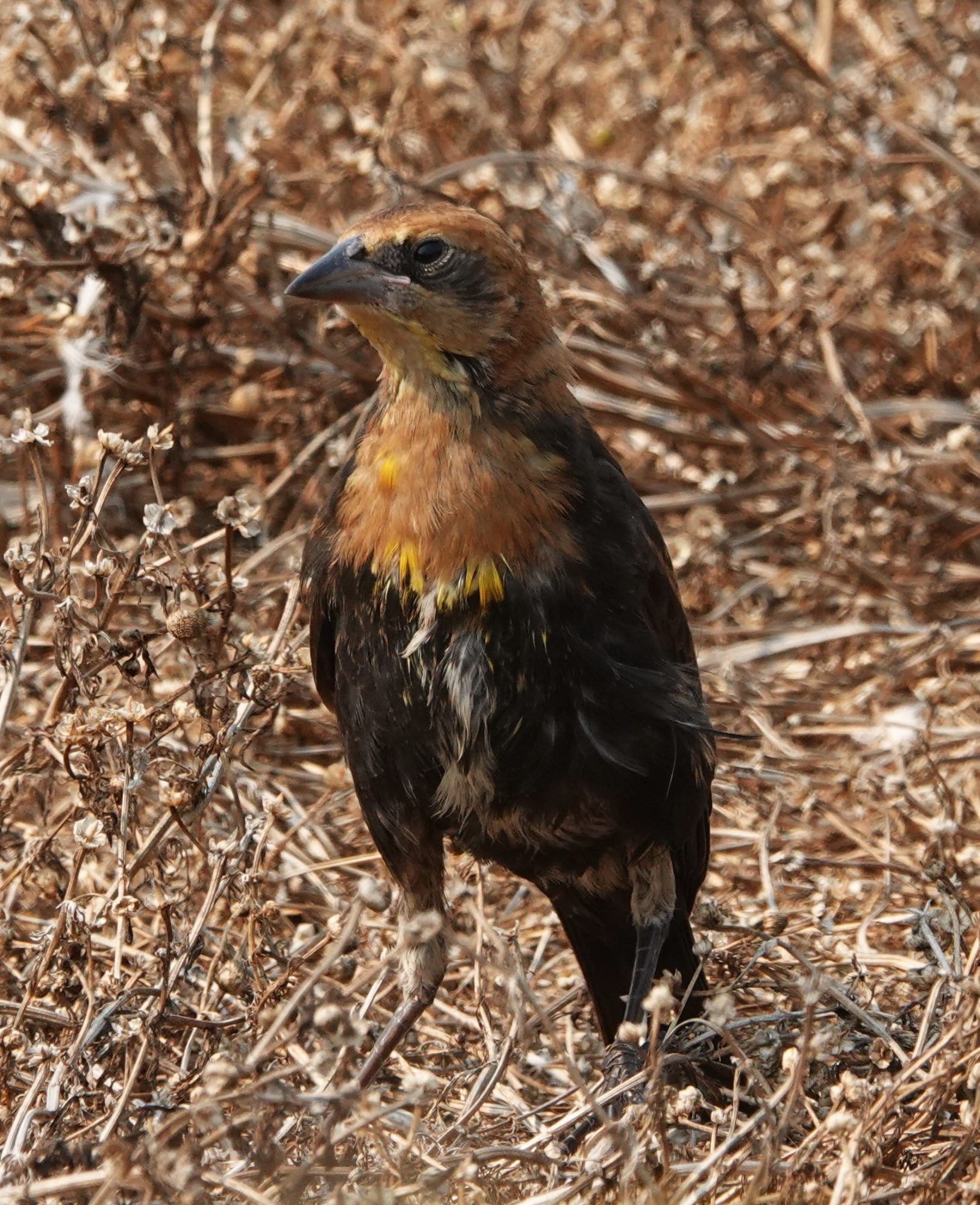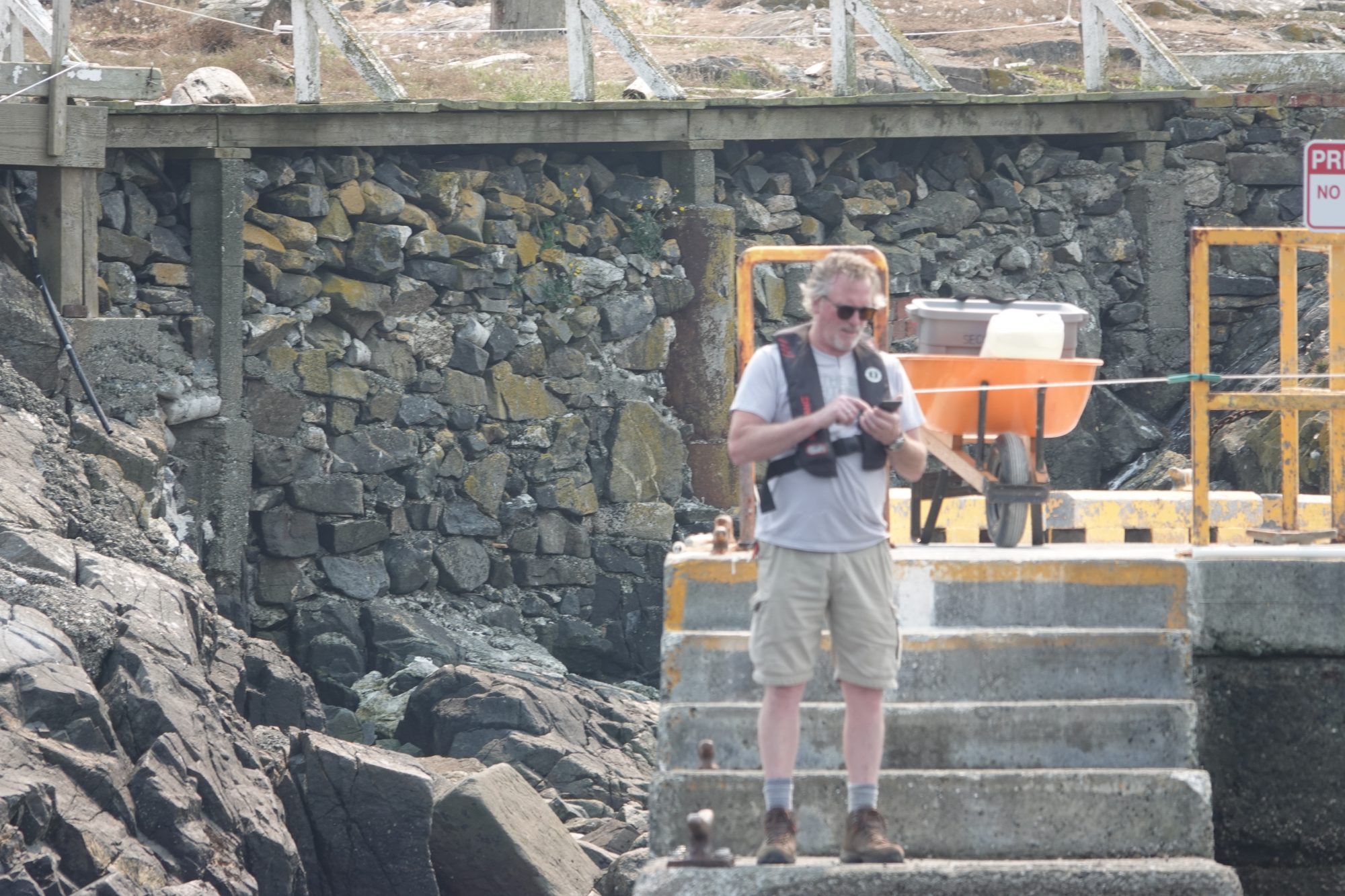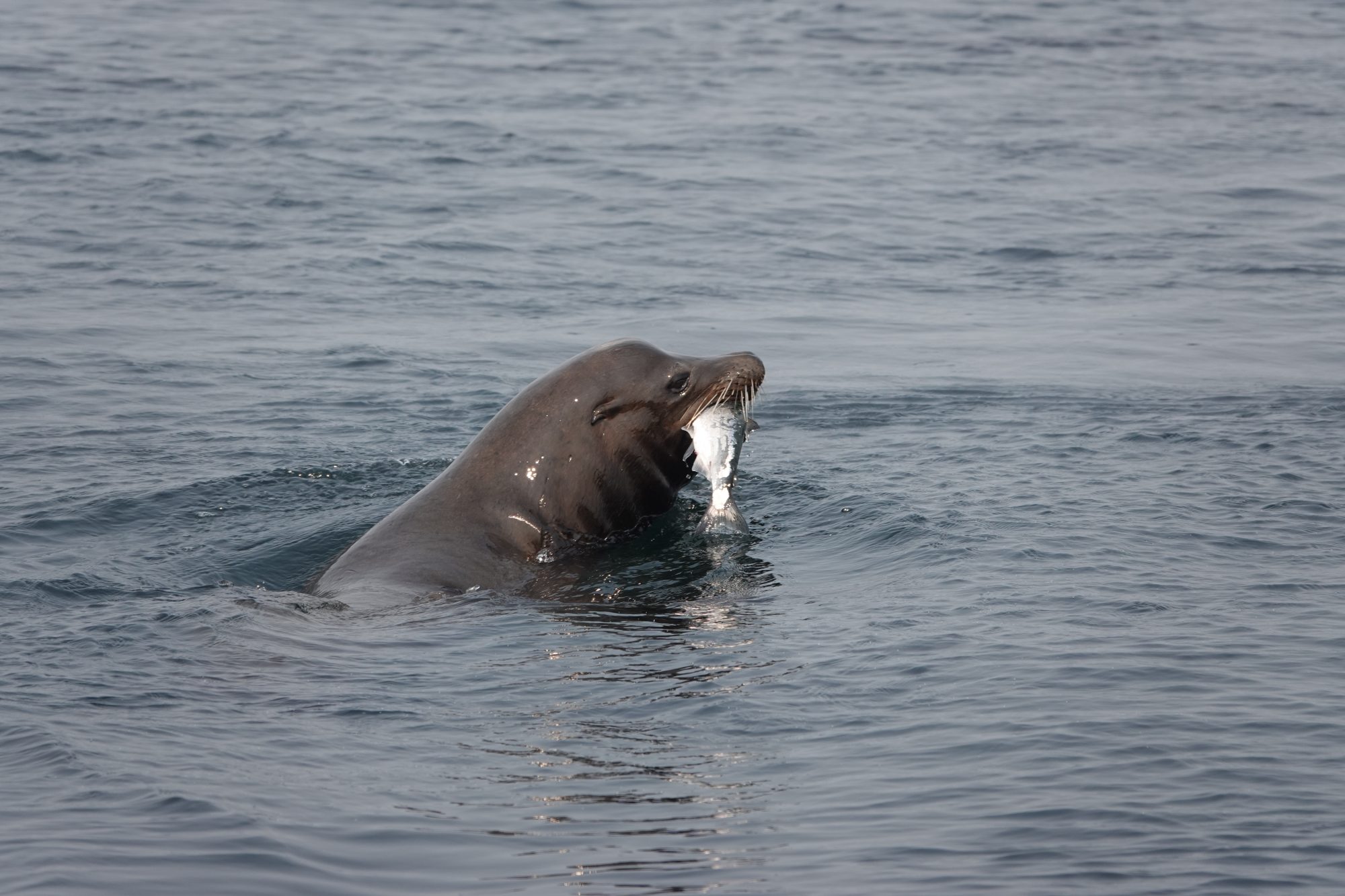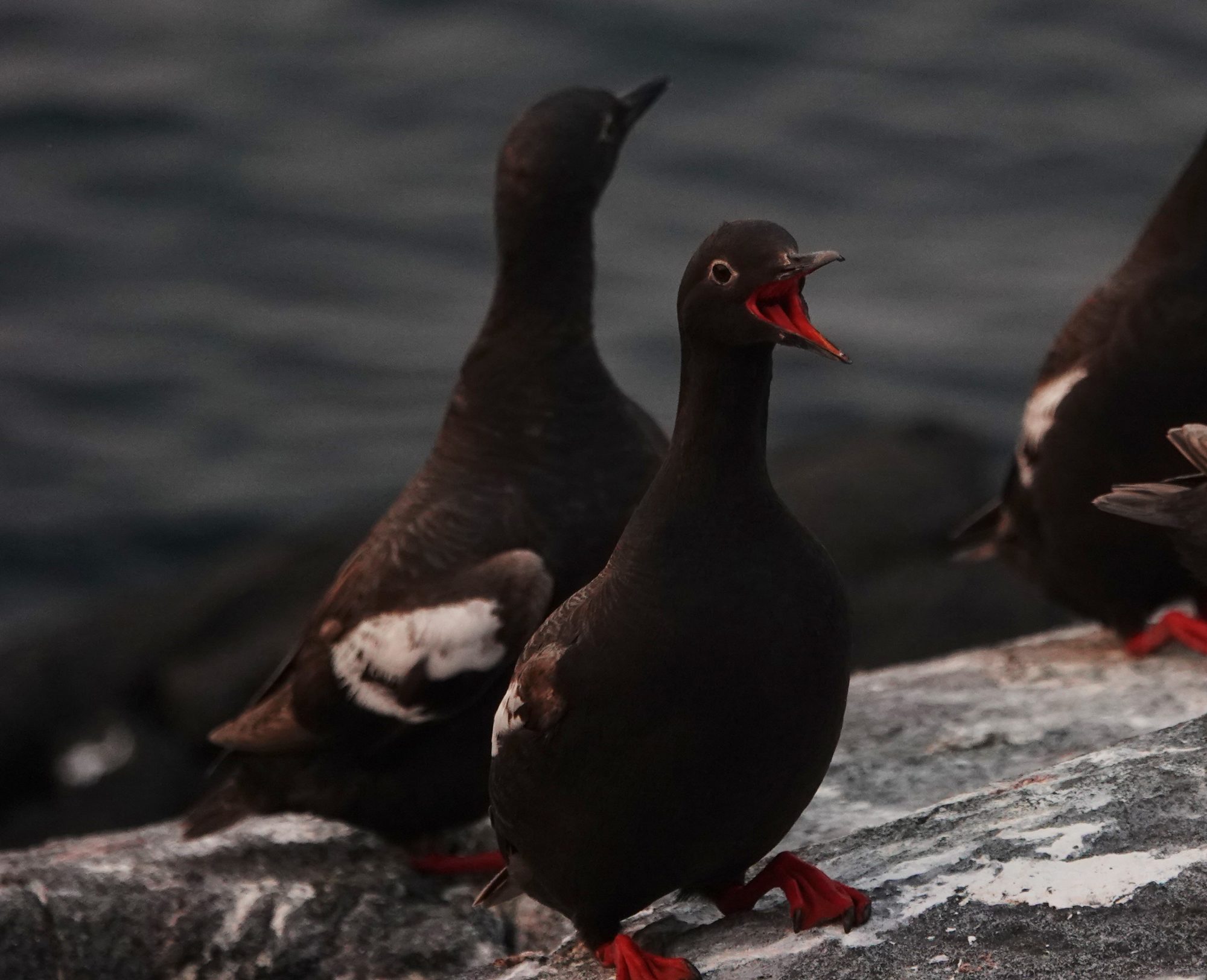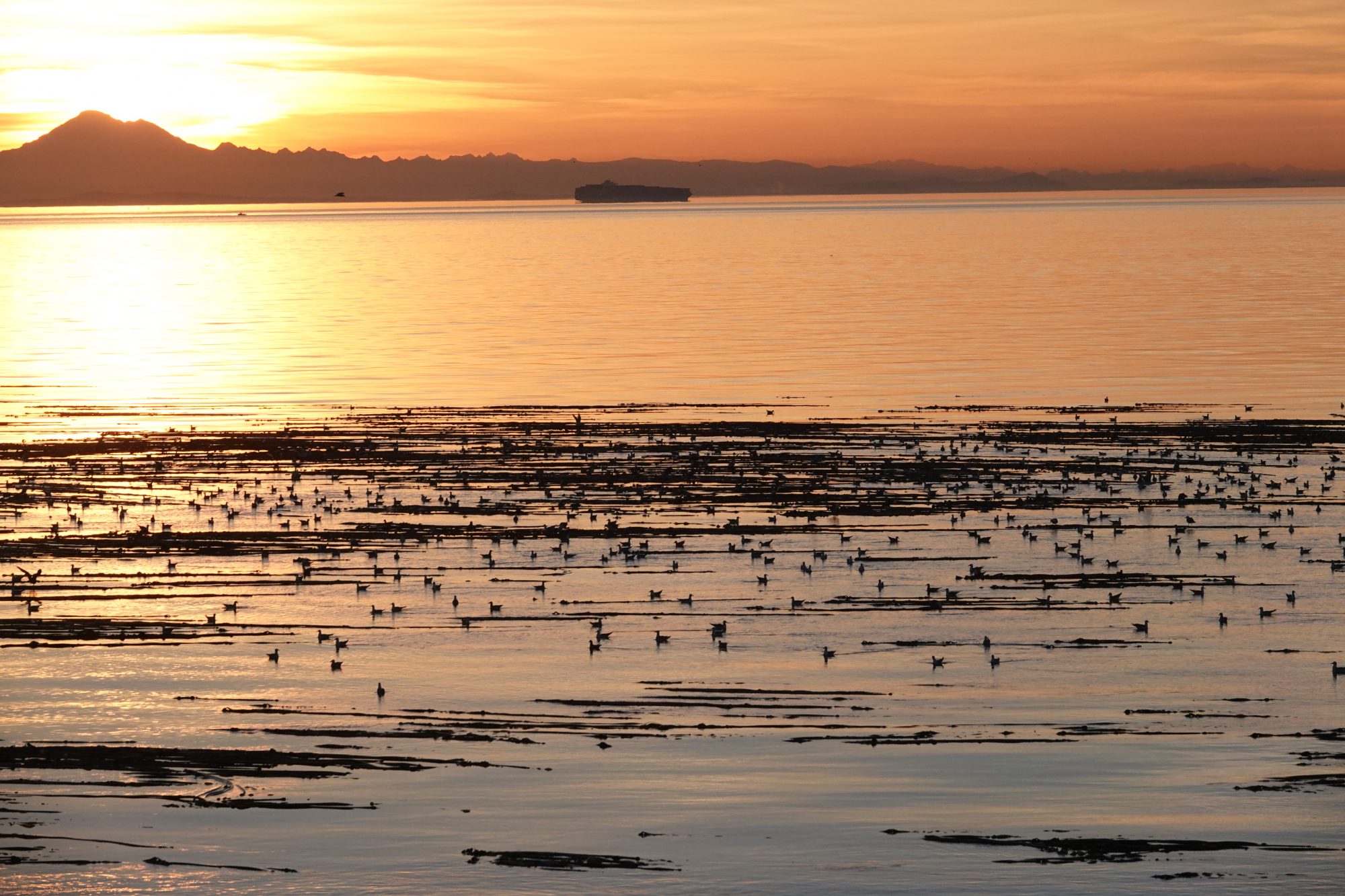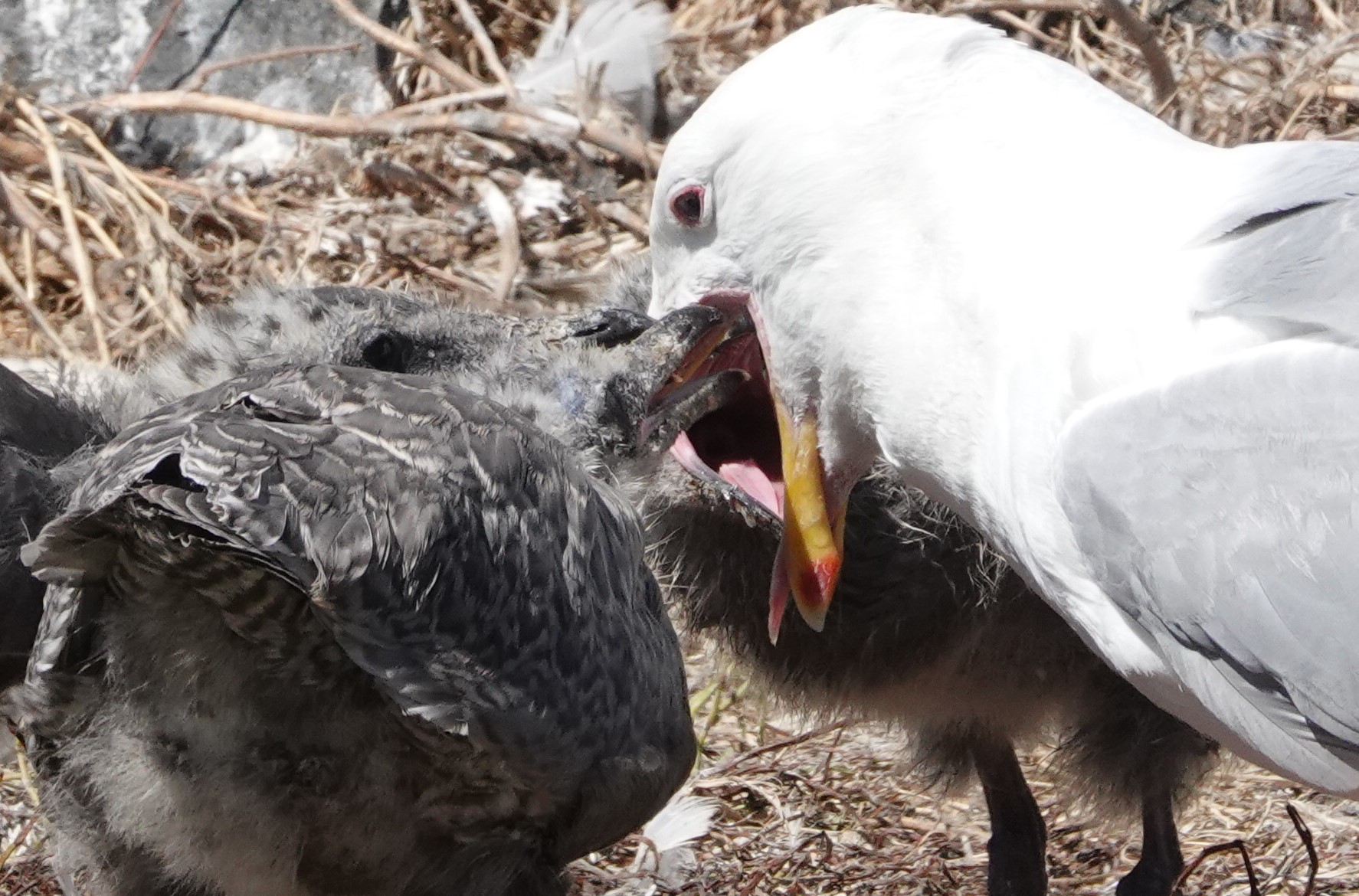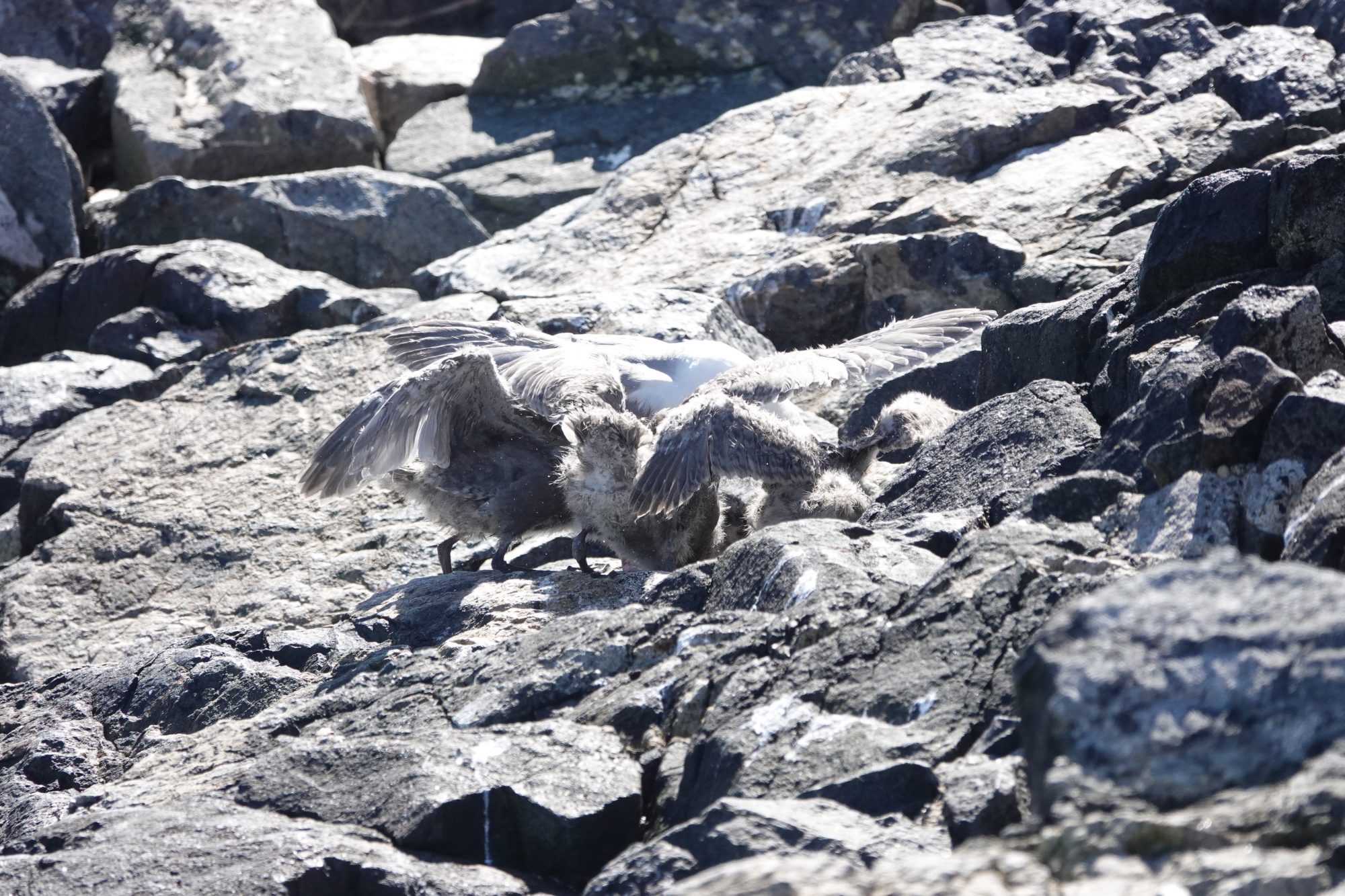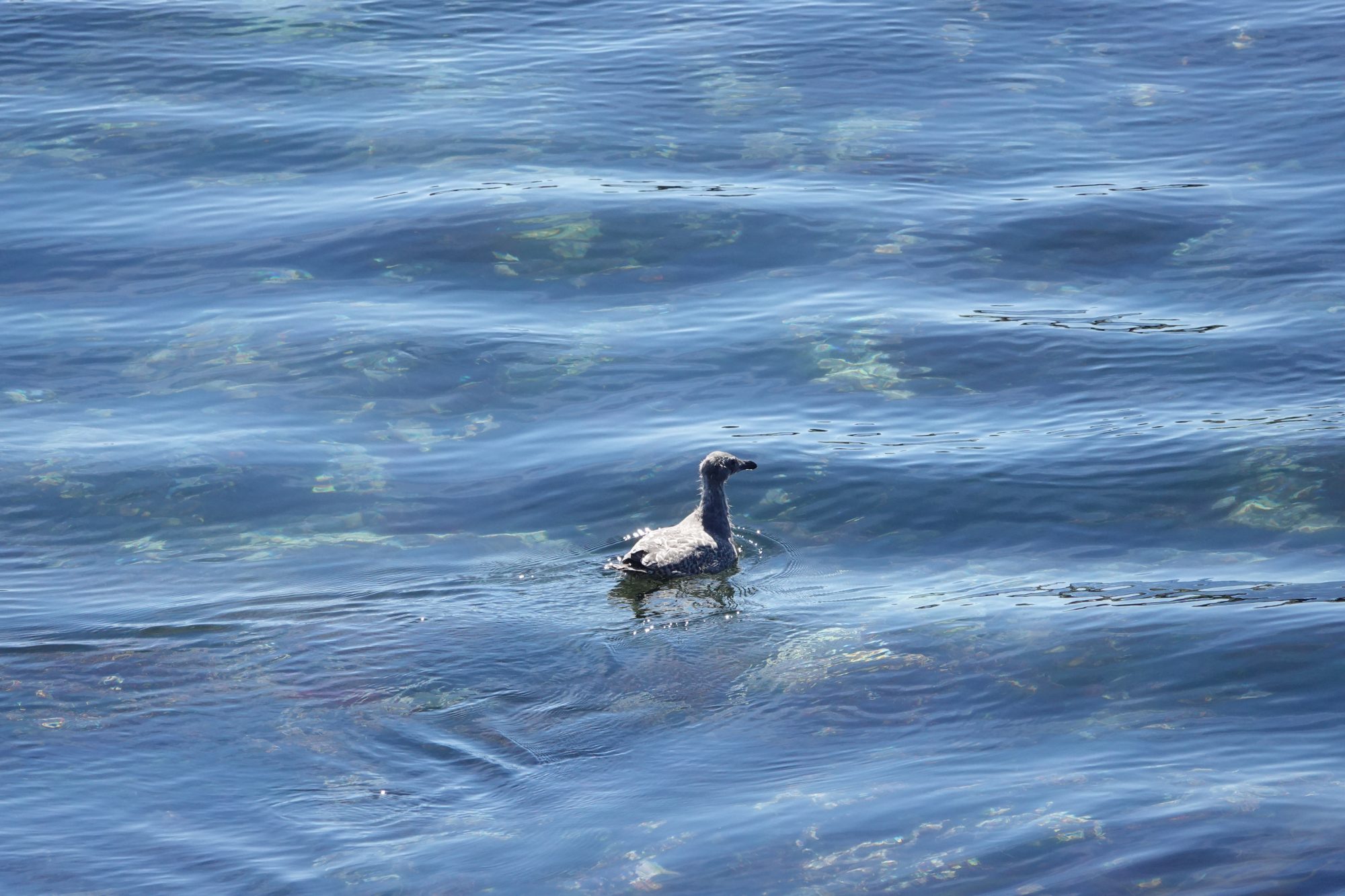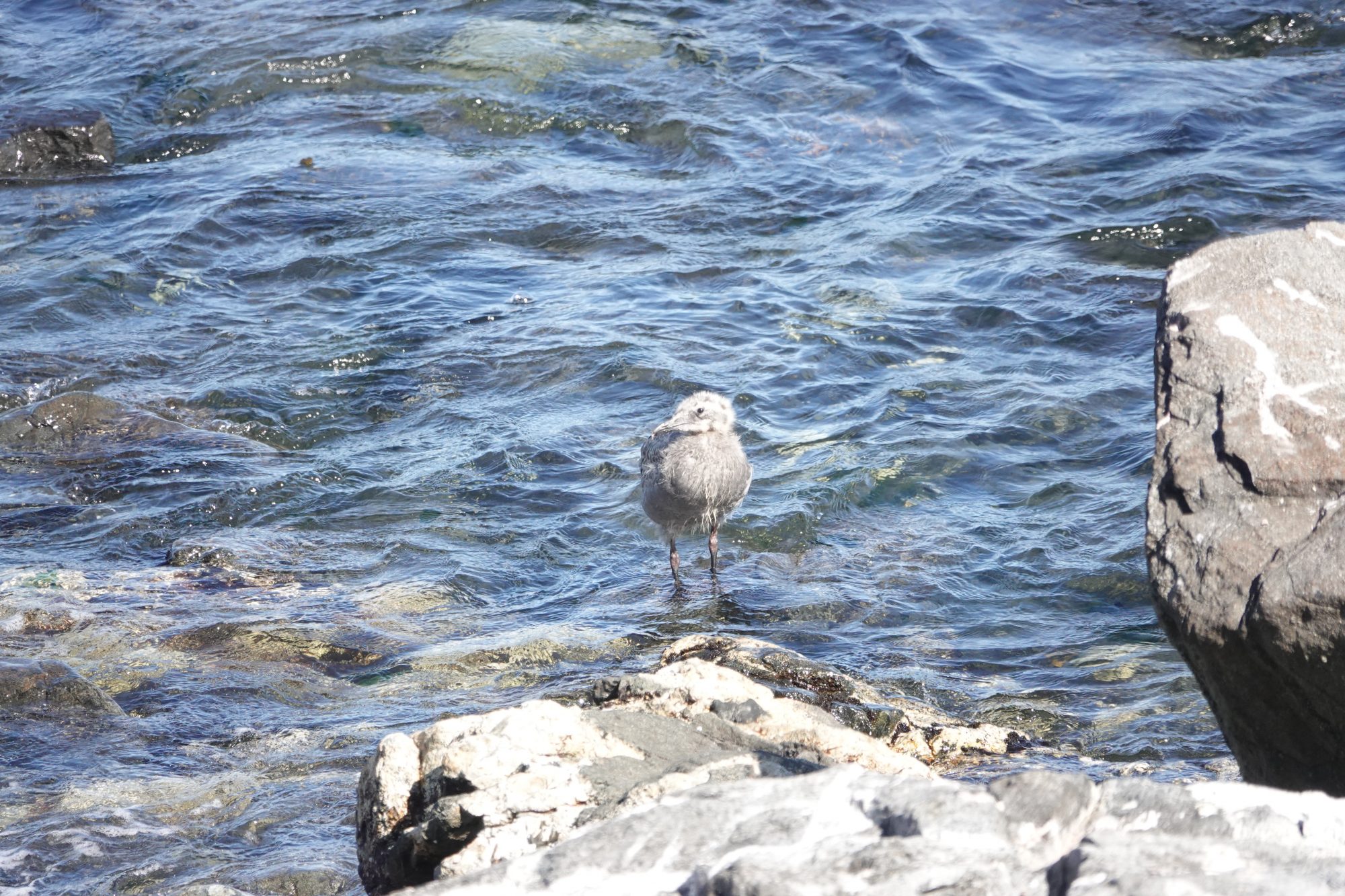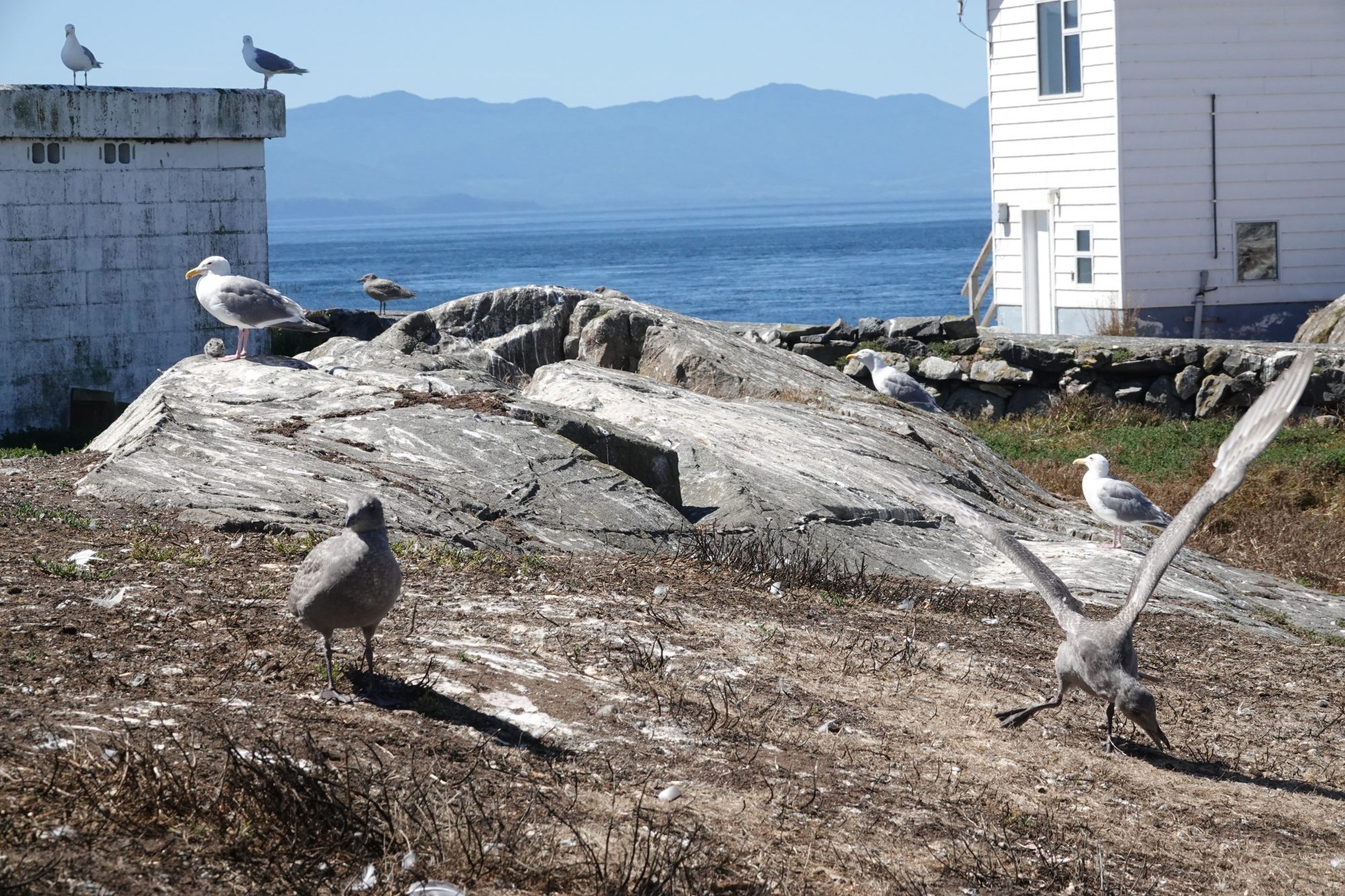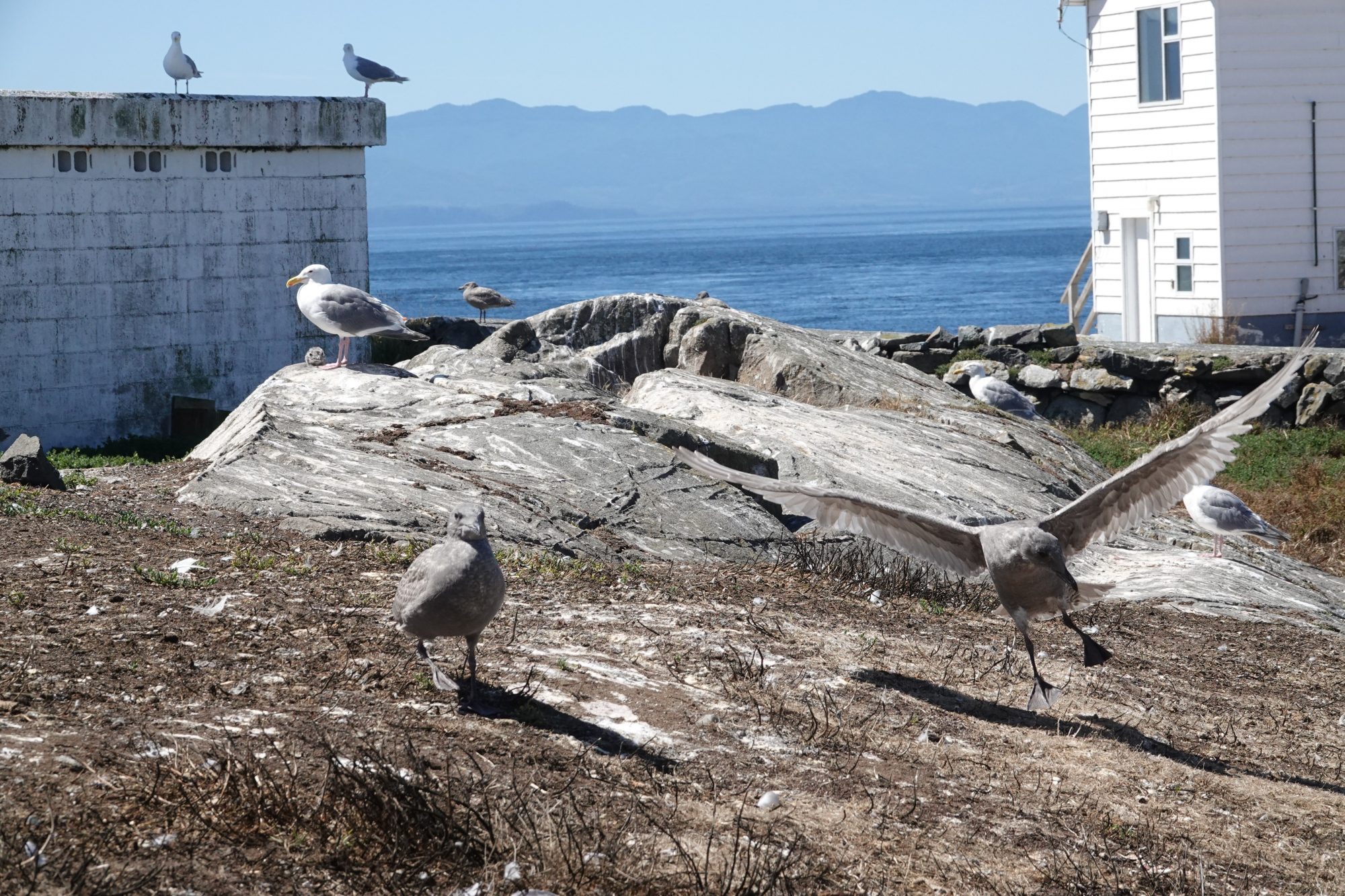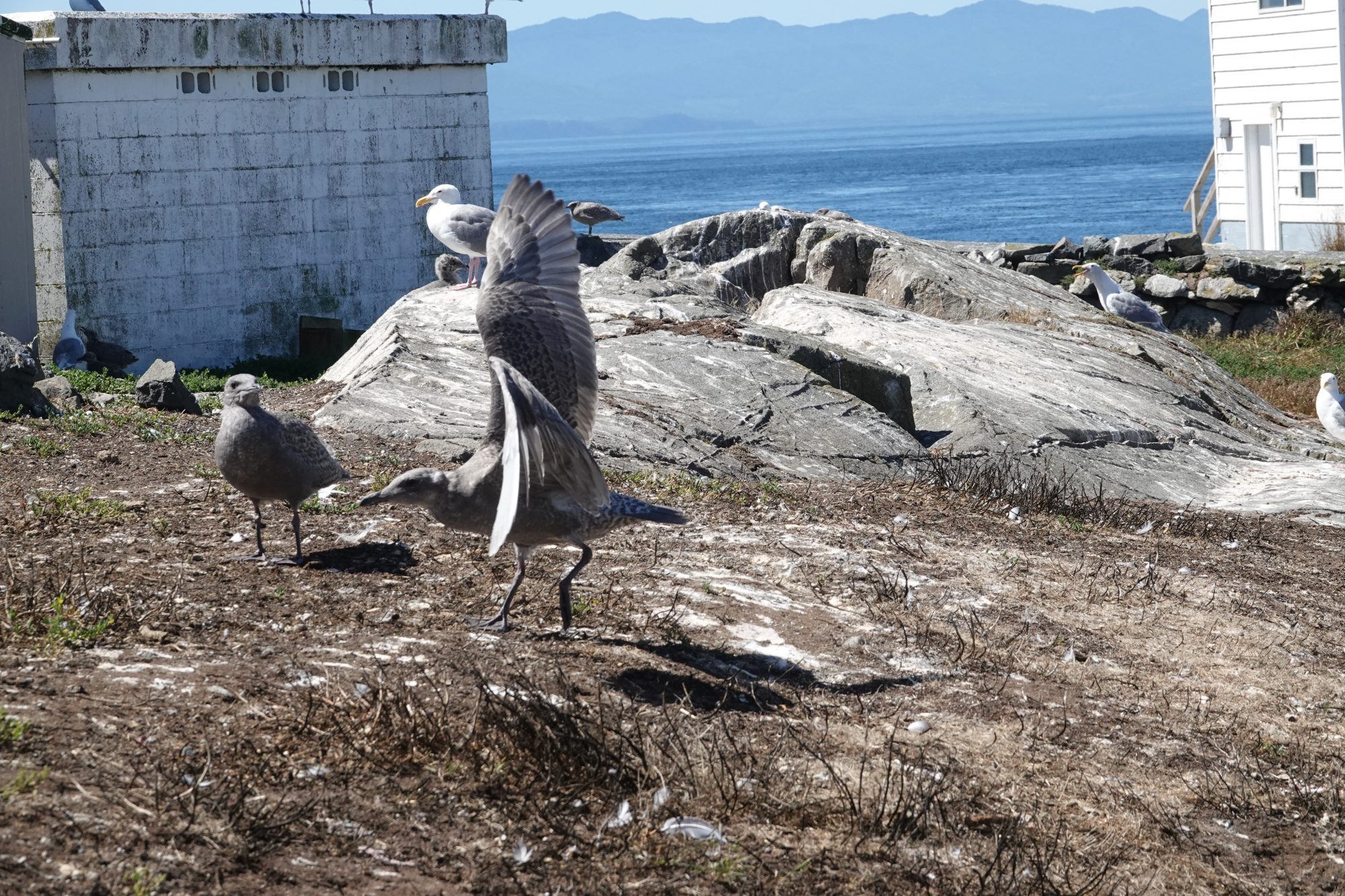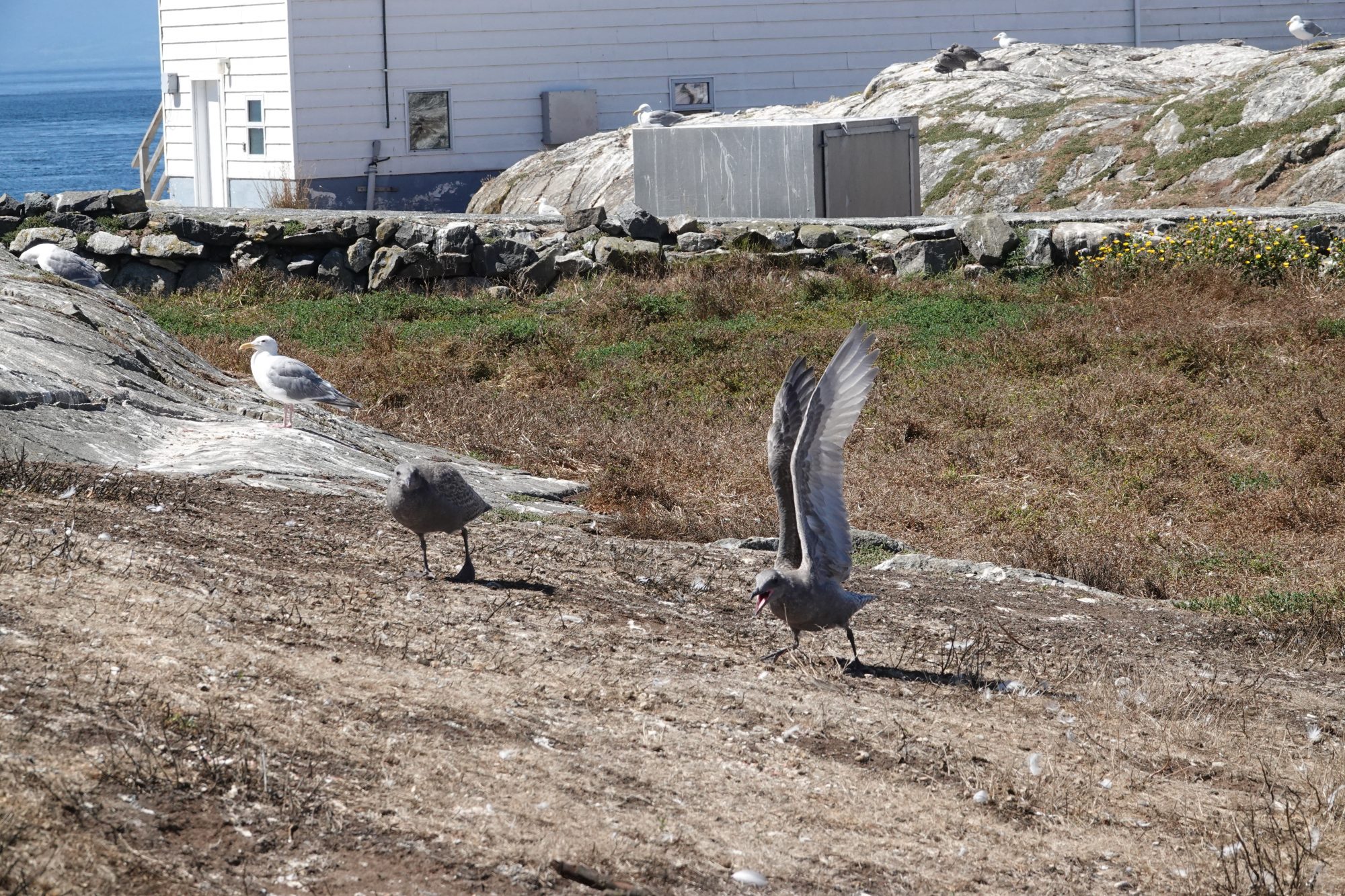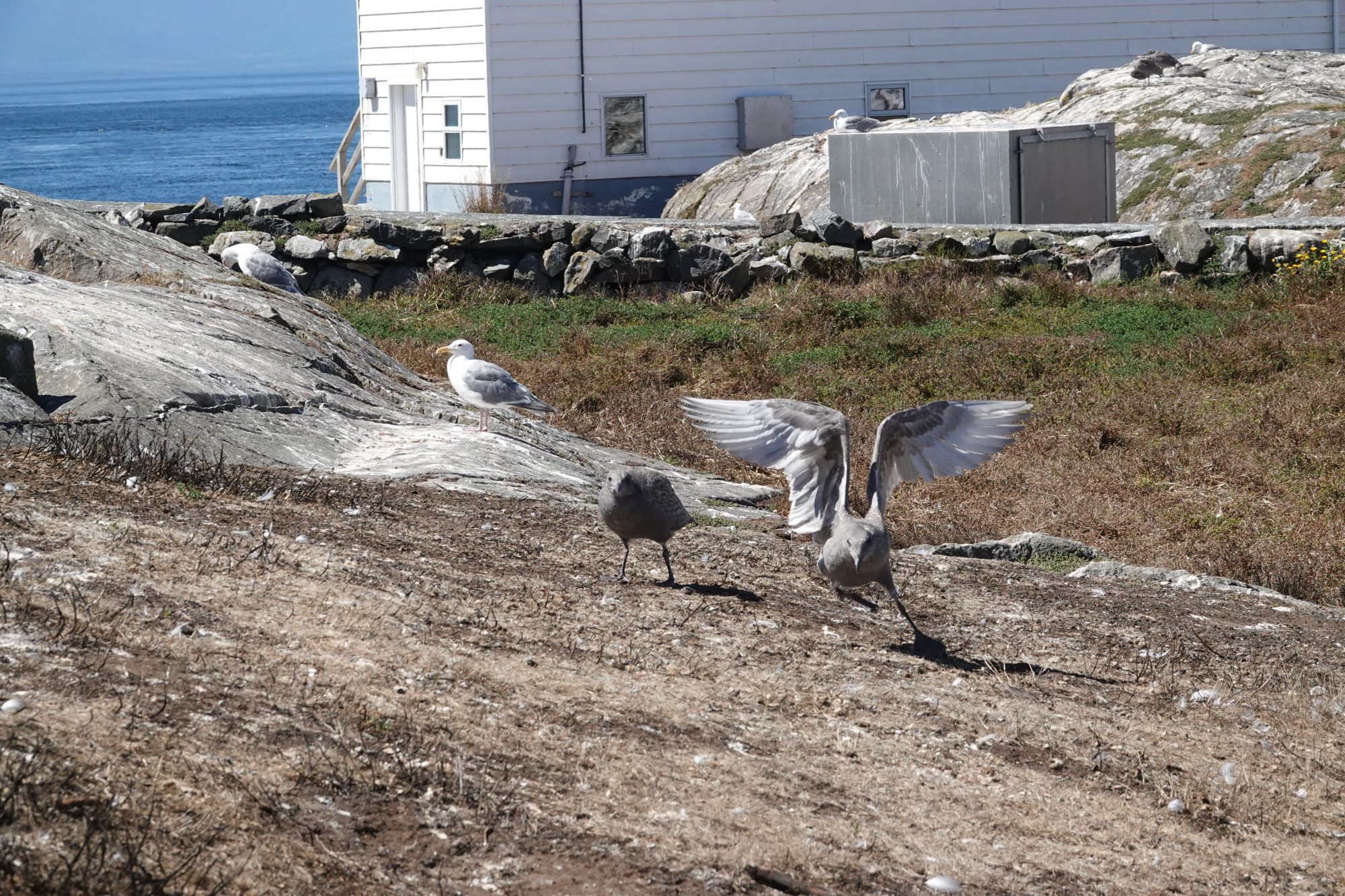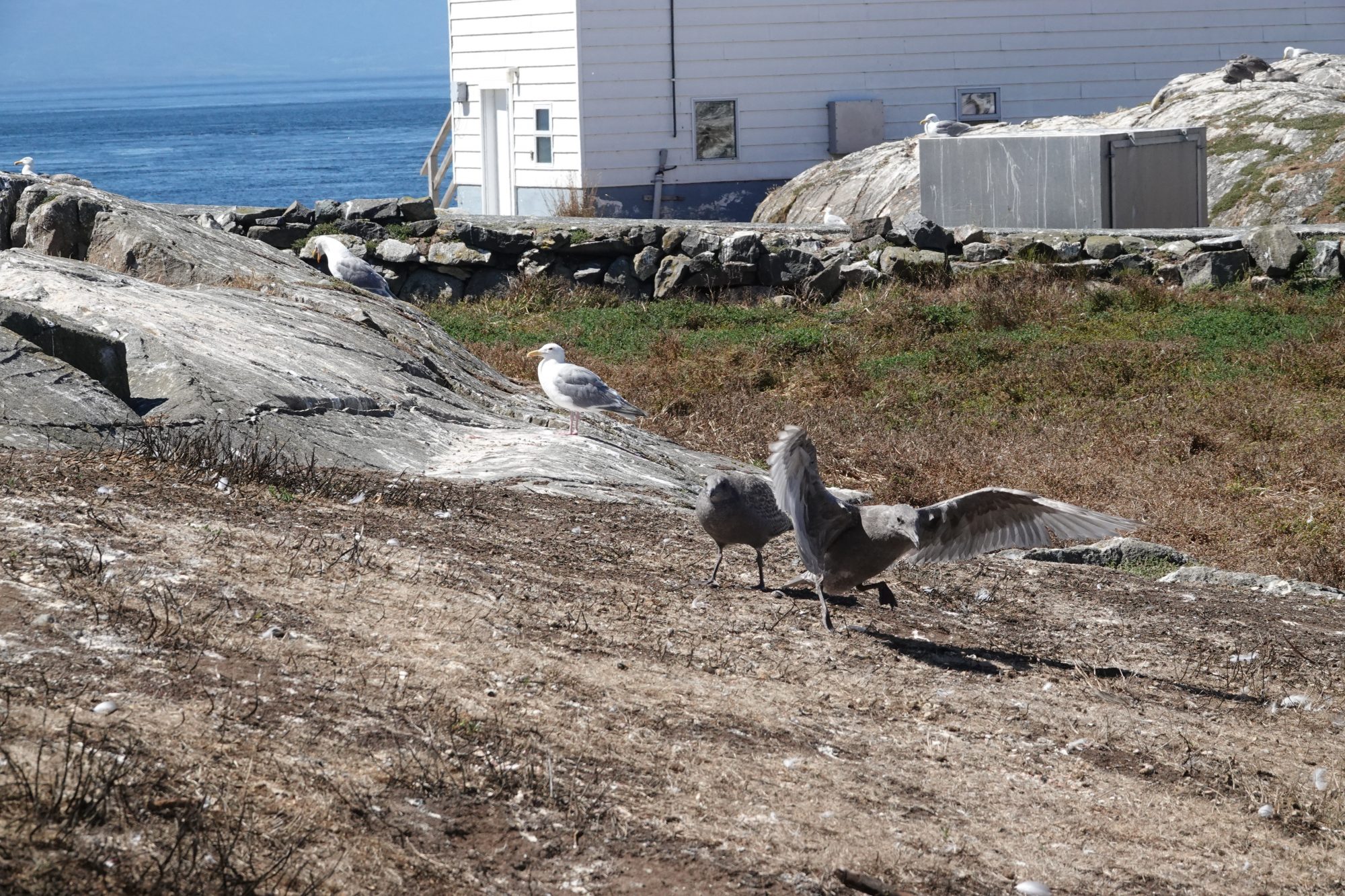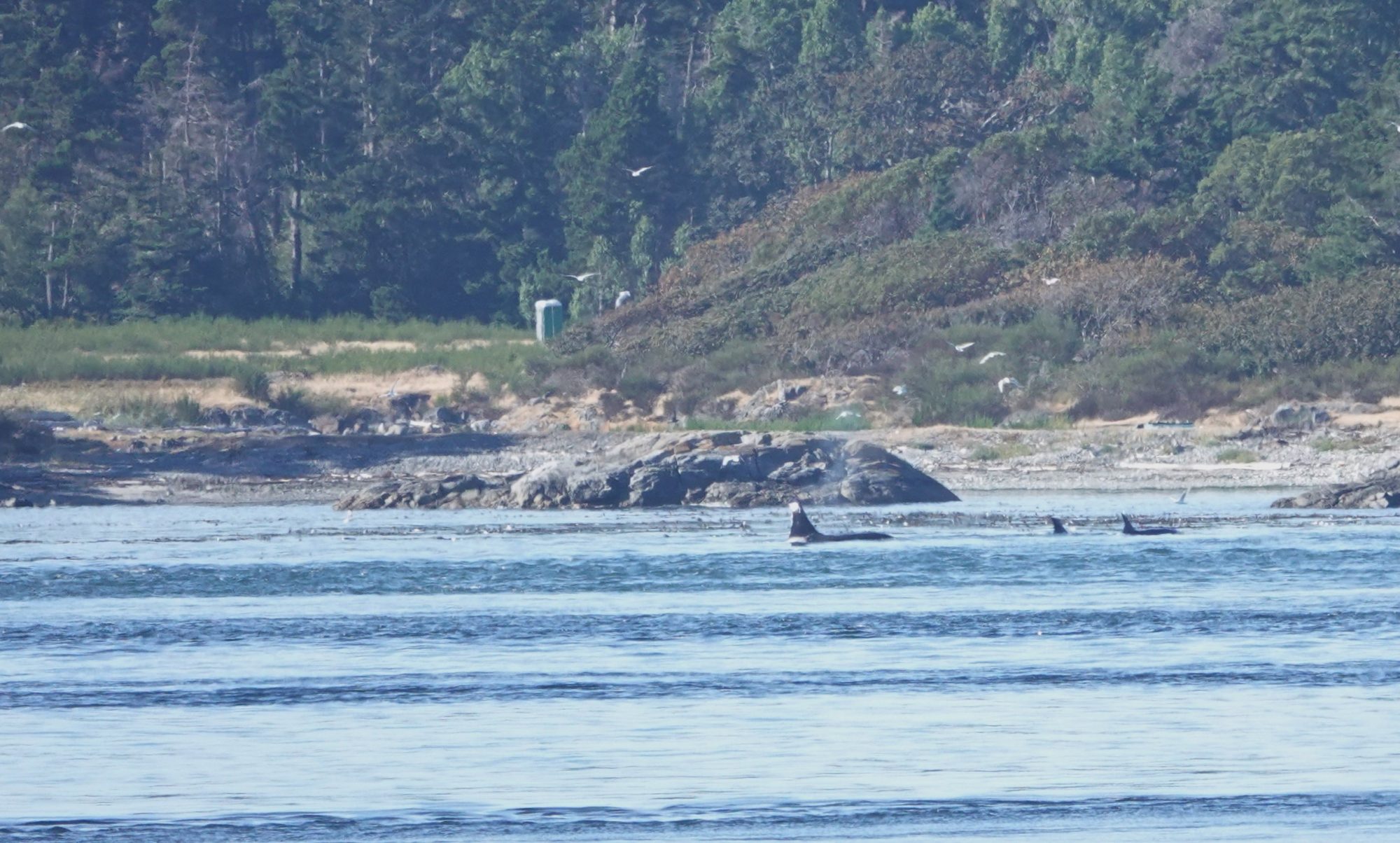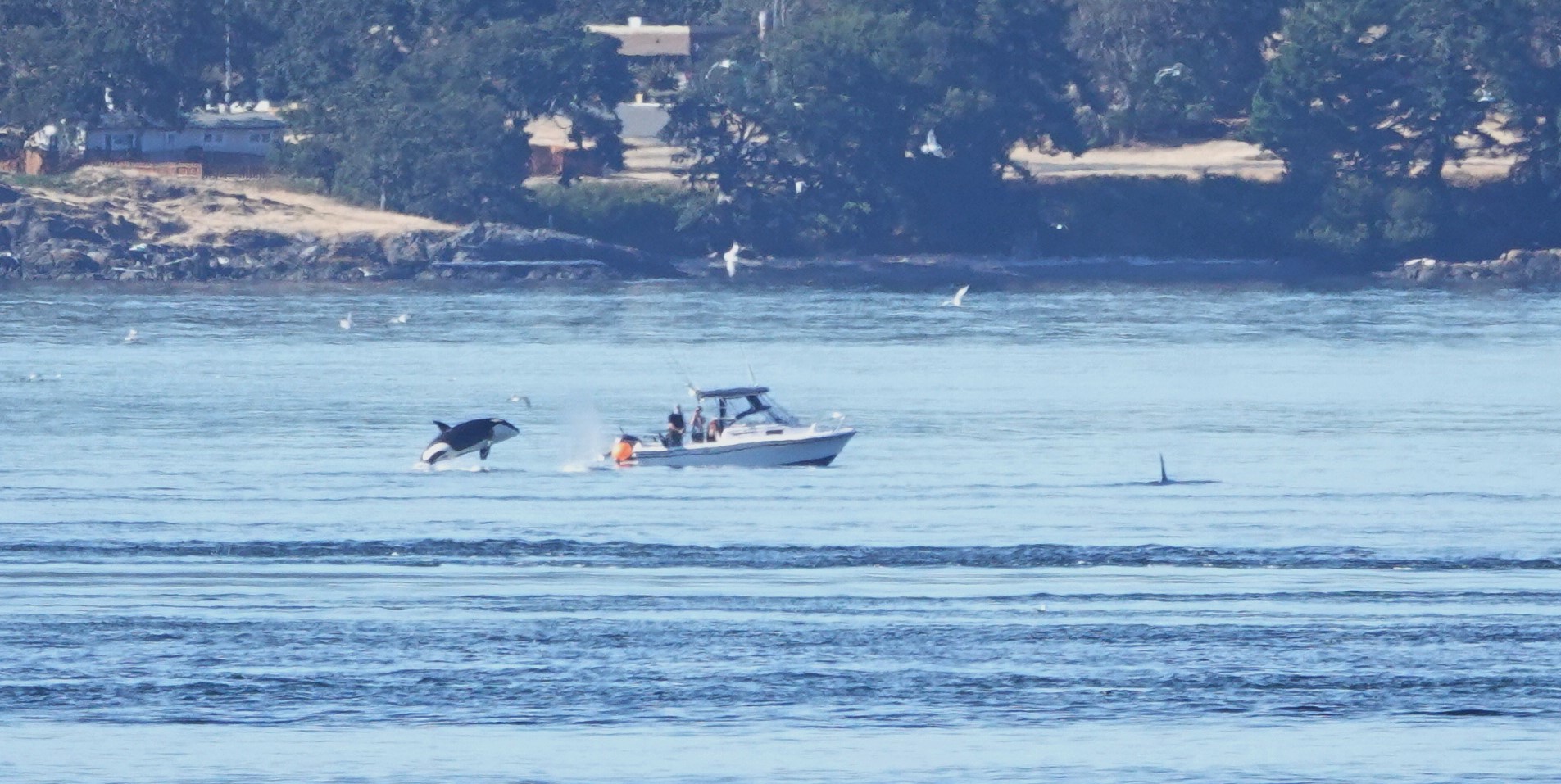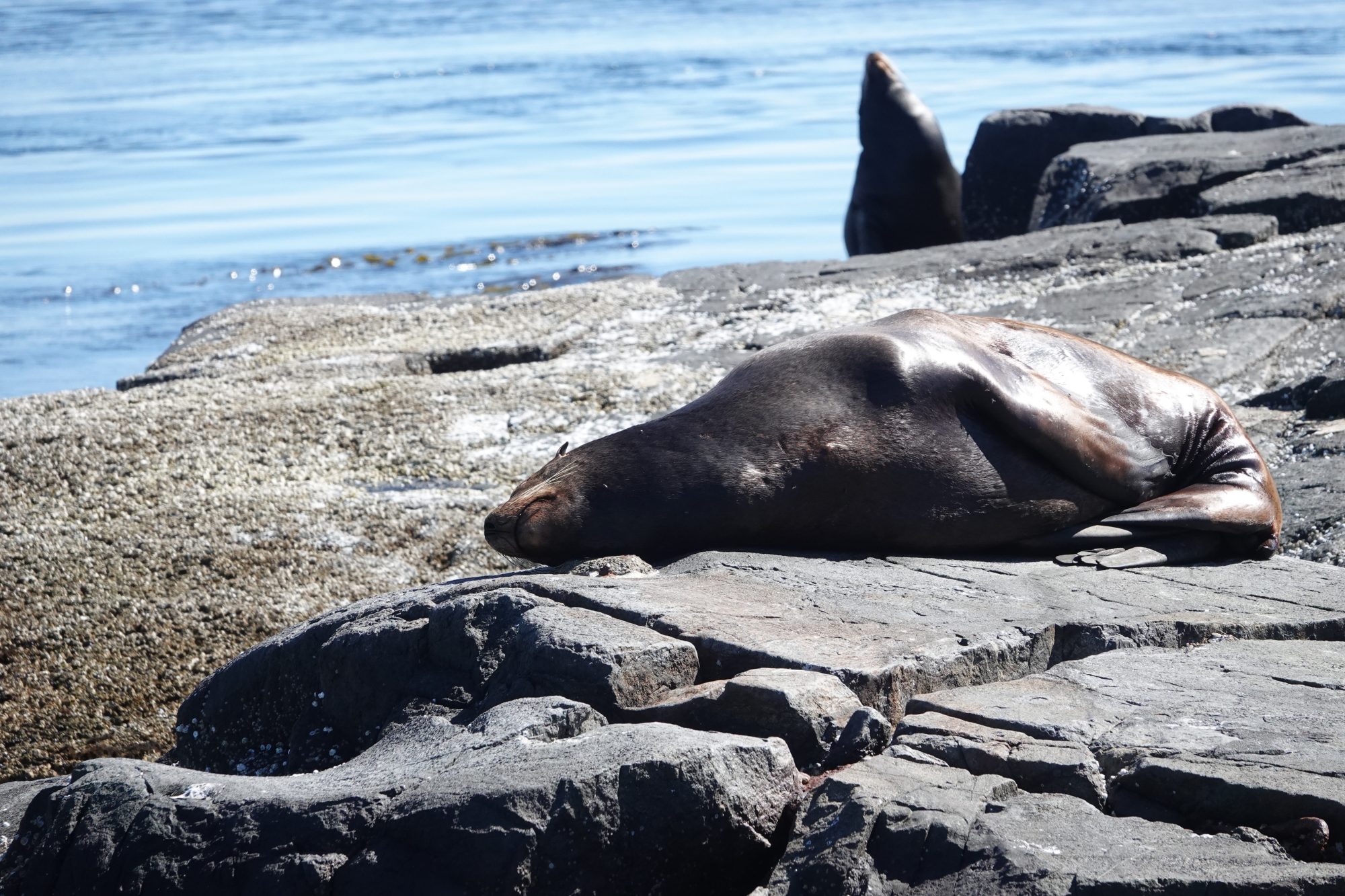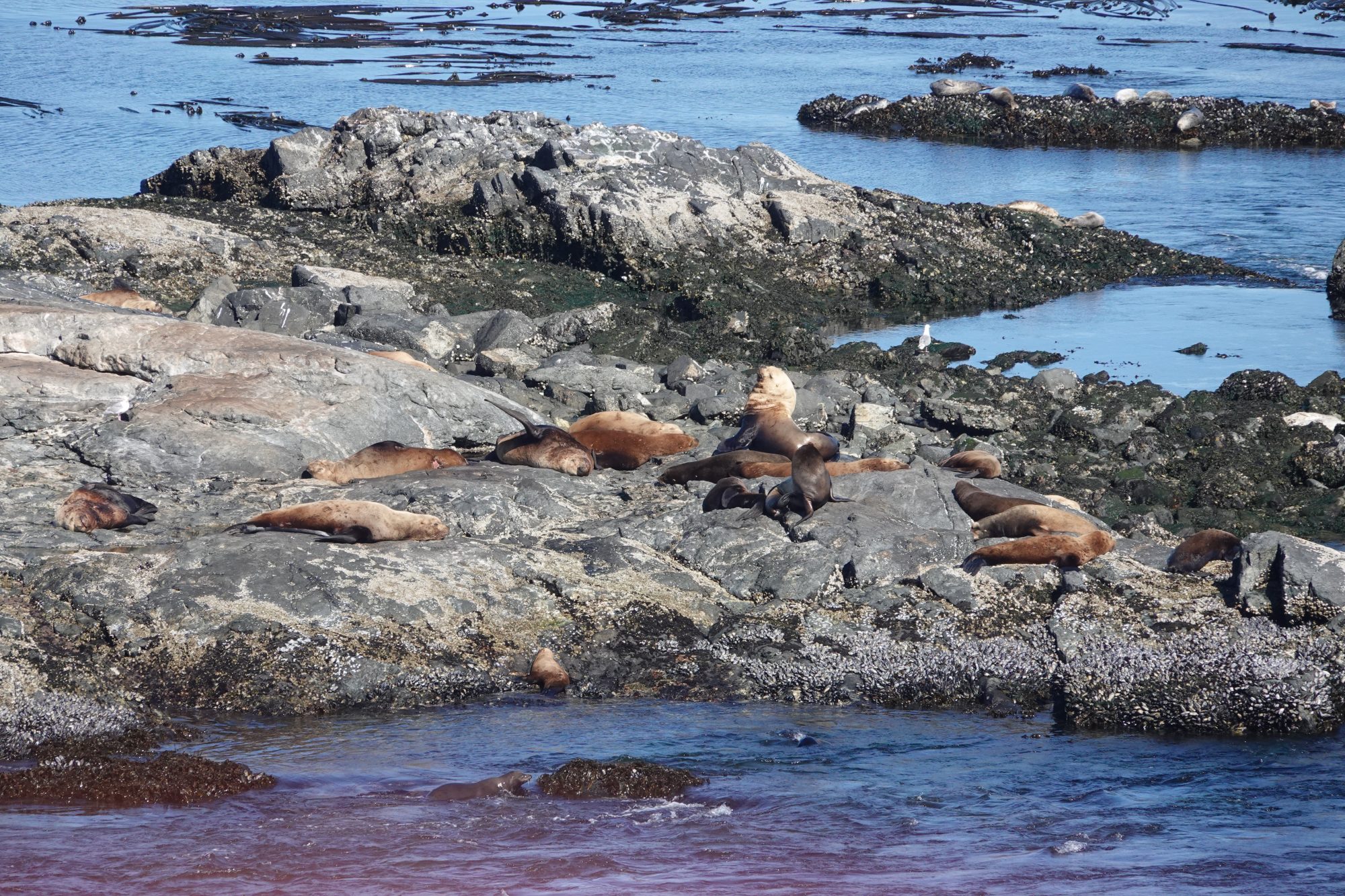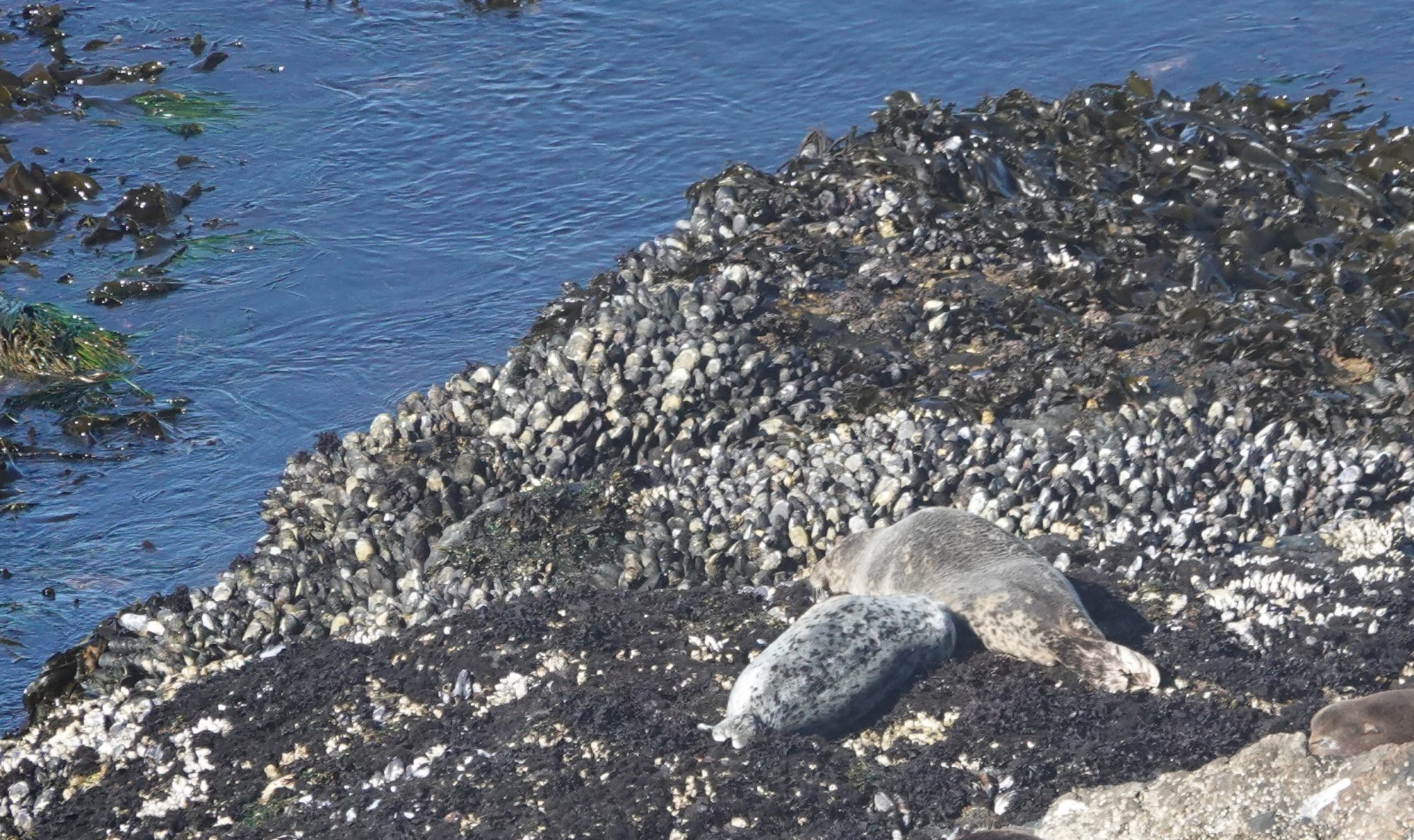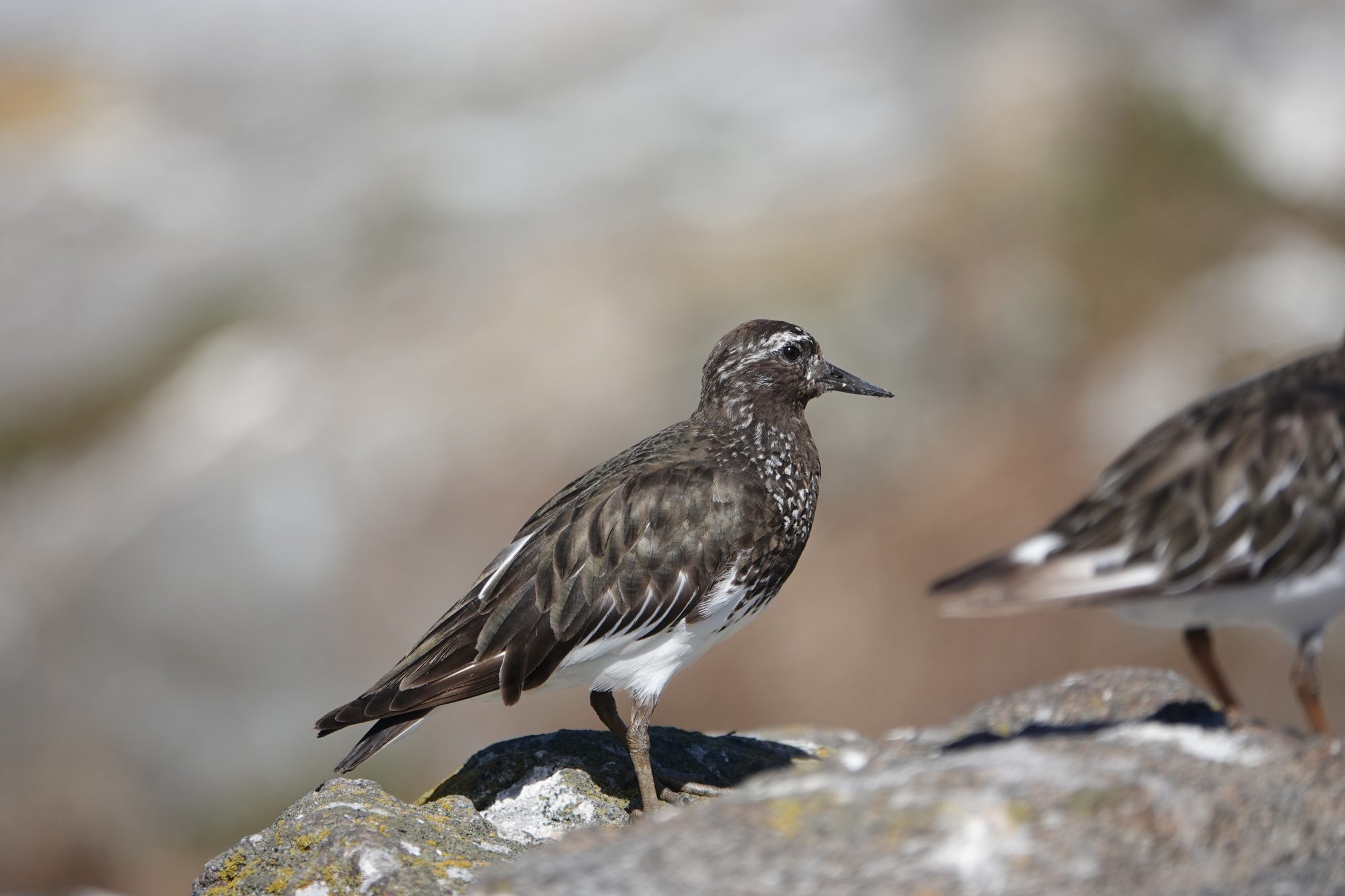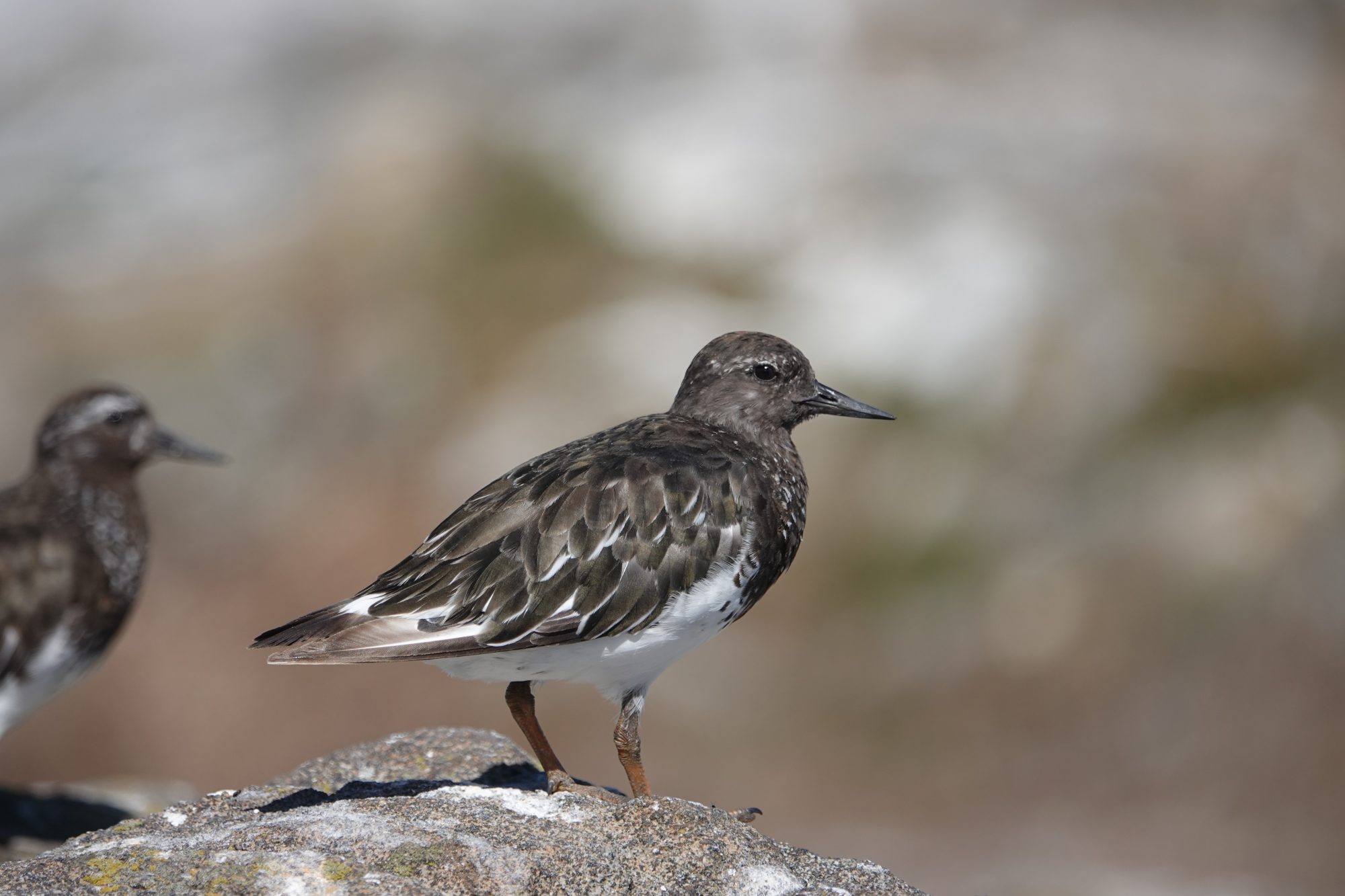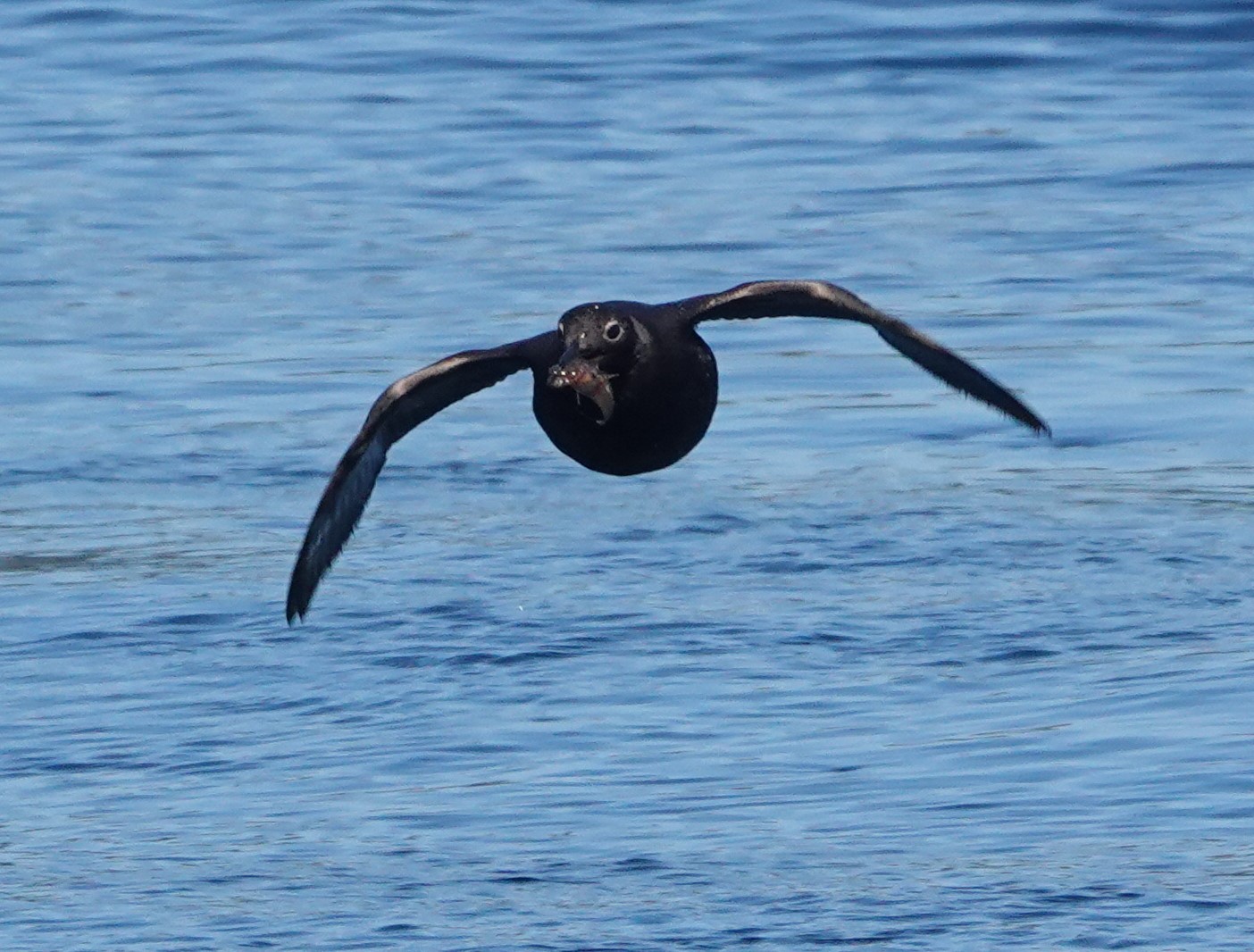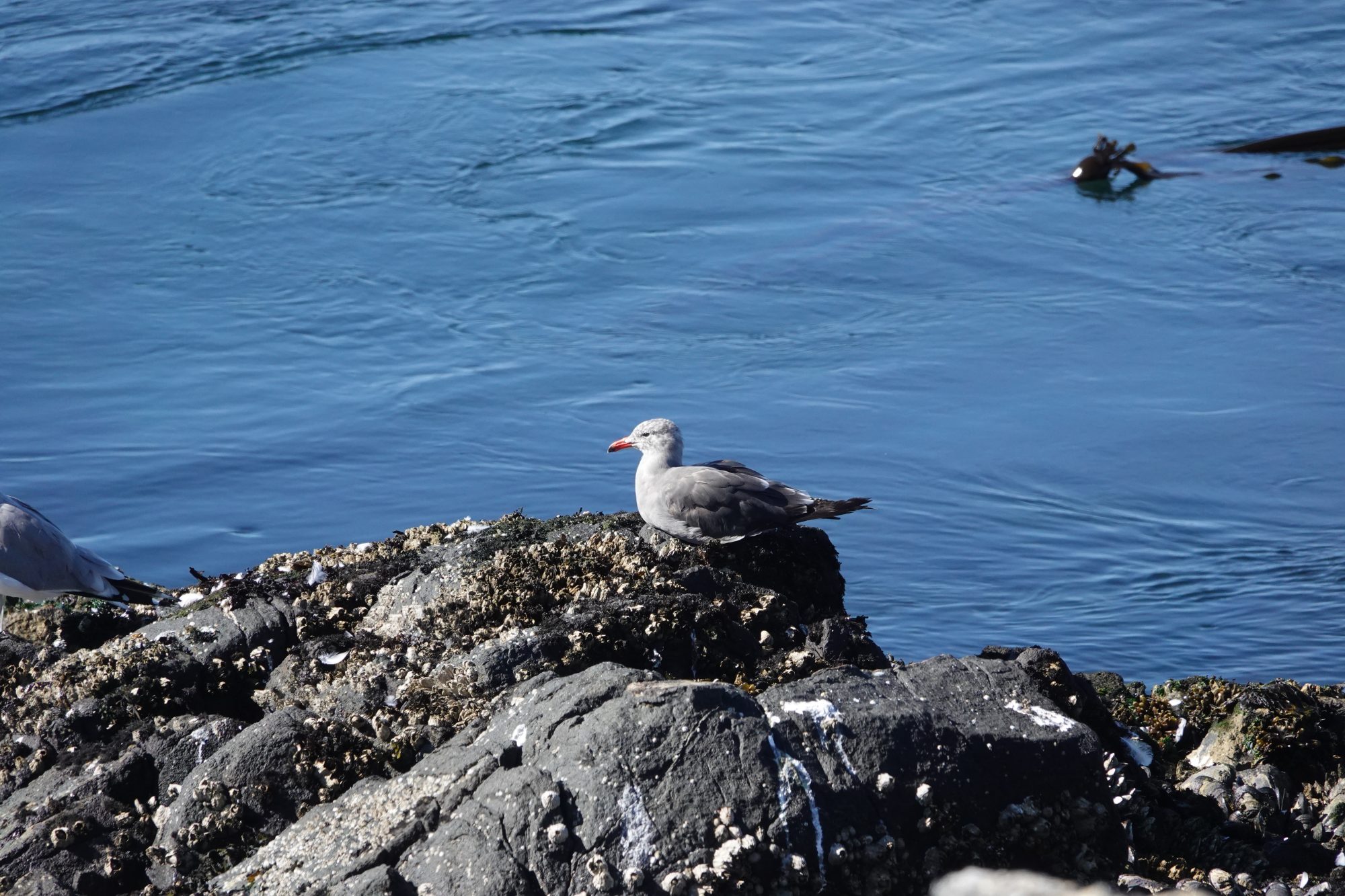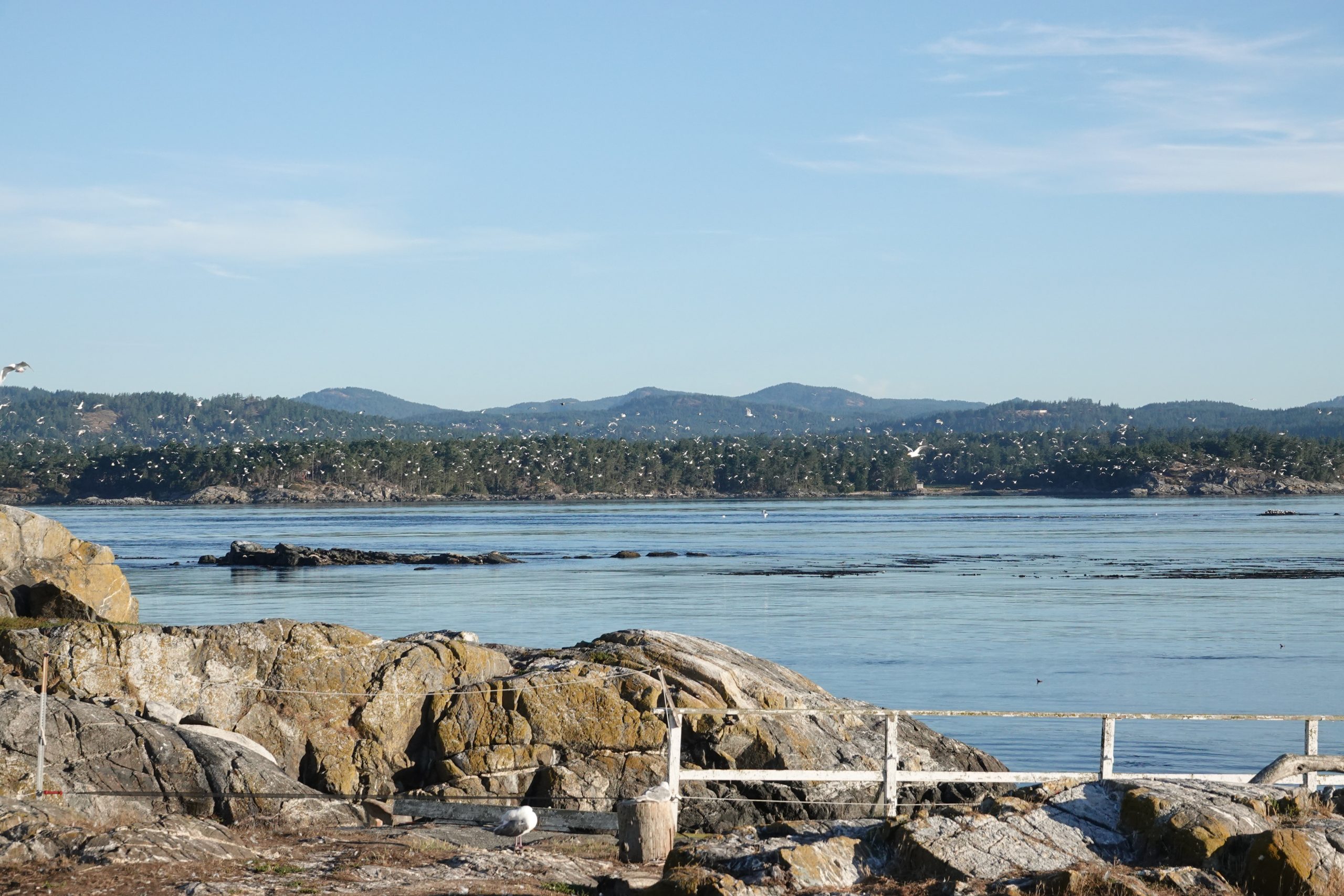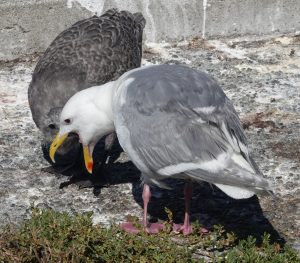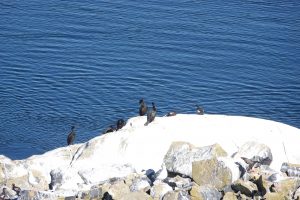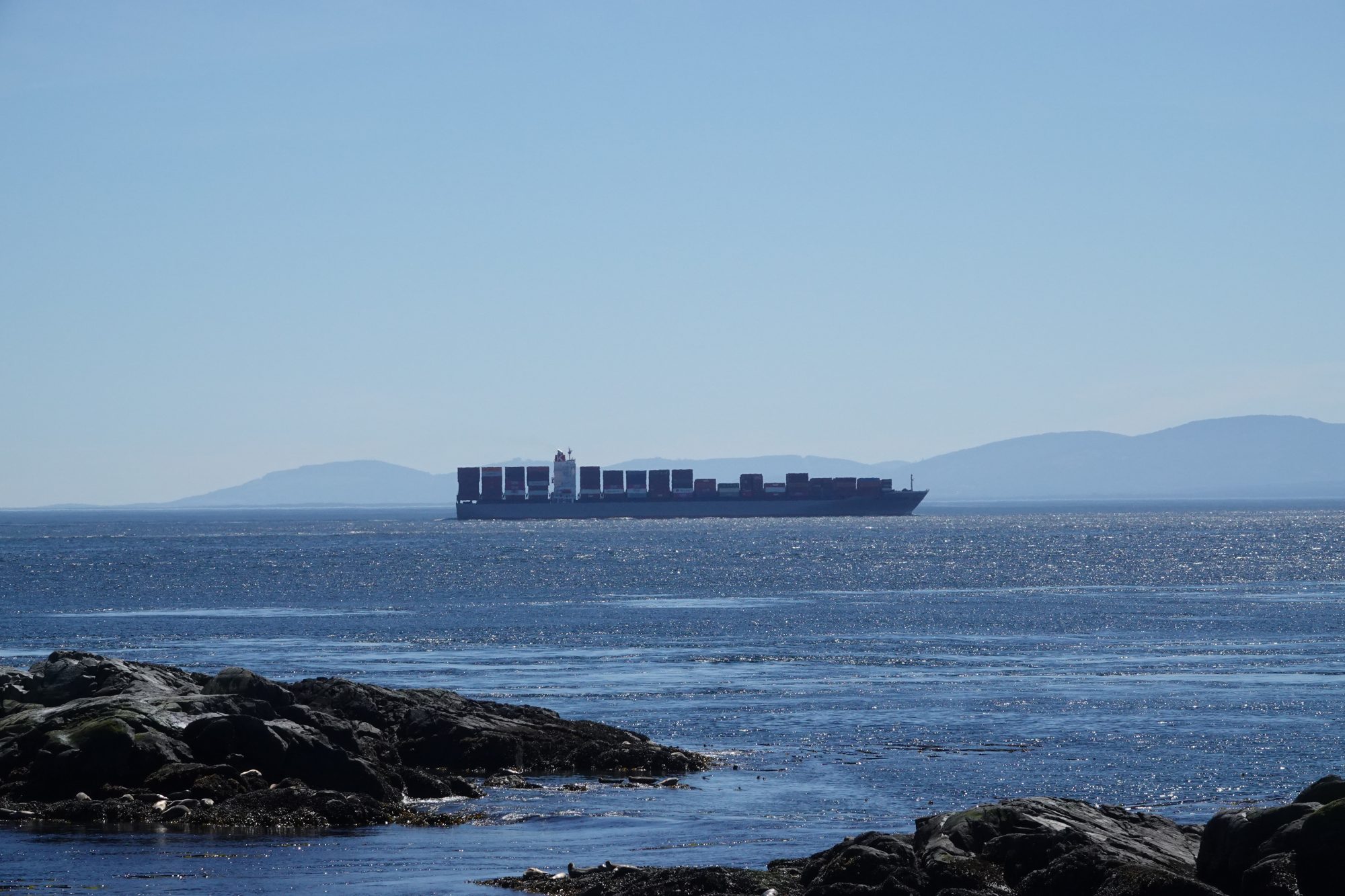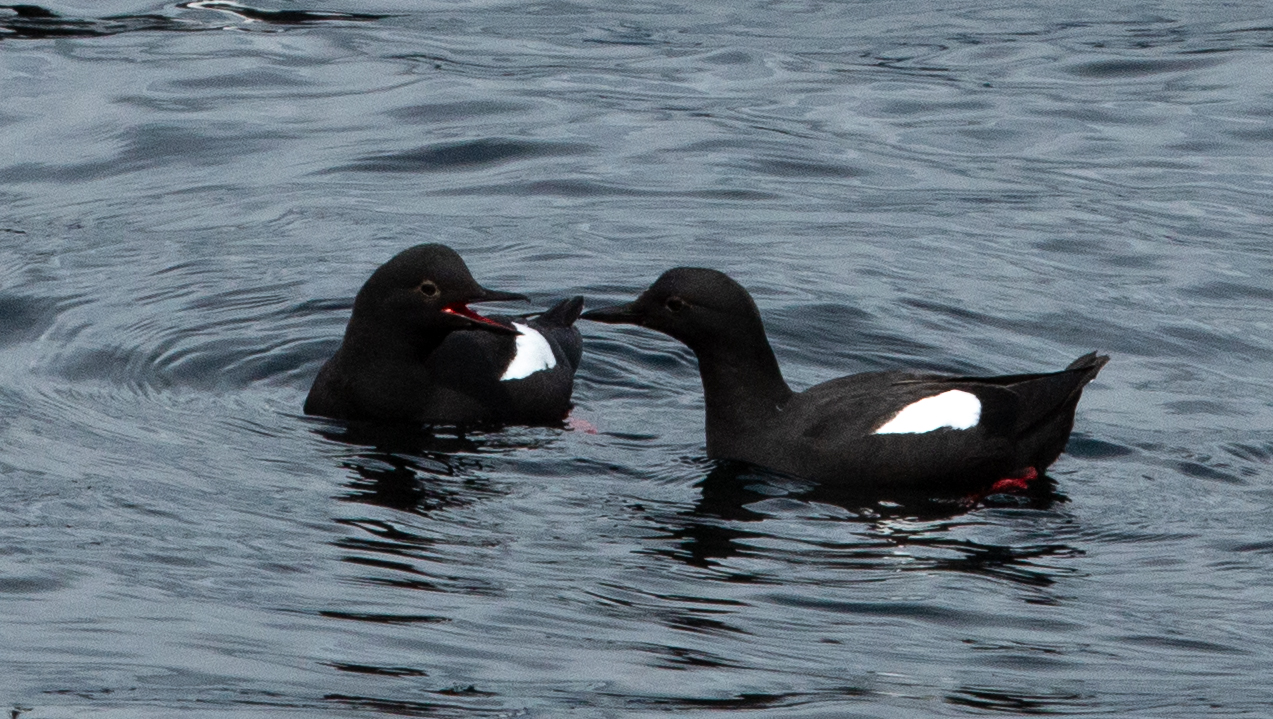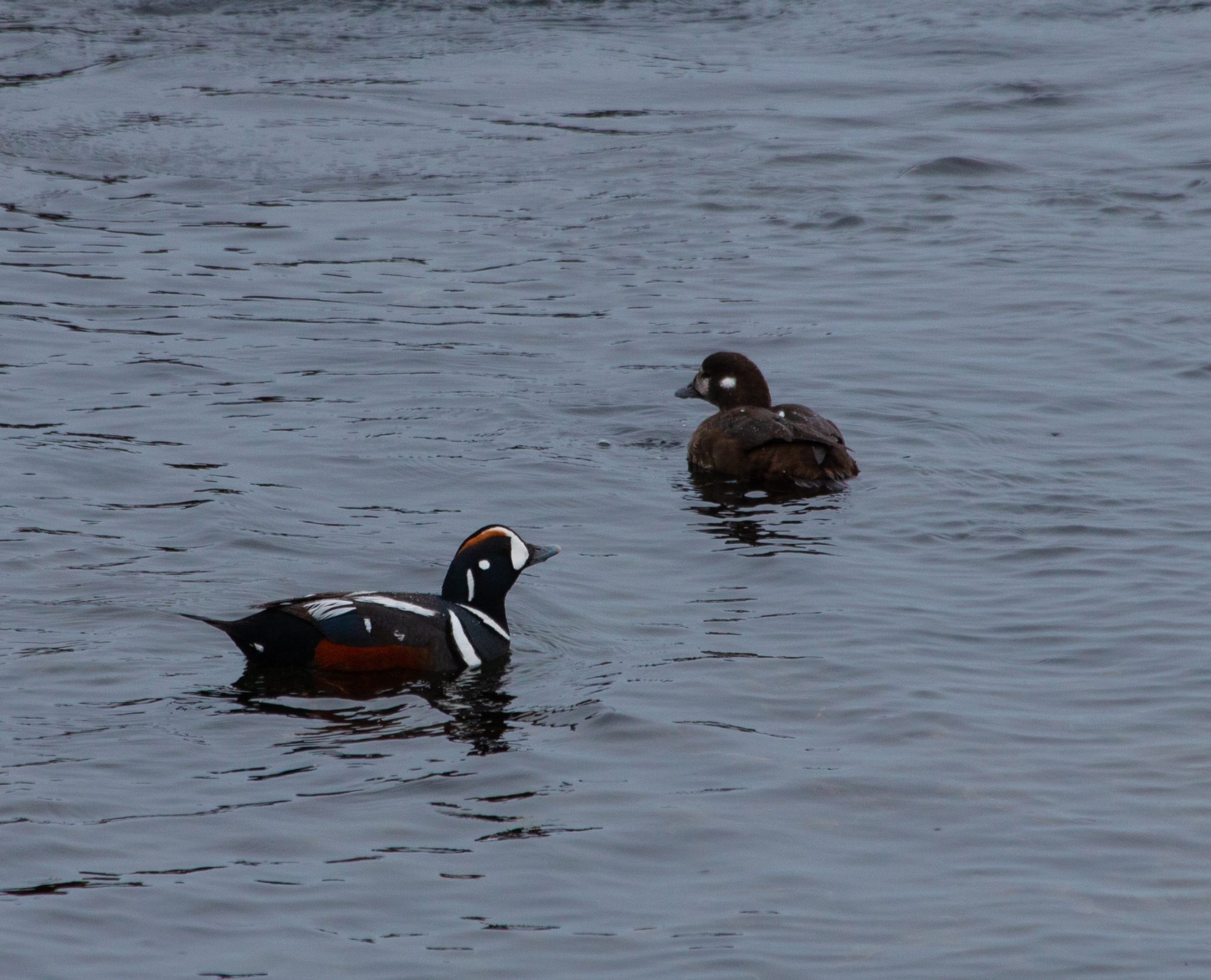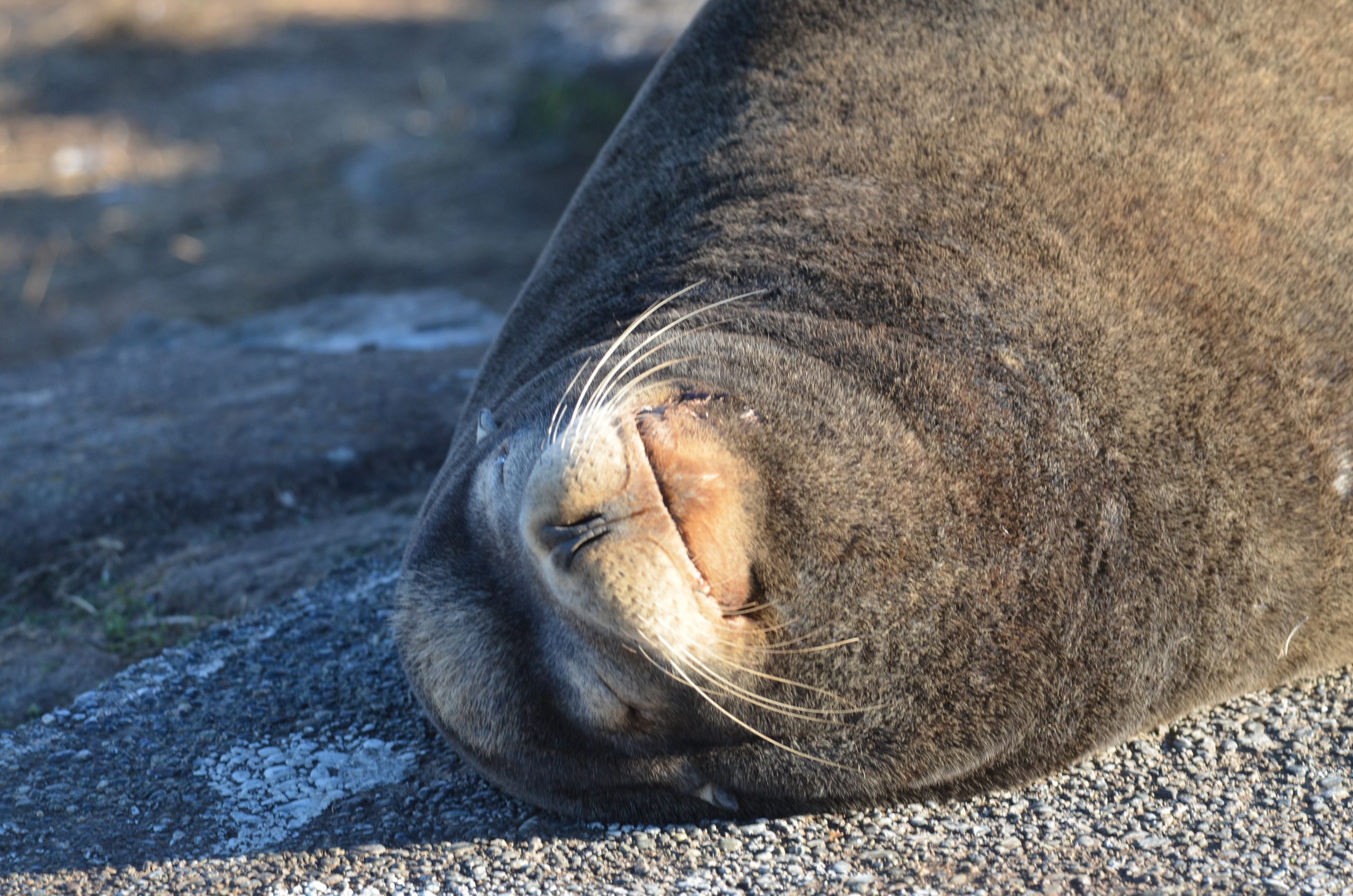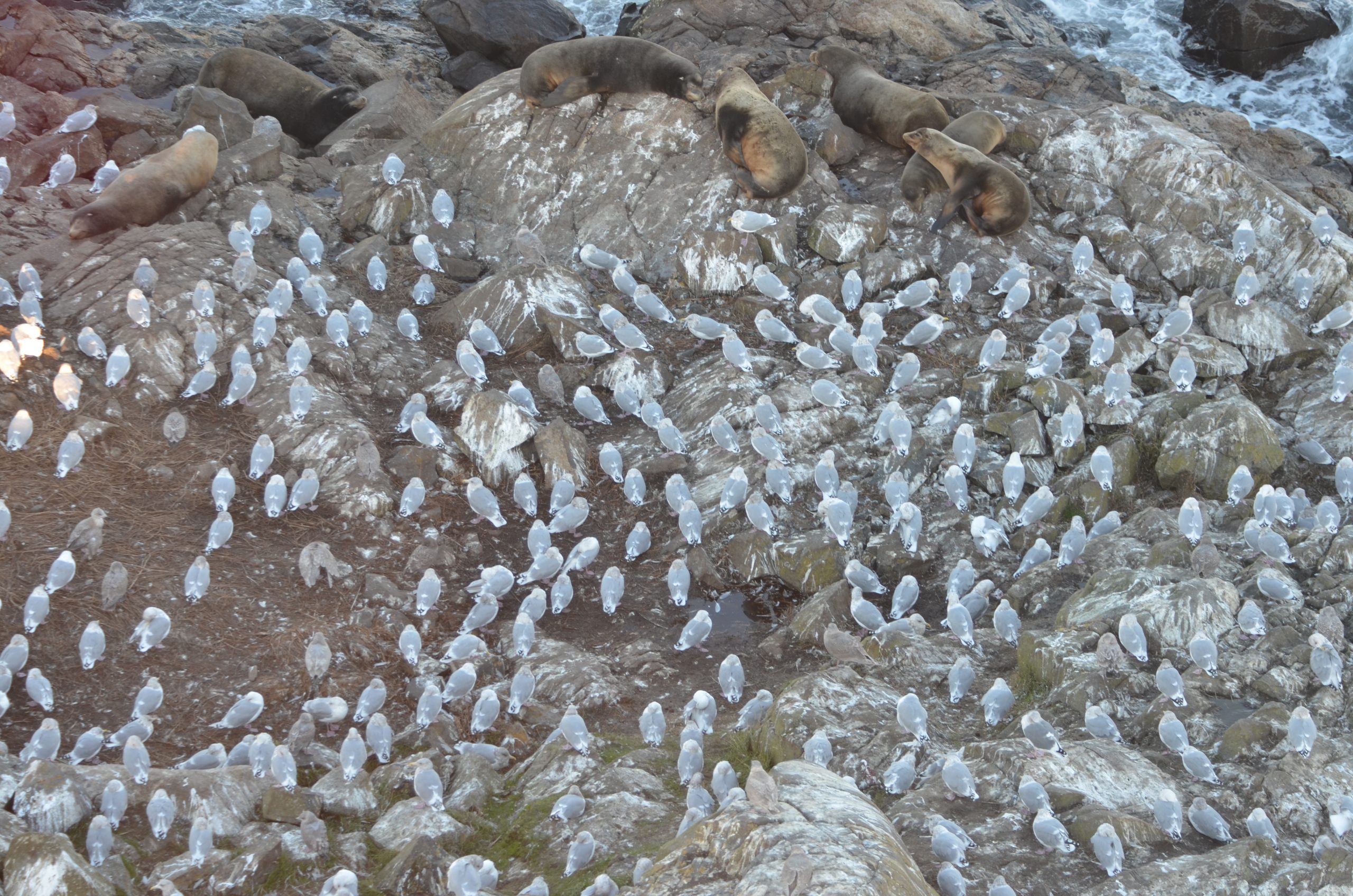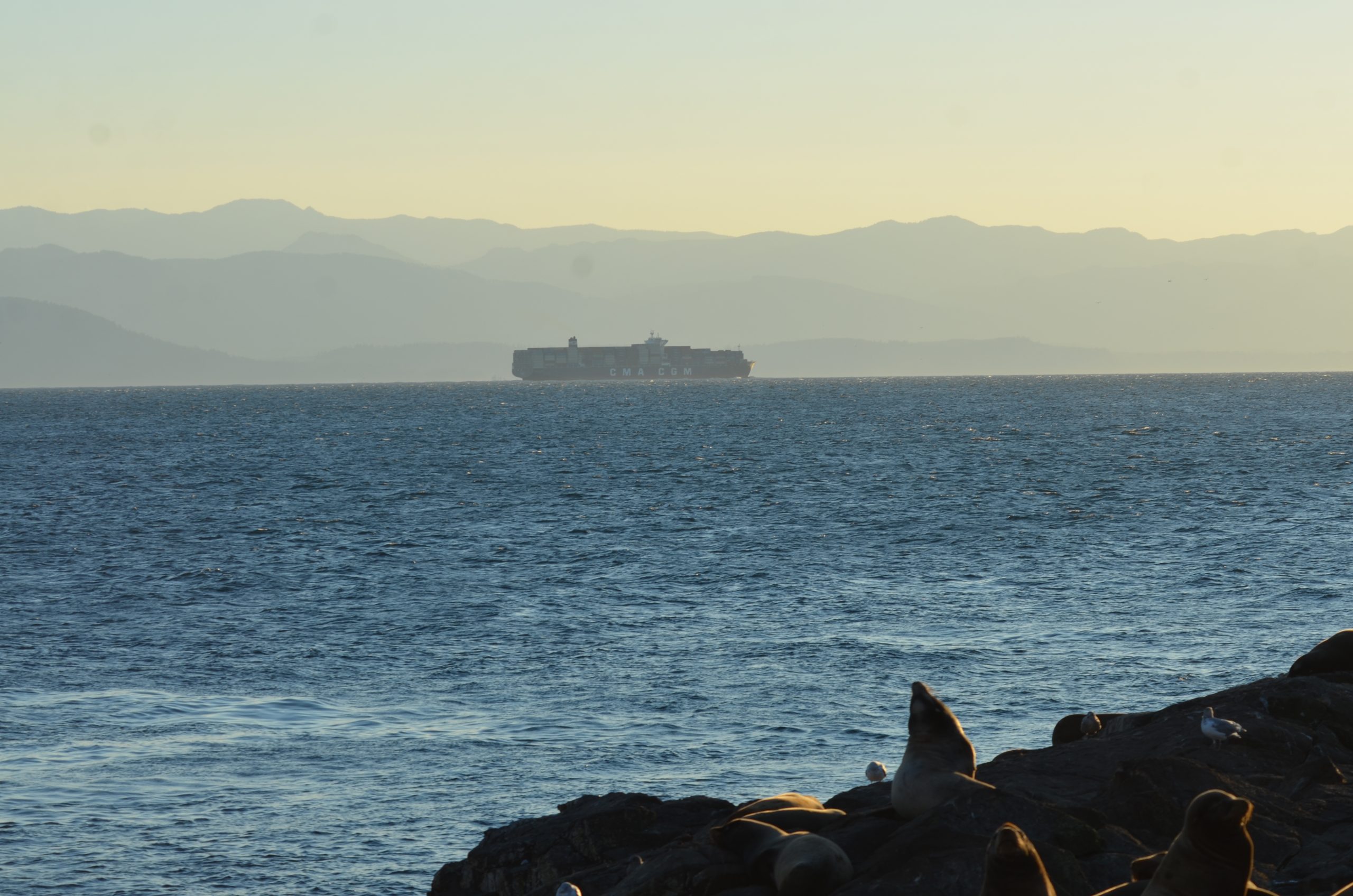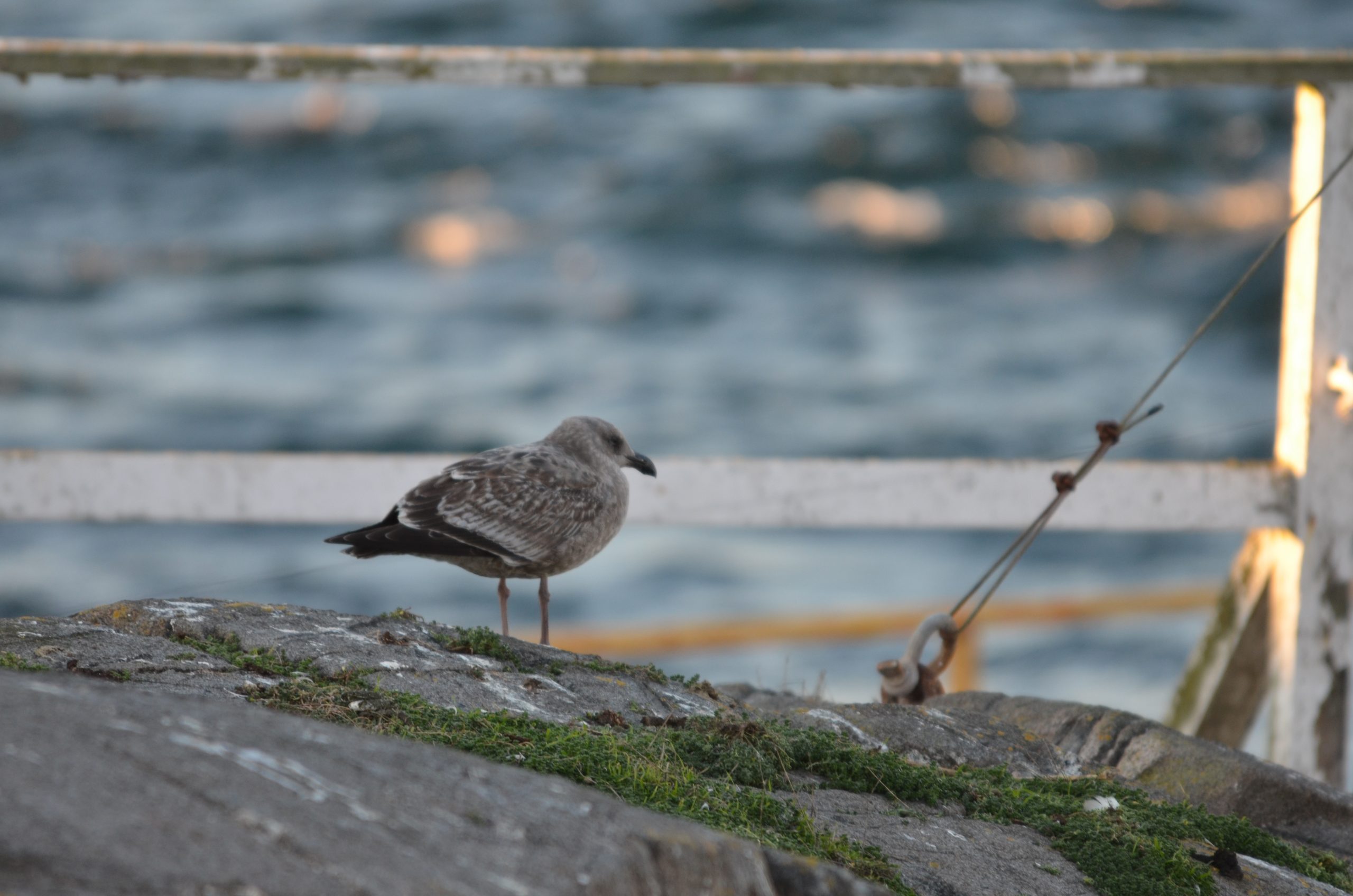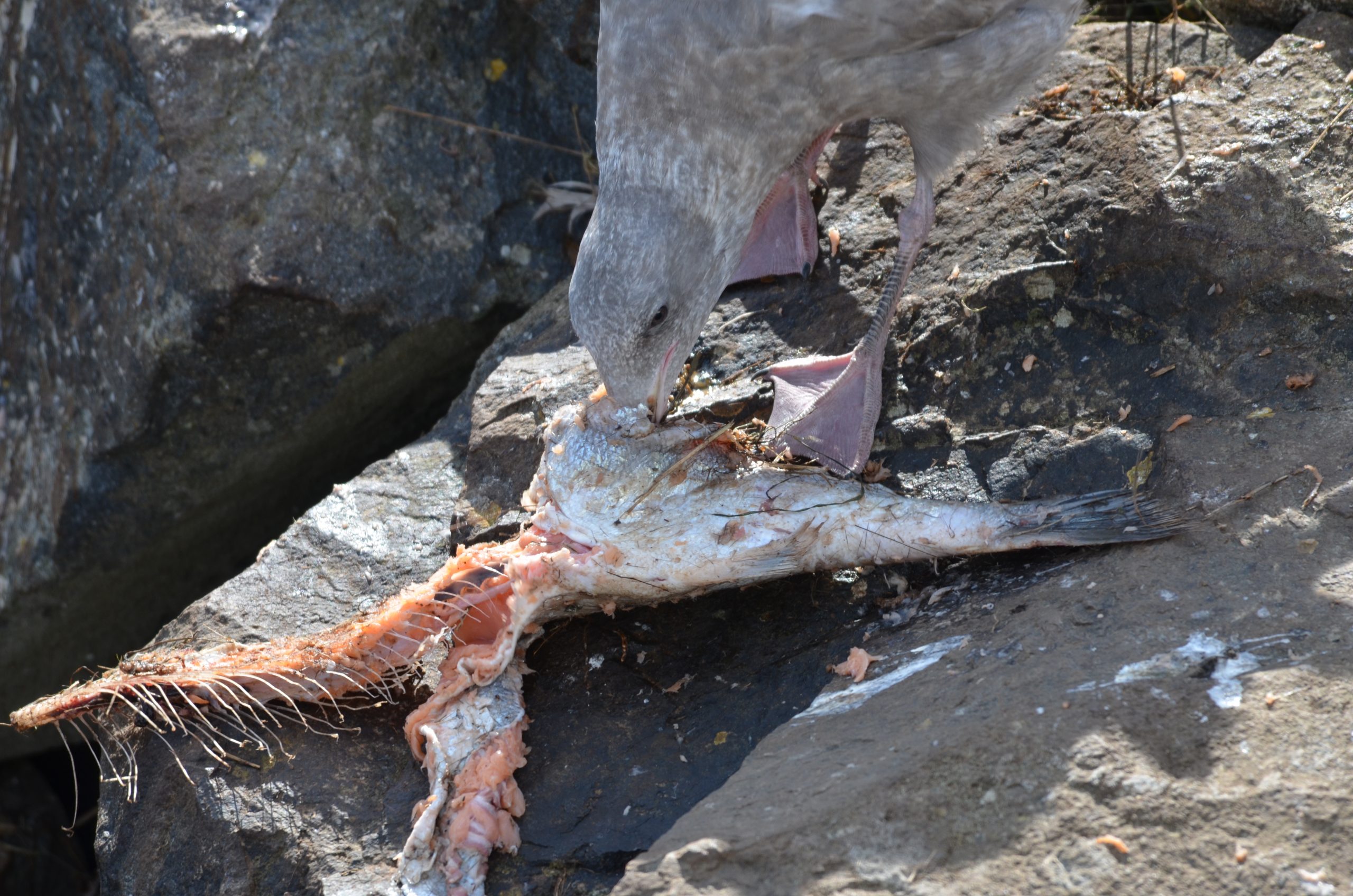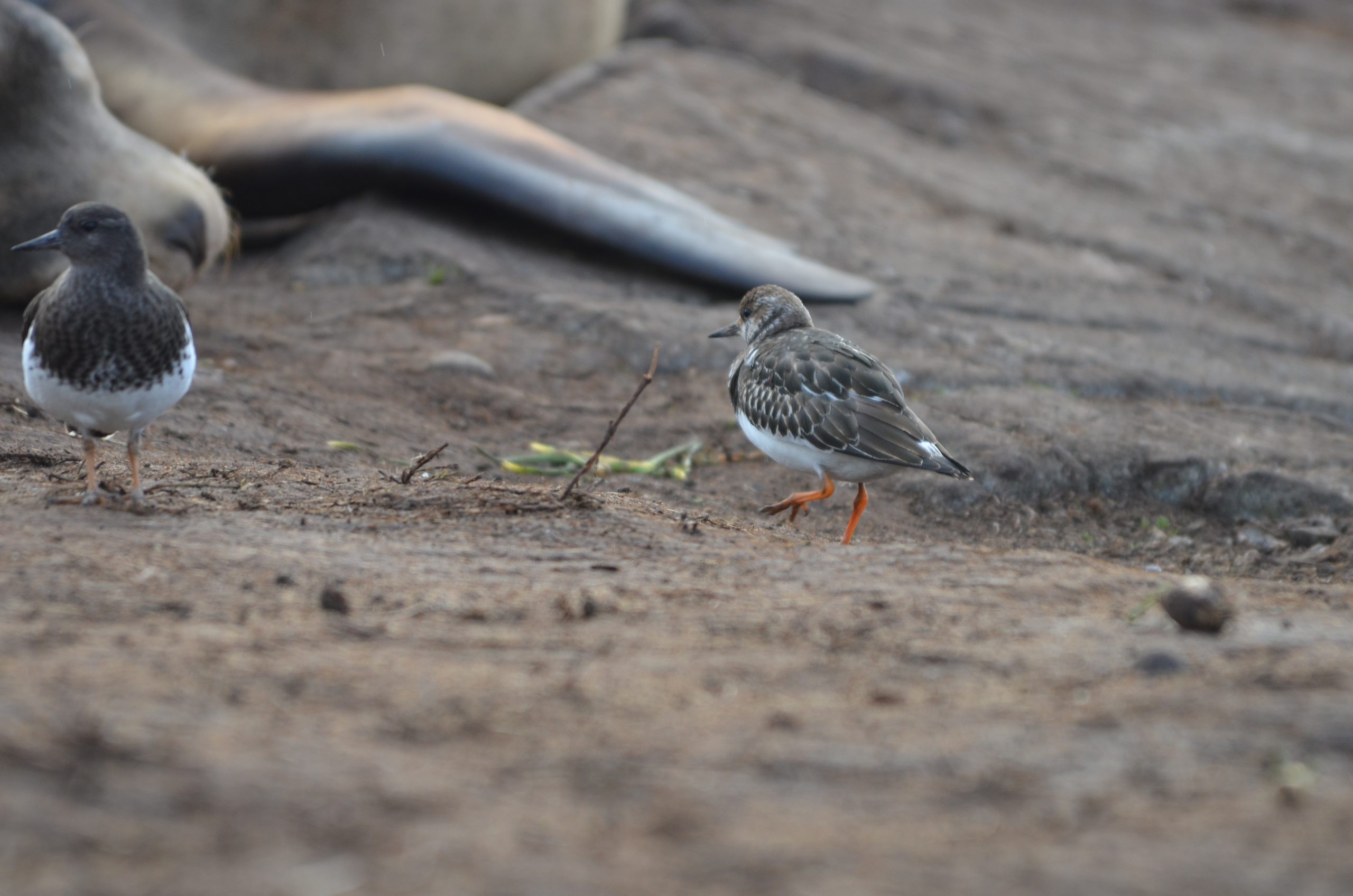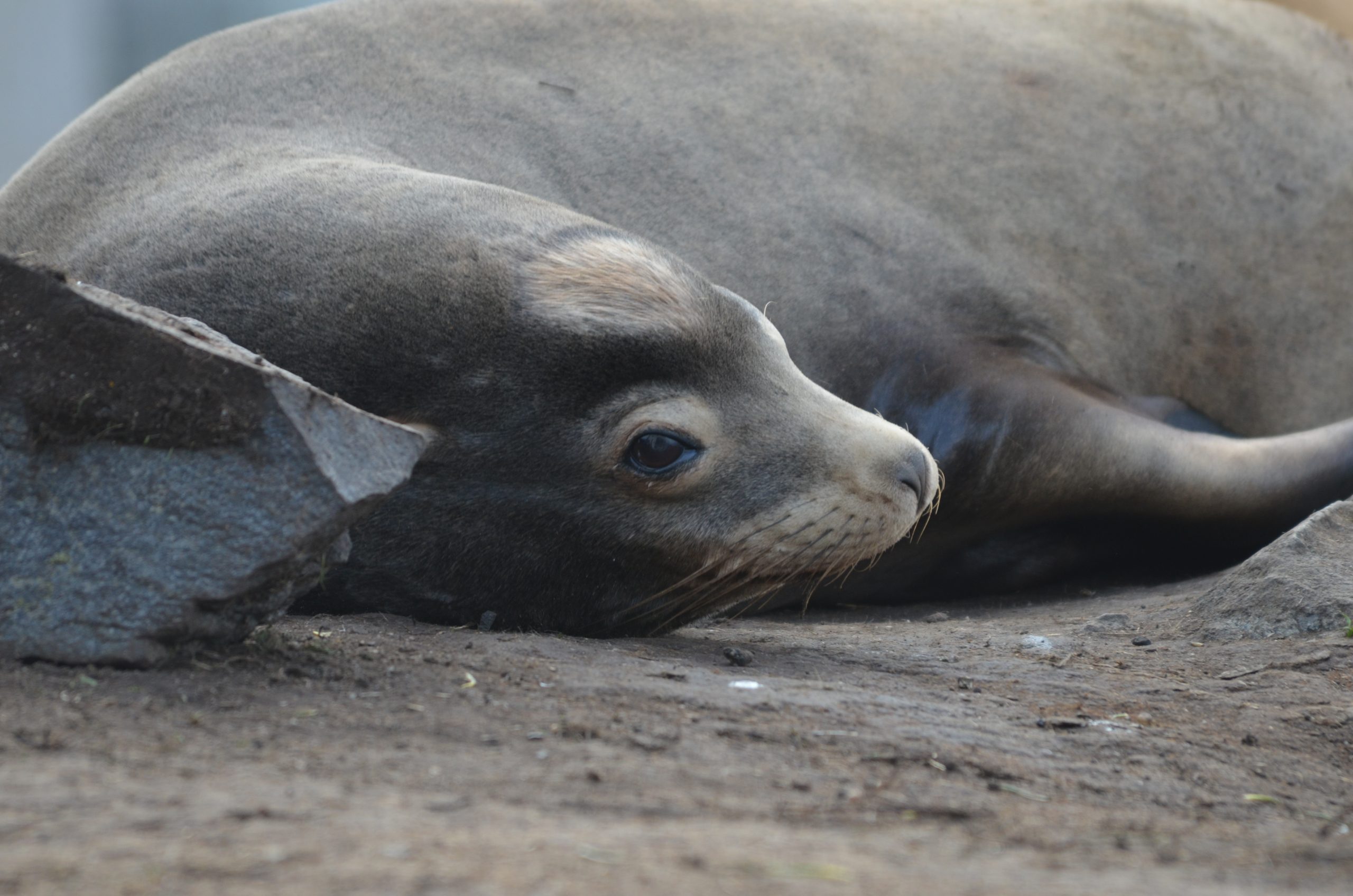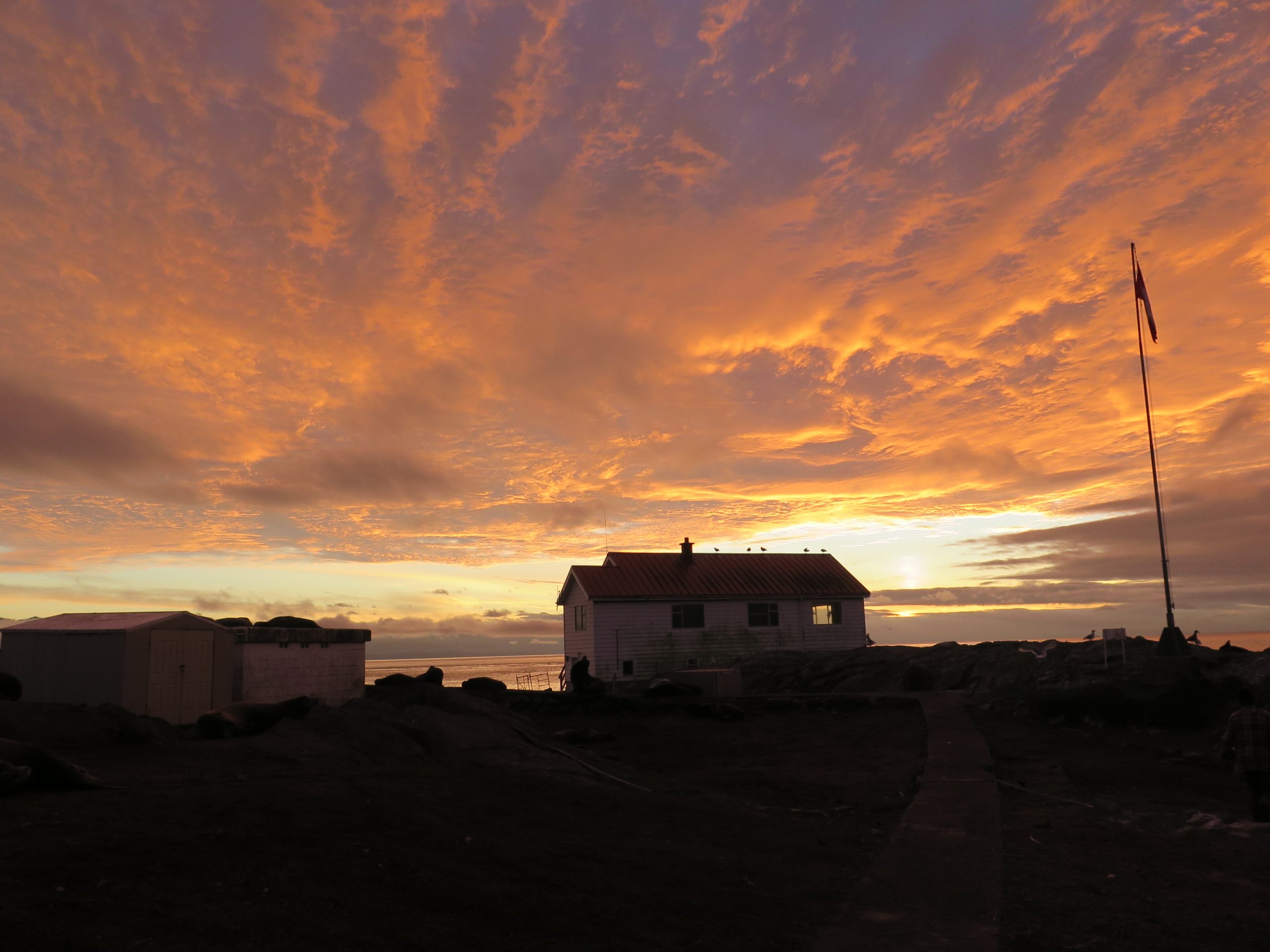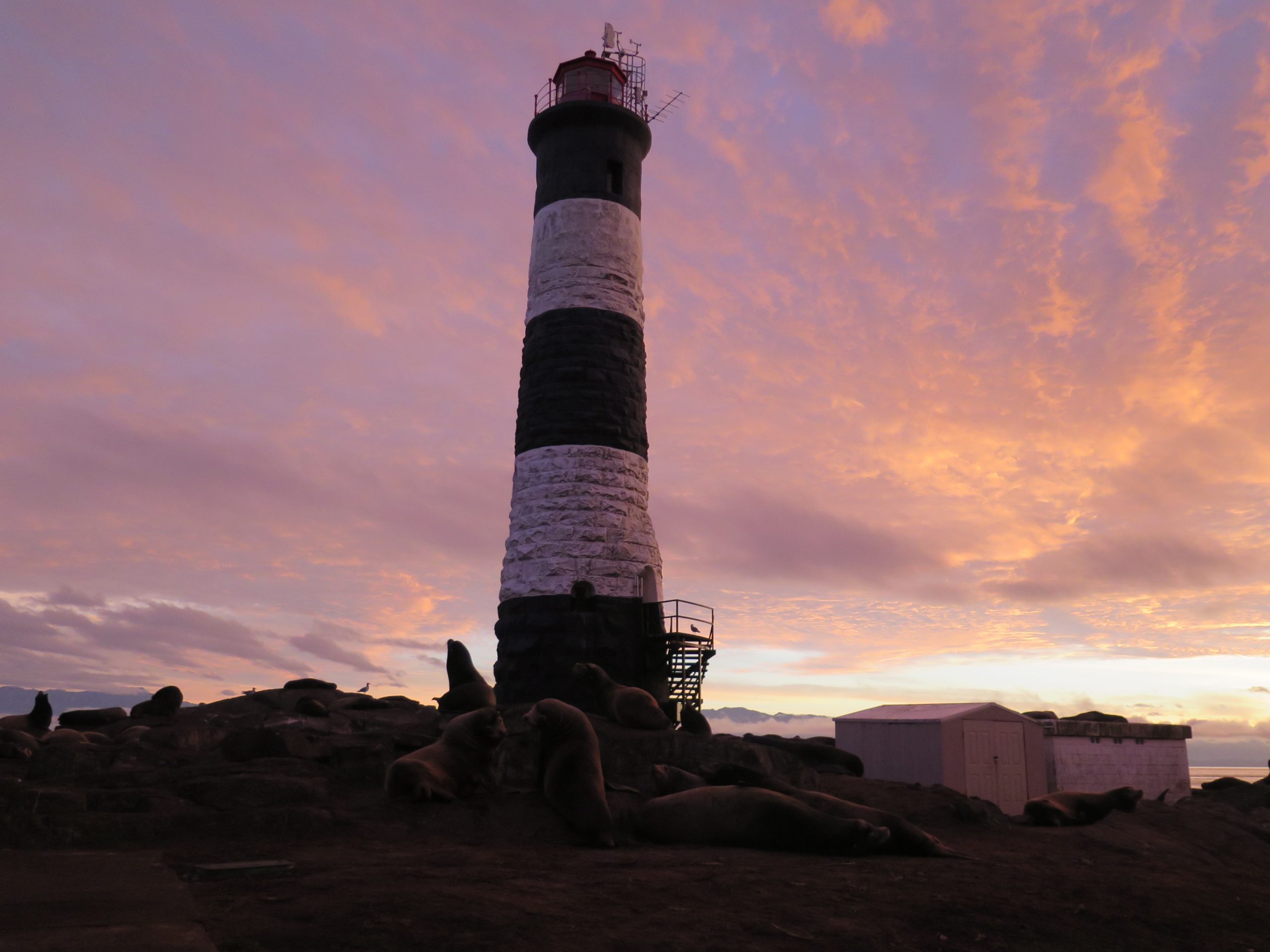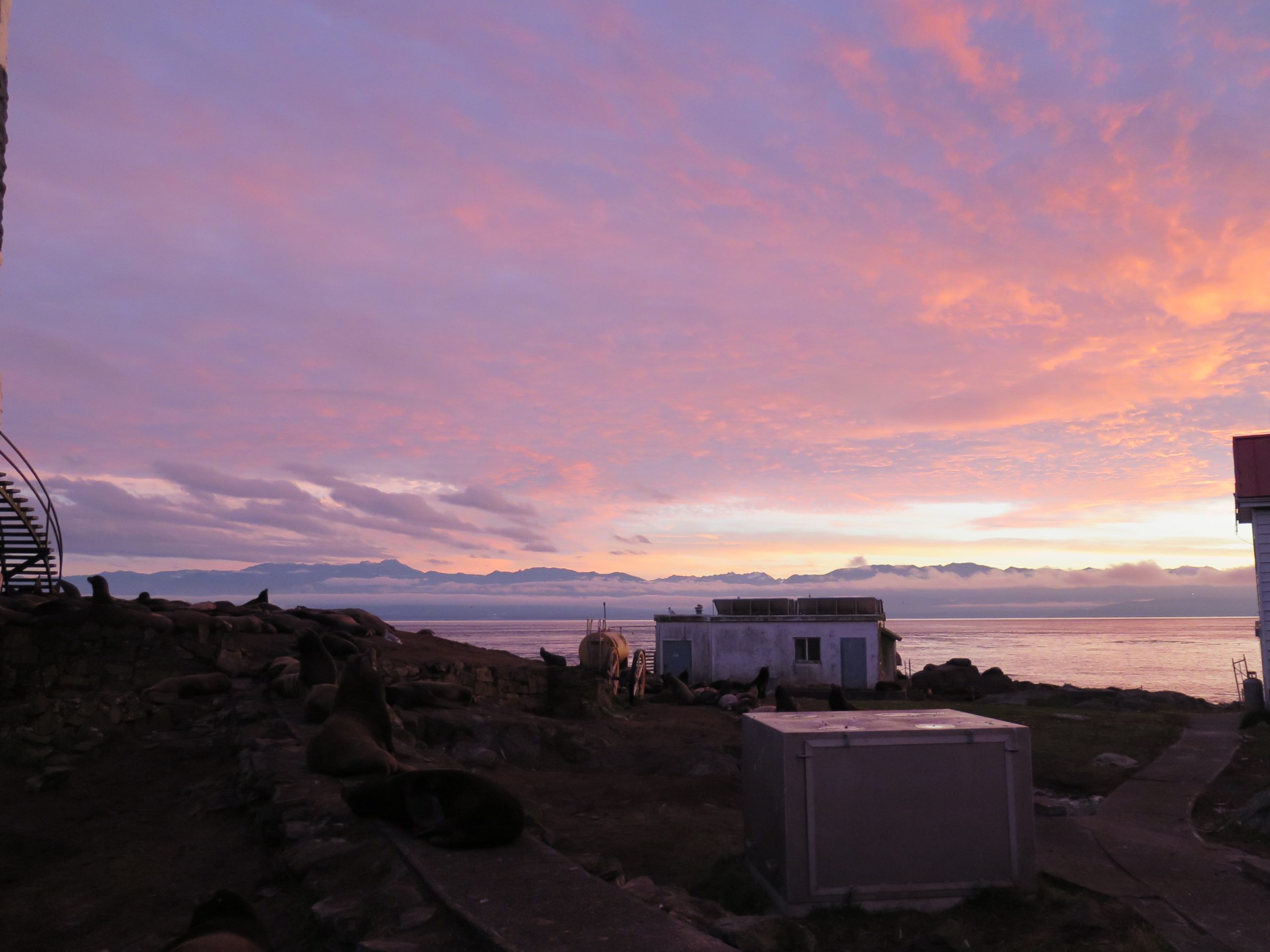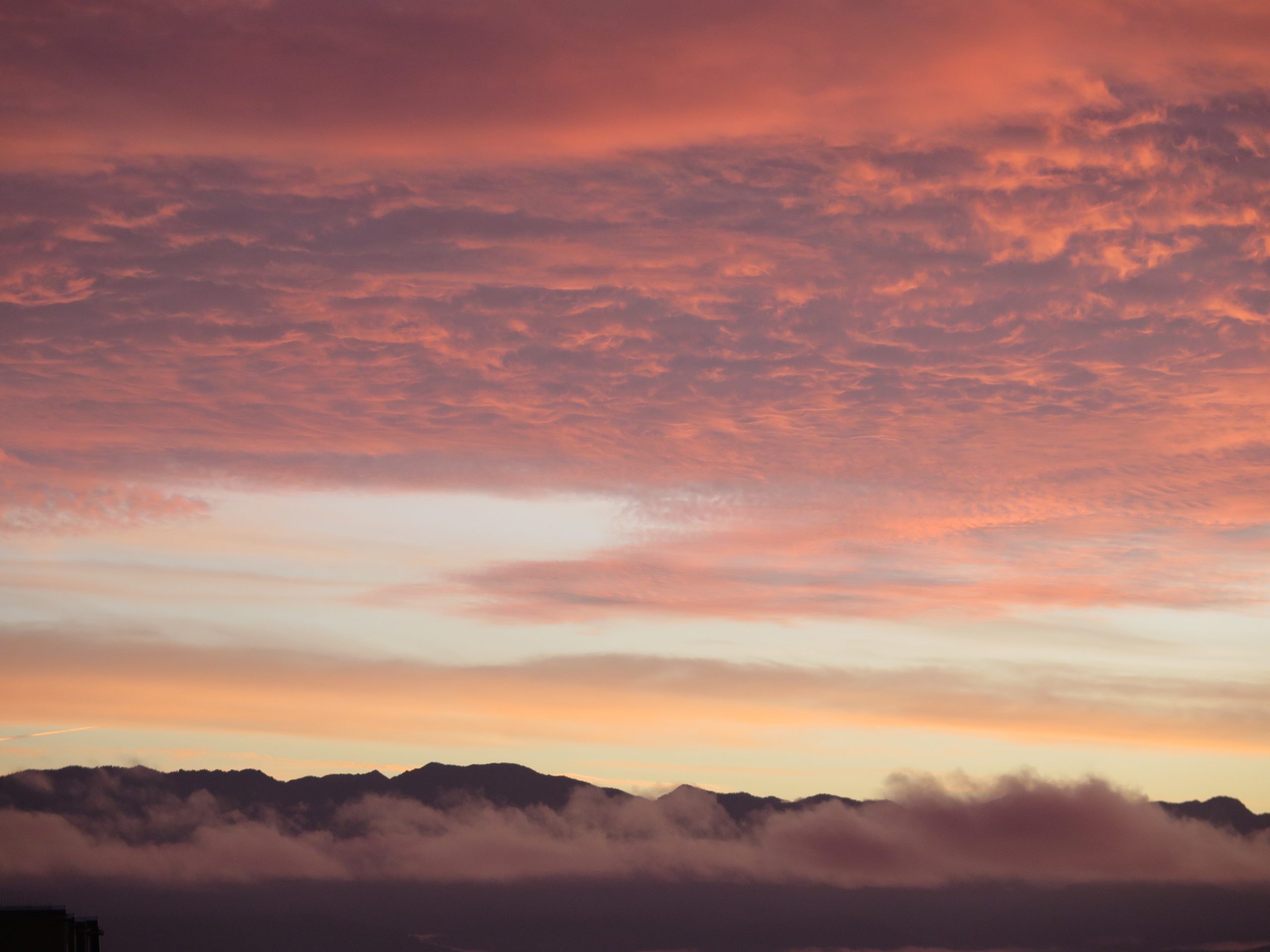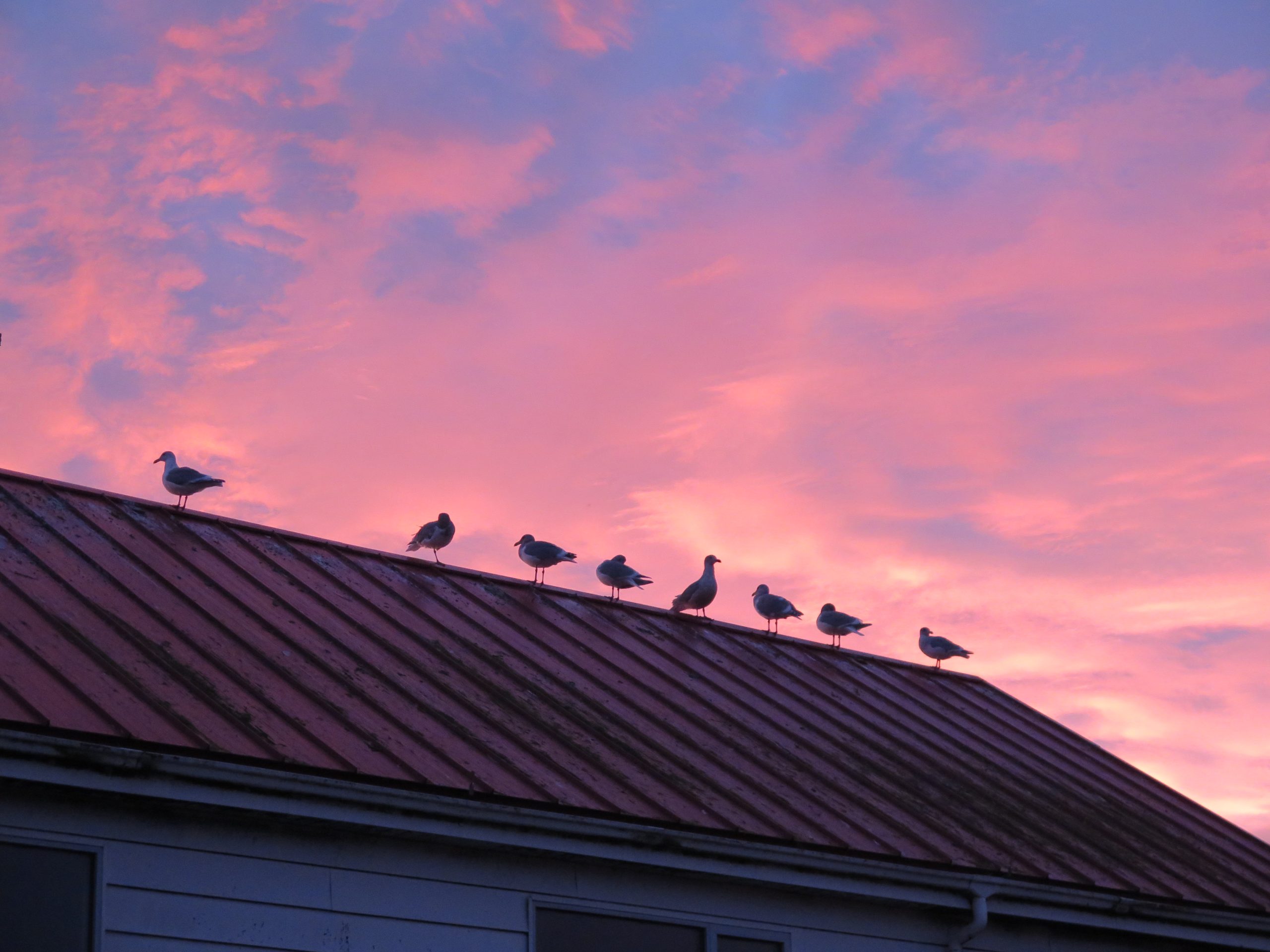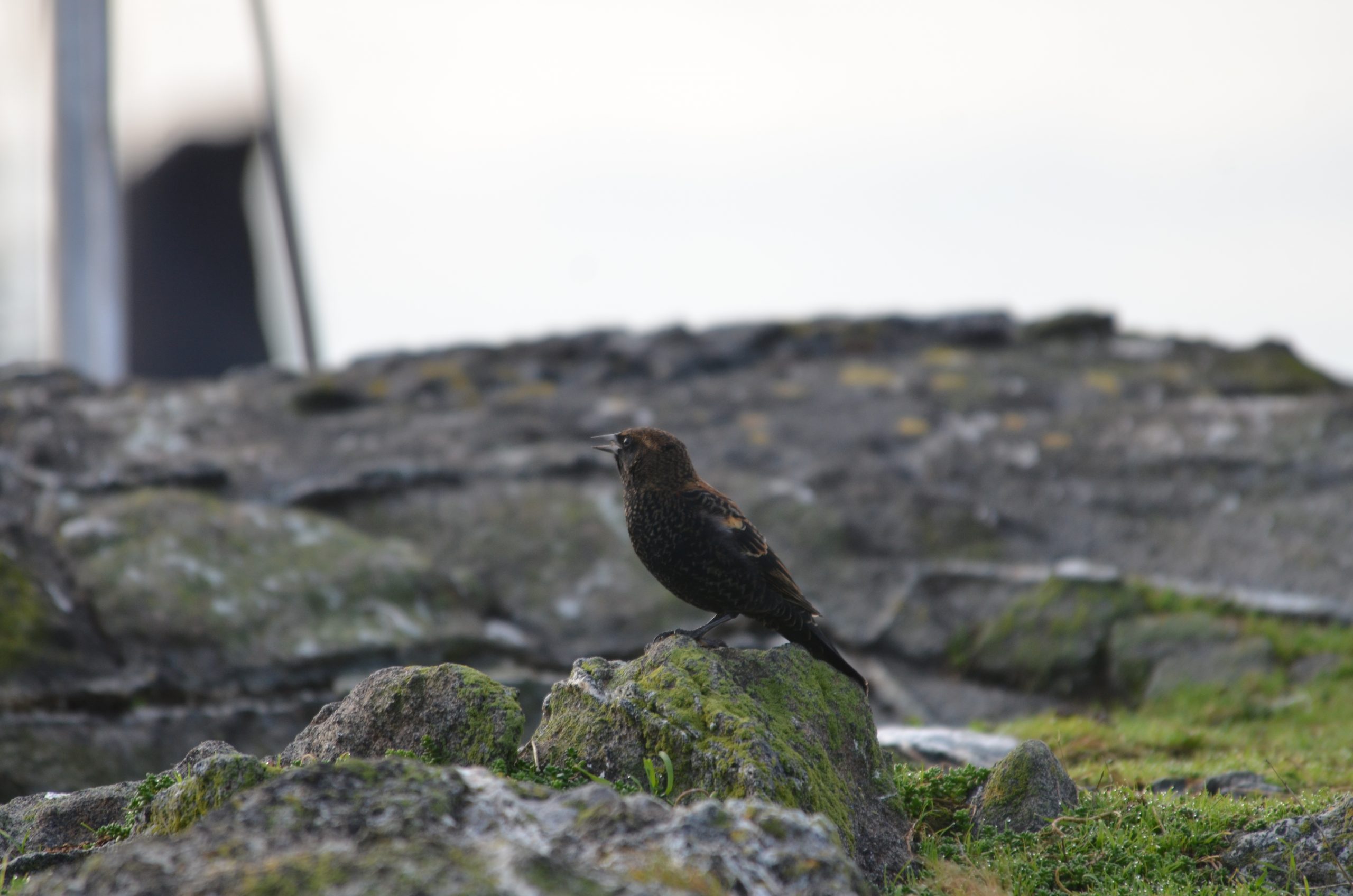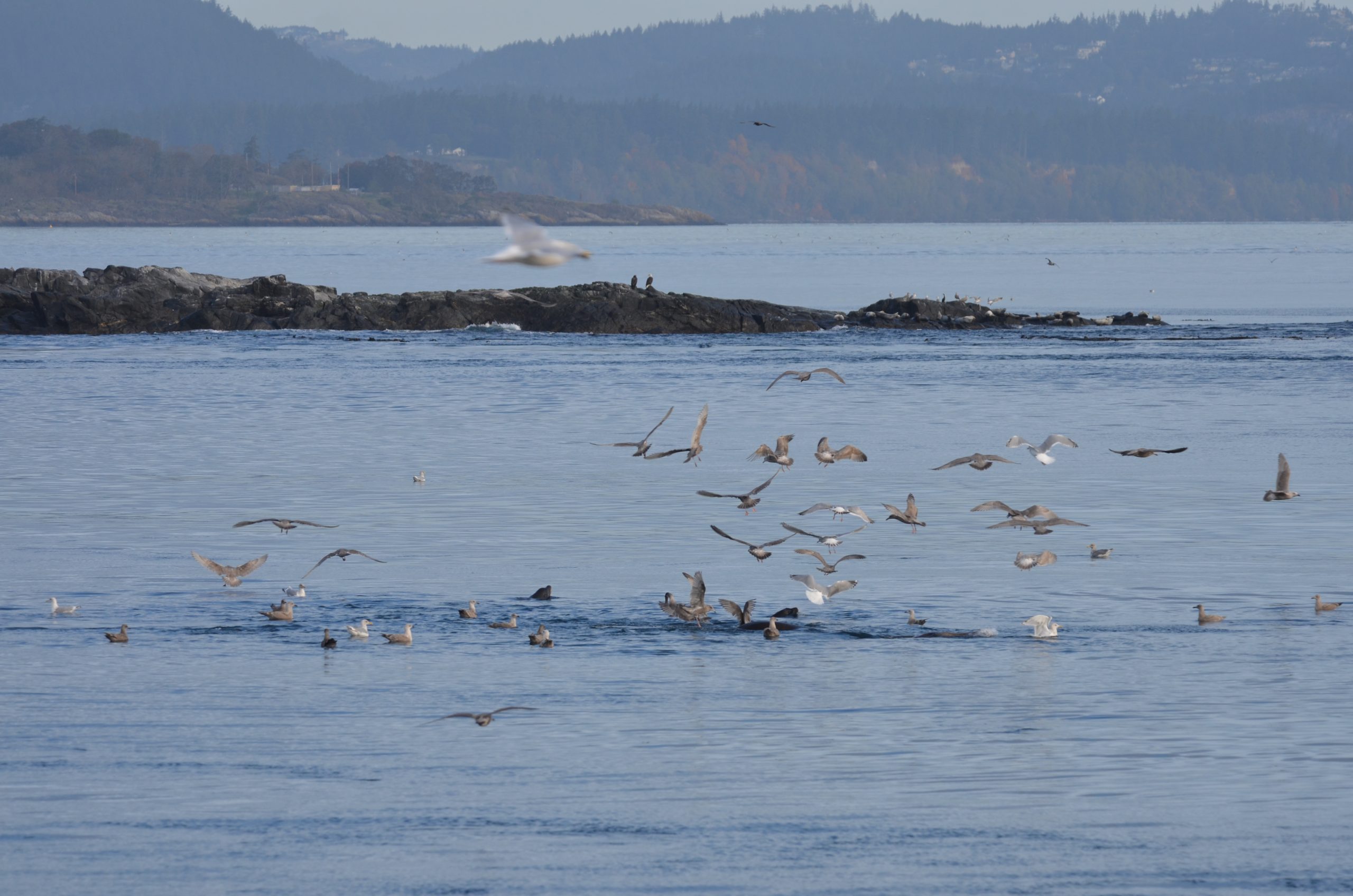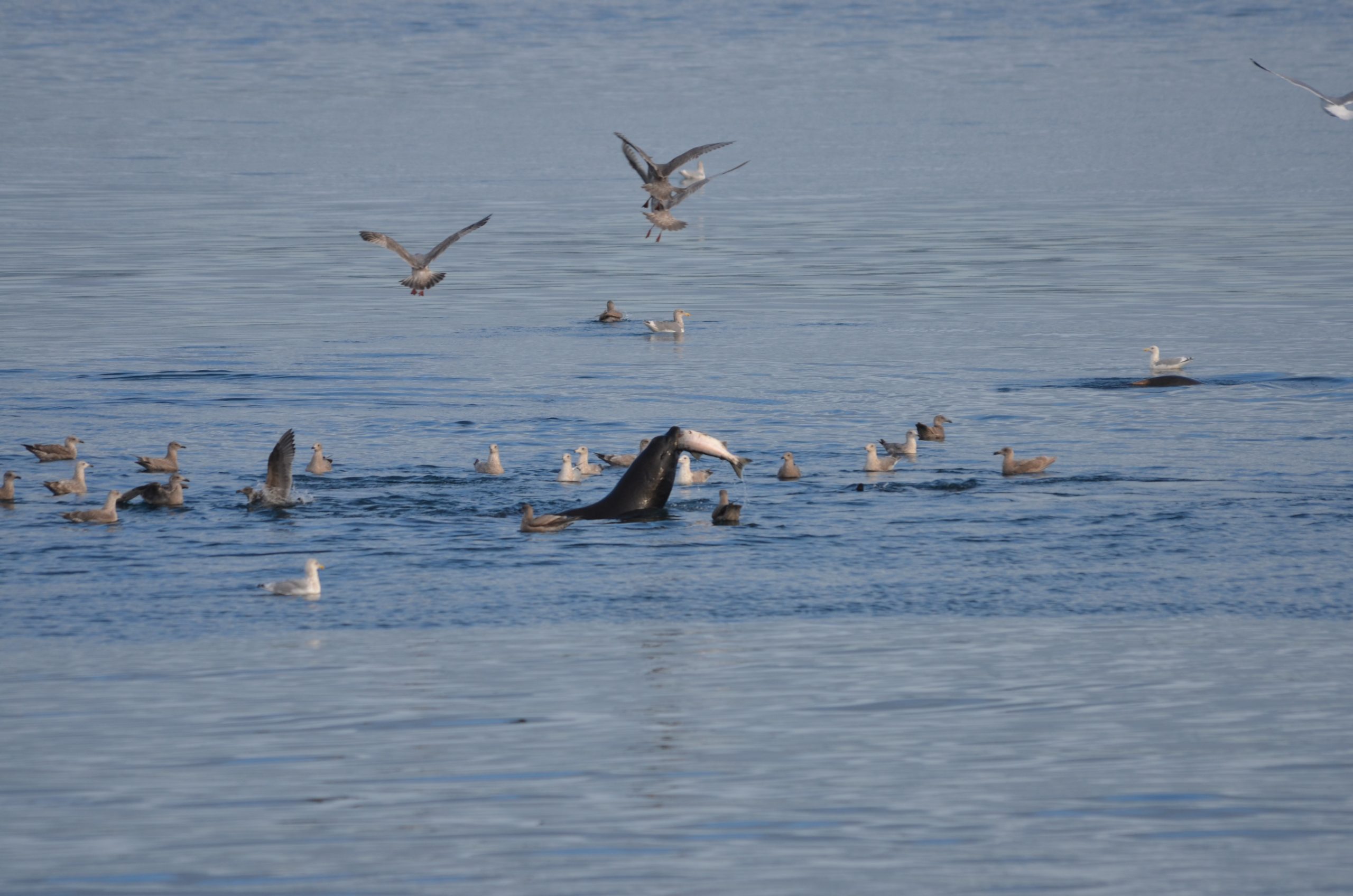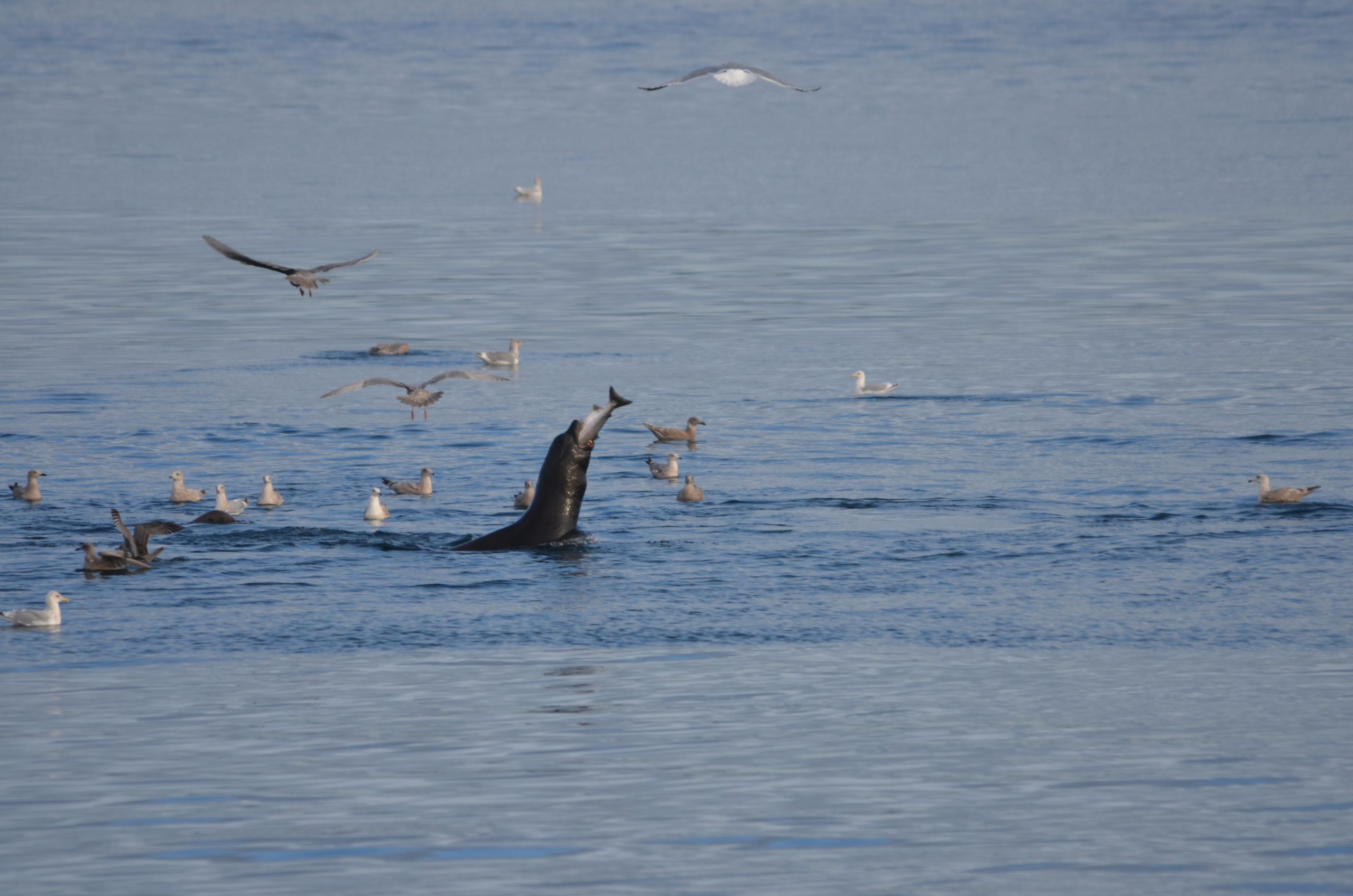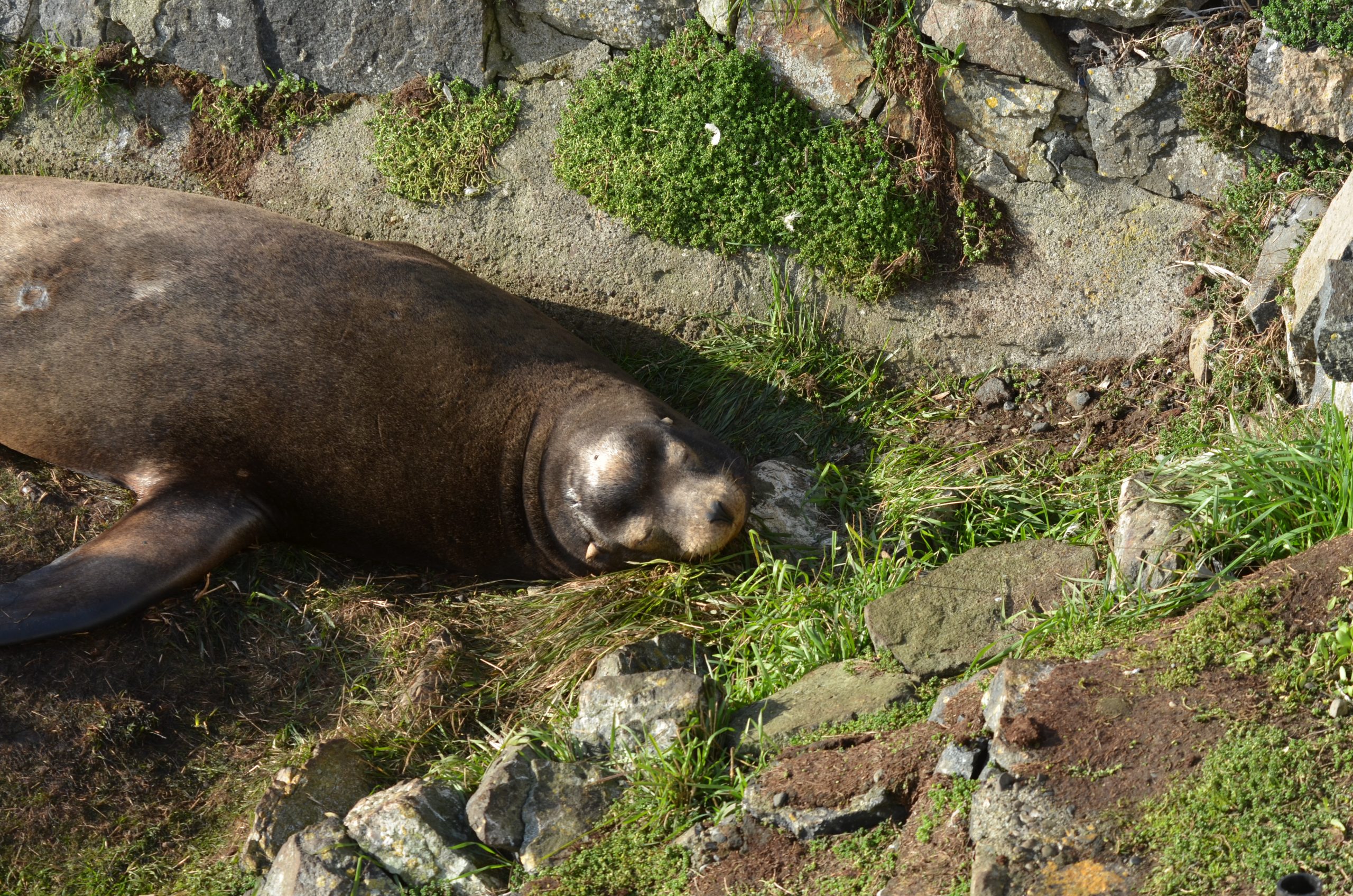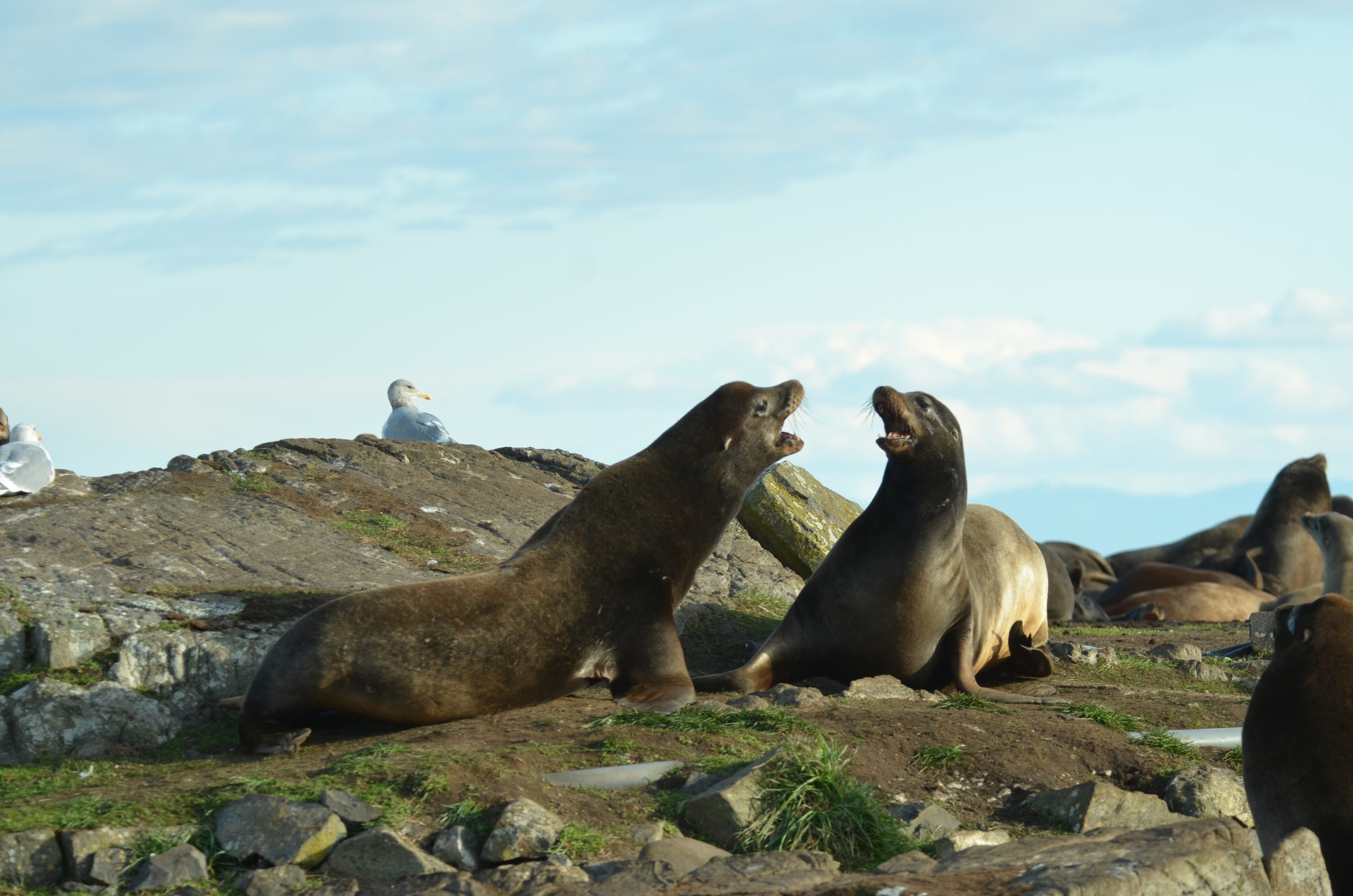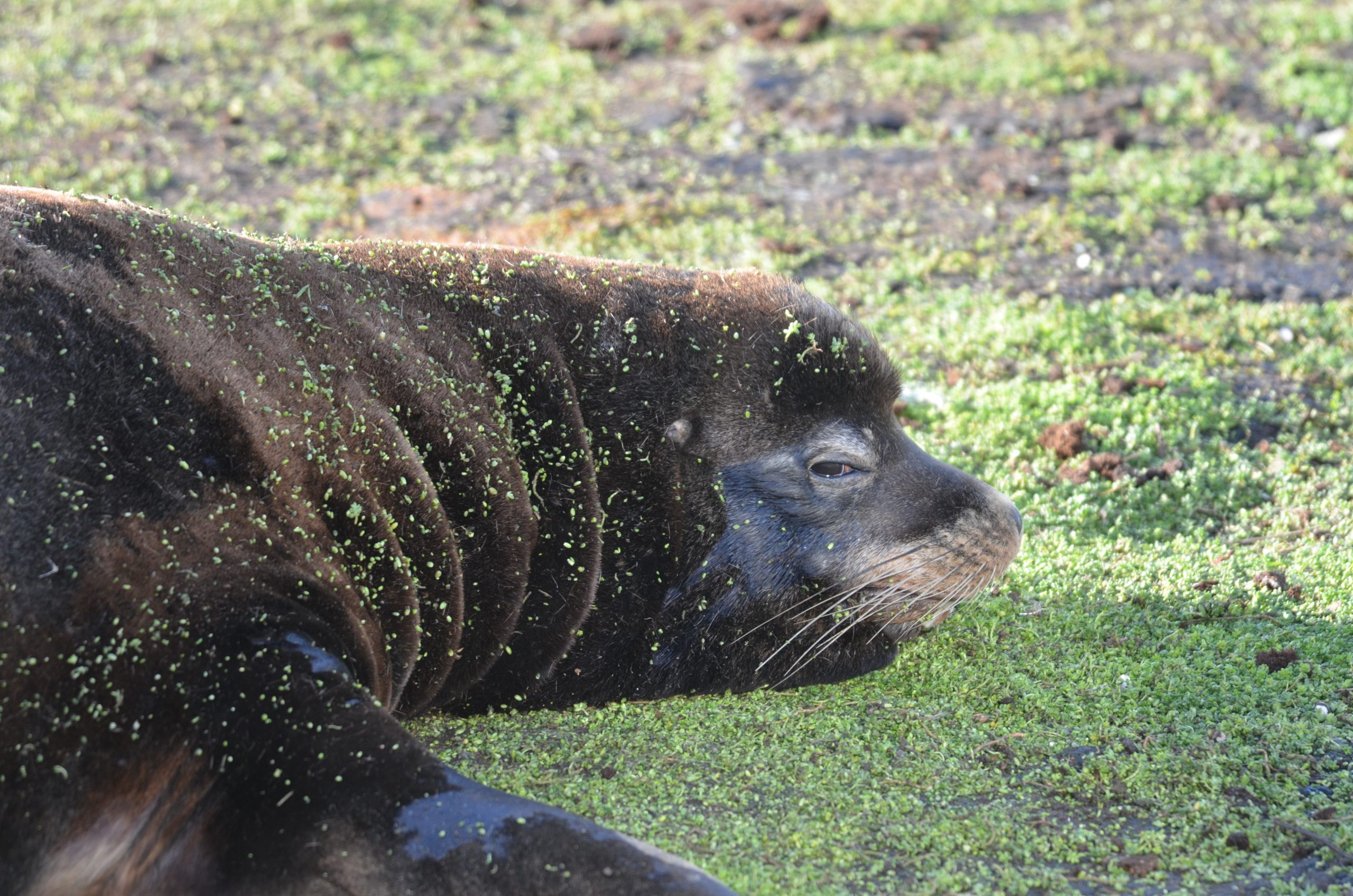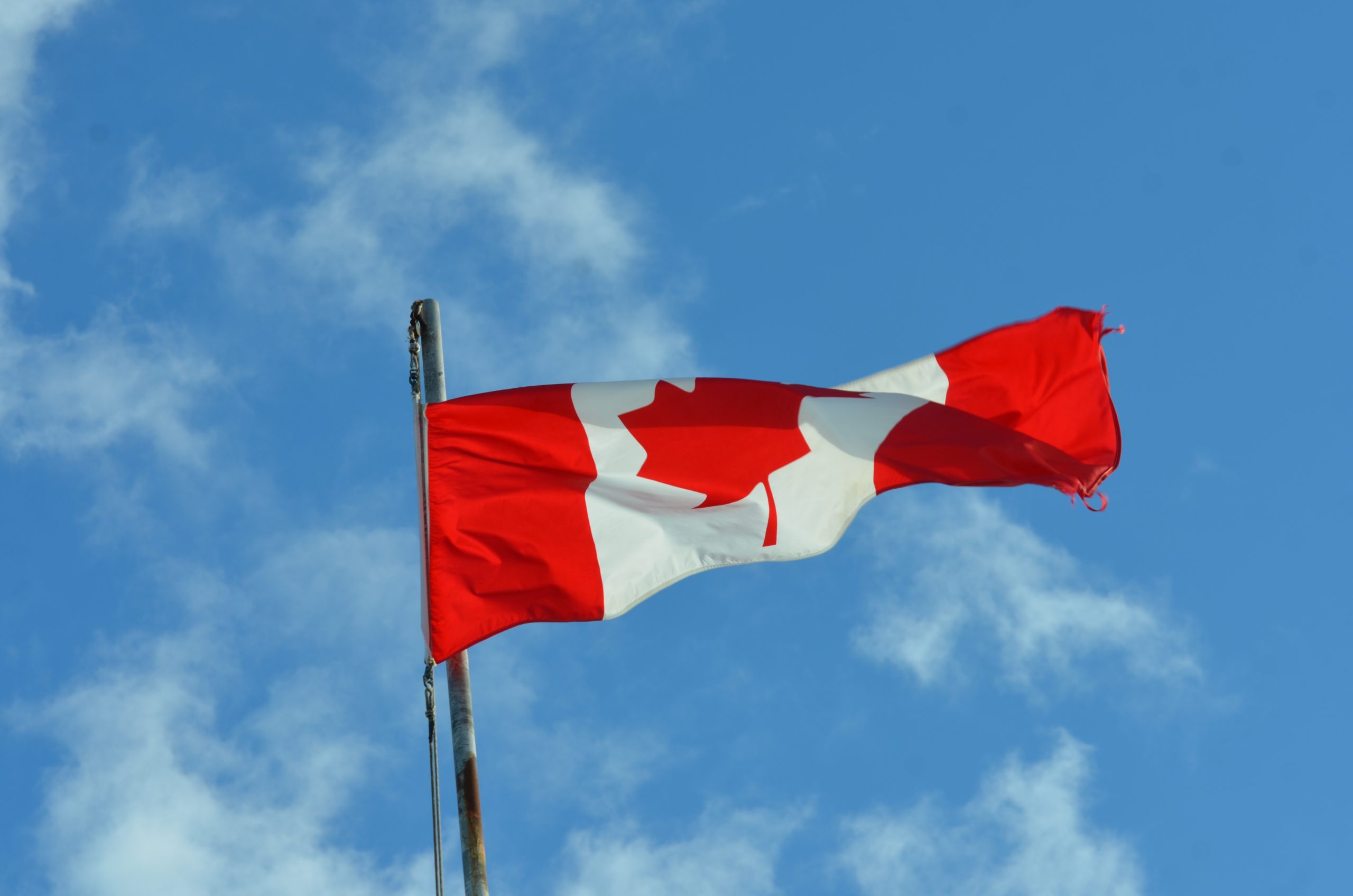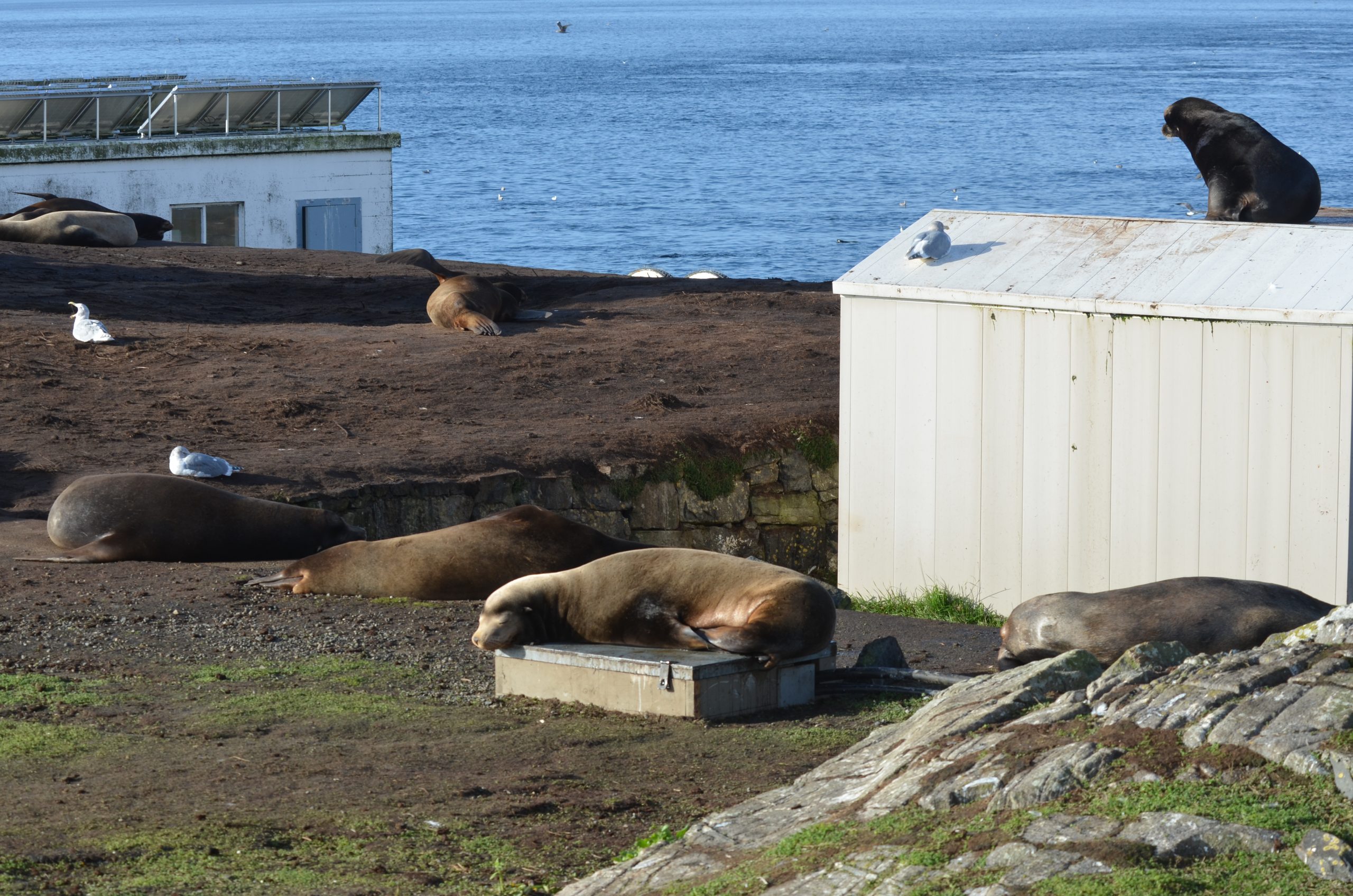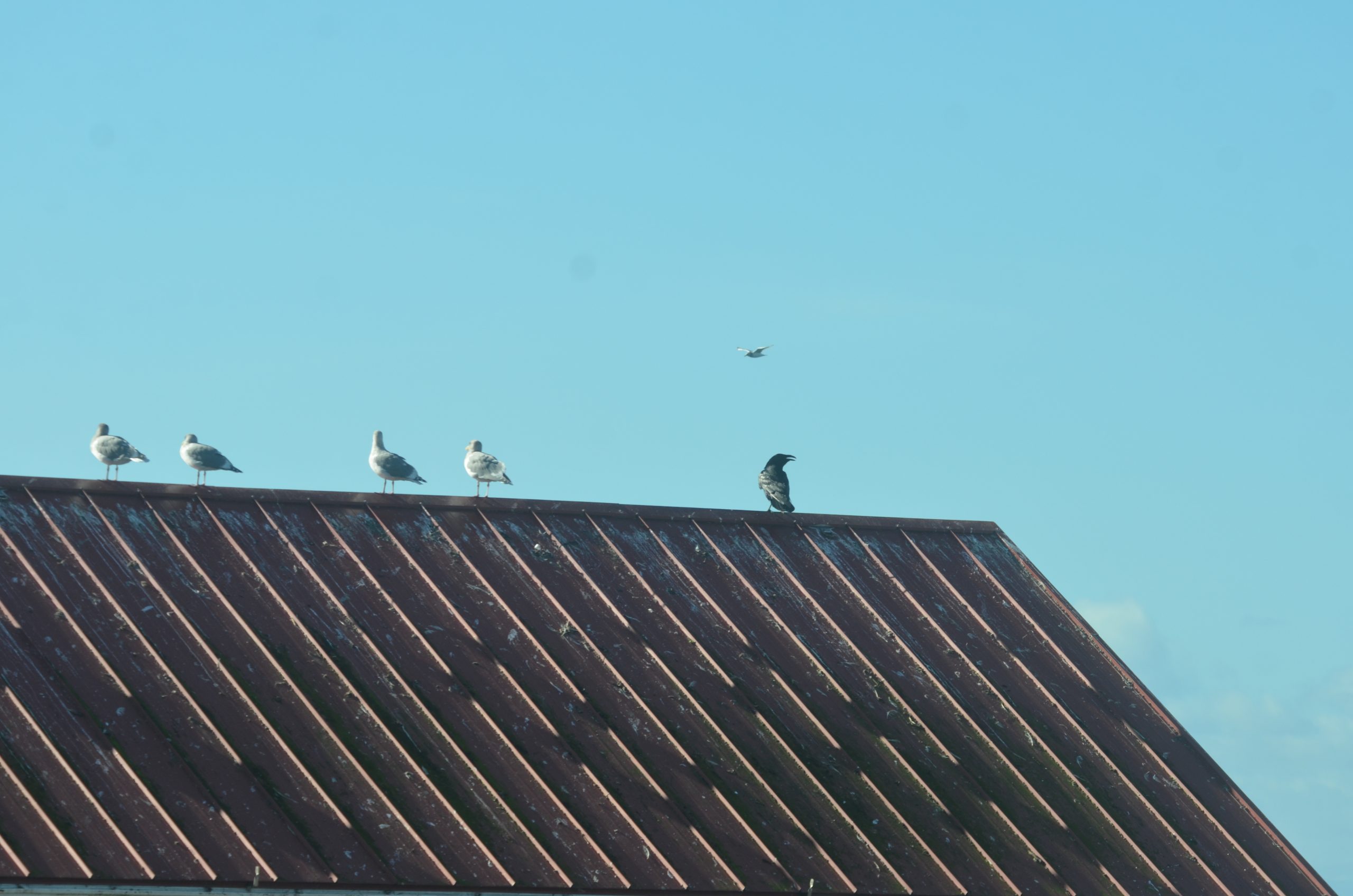Weather for July 11:
Wind: W 11 to 27 knots
Visibility: 15 NM
Sky: Partly Cloudy
Sea: rippled in morning, up to 2′ chop in afternoon
Air temperature: 12-14 C
Weather for July 12:
Wind: W 18 to 35 knots
Visibility: 10 to 15 NM
Sky: Cloudy in morning, partly cloudy in afternoon
Sea: 1’ chop in morning, up to 4′ chop in afternoon
Air temperature: 11-15 C
Weather for July 13:
Wind: W 16 to 33 knots
Visibility: 15 NM
Sky: Partly Cloudy
Sea: rippled in morning, up to 2′ chop in afternoon
Air temperature: 11-15 C
DND Blasting:
There was one DND blast at 14:05 on July 12 at nearby Rocky Point.
Visitors:
Greg and Bruce visited this afternoon to deliver 1,400 L of freshwater and a new first aid kit.
Maintenance:
I did the routine tasks of cleaning the solar panels and house windows, topping up the water in the 24 deep cycle batteries, fixing the electric fence, tidying, and maintaining the freshwater system.
Ecological notes:
There have been a lot of humpback whale activity over the past few days to the west, south, and east of Race Rocks. The whale watching boats have been active in the area. From what I hear on the VHF radio, they have been very pleased with the humpback viewing. I have not seen any whales swim through the ecological reserve.
I heard back about the tagged elephant seal, from the researcher at Año Nuevo Natural Reserve, in California. The juvenile seal, tagged H999 and K646, is a male who was born in January 2022. He was previously observed here and reported to the researchers on April 1, 2023. He has been moulting here for at least the past several weeks. He appears to be almost complete the moulting process, so he might be moving on soon to feed in the deep waters.
Weekly Census observed on July 13:
elephant seal: 1 juvenile (tagged H999, K646)
Steller sea lion: 3
harbour seal: 79
bald eagle: 2 adults, 1 juvenile
raven: 1
cormorant: 7
black oystercatcher: 6 adults, 1 chick (that I could spot today)
pigeon guillemot: 148
glaucous-winged gull: 387 adults, 120 chicks
surfbird: 12
killdeer: 4
western sandpiper: 3
barn swallow: 3
Photo highlights from the past three days:
- Humpback whale surfaces close to a whale watching boat. Looking northeast from Race Rocks, Esquilmalt can be seen in the background.
- Whale watchers get a good view of a humpback pectoral fin. Victoria is in the background.
- Humpback whale pectoral fin with Trail Island Lighthouse in the background.
- The ecoguardian house at magic hour, as I came back from the daily seawater sampling. Can you spot the elephant seal in the middle left portion of the photo?
- The solar panels were producing a whopping 6.03 kW at 3:00 yesterday afternoon. The capacity of the solar array is 7 kW.
- Oystercatcher chick and parent on the eastern side of the island. This is the only photo evidence I have of an oystercatcher chick from the past week. I have seen a few more through binoculars.
- Regurgitated lunch for a gull chick
- Harbour seal mother and pup
- A pair of harbour seals hauled out surrounded by a strong current near the South Seal Rocks.
- A lone male Steller sea lion in the evening glow on the South Islands.

